What brings people to Sedona, Arizona in the Southwest of the United States are the majestic red rocks that surround this area. To the Native Americans, the red rocks are sacred, and their allure continues to draw people like a magnet from all over the world year-round. Thanks to John Muir and President Roosevelt much of the land remains undeveloped, so countless generations can enjoy the natural beauty of these Arizona red rocks. Whenever I visit Sedona, I always return with red dirt on my wheels, but I also get something more and unexpected; something you cannot buy in a store. “In nature, we receive far more than we seek” (John Muir), and I experience this every time I come to Sedona and her mystical red rocks.
Over the years, Sedona has grown to be a very popular tourist spot, especially during the spring and fall months, and has expanded Upper Sedona and West Sedona to accommodate all the visitors. From the surface, Sedona looks to have an amusement park-type, touristy feel, but there’s more to it. Focus on what you are interested in, and let your heart guide you. There’s a lot to take in while visiting Sedona, even if you just chill, eat out and enjoy the views. Most locals are incredibly kind and friendly, so ask around if you’re looking for something, and they’ll likely point you in the right direction.
Notes:
- Driving Tip: If you are not familiar, practice driving roundabouts as there are few in Sedona, and you don’t want to be that obvious tourist who unnecessarily stops traffic and enrages locals.
- Red Rock Magic Trolley: Transportation for tours or groups (1 wheelchair accessible trolley).
Sedona Red Rocks Access
Maps to the massive Red Rock Landmarks are available almost everywhere and along roads to them are numerous pathways and trailheads. A fee is required to access most areas in the Red Rock Valley and usually comes in the form of a Red Rock Pass. However, if you are a United States citizen and have a Golden Access Pass issued by the National Park Service, this may be used instead of a Red Rock Pass. Regional parks will still require a fee. Countless off-road tours exist in Sedona, including many involving ATVs and Jeeps, but none have made any specific access modifications to the vehicle or the activity itself. If you can transfer or be lifted, taking a tour may be possible for some, and prepare for an incredibly bumpy ride. Below are the most accessible options to explore Sedona’s Red Rocks.
* Self-Guided Drives
An audible driving tour. takes you around various Red Rocks. Boynton Pass Road off Dry Creek Road, is a very scenic drive, especially at sunset and sunrise. Many unpaved roads lead to red rock sites of interest, some of which require 4-wheel-drive and heavy suspension, but not all.
* Bike Path
Along Highway 89, a smoothly paved bike path runs along the road for over 50 miles from north to south in Sedona. This trail is paved, smooth, and barrier-free with a few hills. It would be a fun trail to hand-cycle on.
* Crescent Moon Ranch at Red Rock Crossing
This is a favorite outdoor area because of the cemented walkway that weaves around it, known as the Oak Creek Trail. This trail is an ideal and easy way to enjoy the outdoors of Sedona and witness some amazing views of Cathedral Rock. Meandering through most of the park is Oak Creek; sometimes it is more like a stream and other times it is like a small river. There is also a large picnic area with shaded and non-shaded picnic tables, along with a wheelchair accessible restroom, and a few designated accessible parking spots.
At this park, it may be possible for some to visit a vortex (1 of 4 main ones). Travel toward the back corner of the park on the paved path toward Cathedral Rock. The Red Rock Crossing Trail to the vortex has barrier-free sections, but there are three crucial areas that some may need assistance getting over. Please note that I found the red rock sediment to be very easy to roll over when dry, but becomes very sandy when wet. The trail runs along a creek, and sometimes a storm can cause flooding and block trail access.
The first area of caution on the Red Rock Crossing Trail is the initial slope of the cemented path to the trailhead because there are a number of small rocks. Another potential barrier on this vortex trail occurs a little further down, where there is a set of small rocks, and was difficult to wheel over in my manual wheelchair. Near the vortex, the last obstacle consists of a set of roots sticking out of the ground. However, despite the obstacles, it was certainly worth the effort to be in the presence of the enormous piece of flat Red Rock, the vortex, in perfect view of Cathedral Rock.
* Bell Rock Pathway + Courthouse Butte Vista
The views of the two buttes and the red rock valley are incredible. The one-way dirt trail is wide, firm, and barrier-free with a slight incline while hiking to the base of Bell Rock from the Bell Rock Pathway Trailhead. Around the base of Bell Rock is pretty level, and then the trail continues for miles in either direction but is inaccessible for most wheelchair hikers. Nonetheless, other adjacent parking lots have trailhead entrances, in which I found I could continue hiking.
The other way to connect to the Bell Rock Pathway is a little up the 179 Highway towards Sedona at the Little Horse Trailhead; I was able to hike quite far and could have kept going, but decided to turn around. Furthermore, the other parking lot is south of the Bell Rock Butte near Oak Creek Village. Limited ADA-accessible parking is available and is usually located near the trailhead and/or the vaulted toilet, which is accessible.
* Palatki, Honanki, and V Bar V National Heritage Site
3 National Heritage sites exist around Sedona, which feature remnants of the ancient Hopi civilization: Palatki, Honanki, and V Bar V. At each National Heritage Site, a barrier-free trail leads to a point of interest, but most of the area remains inaccessible unless you can scale stairs carved on the sides of rocks. For some, the Palatki Trail may be too rocky and the Honanki Trail too sandy, but we powered through both in our power wheelchairs. Designated accessible parking is available at all three sites and is dirt parking lots. An accessible vaulted toilet is at the Palatki National Heritage Site parking lot. An accessible flush toilet is at the V Bar V National Heritage Site, and there’s an accessible vaulted toilet about halfway along the trail.
The descending ramp at the V Bar V trailhead is a little sandy, which is harder to navigate with a manual wheelchair than one with power, but is certainly doable, and then the trail is much firmer and basically level. The trail is a little less than a mile long, passes through a meadow and trees, accessible vaulted toilet, and ends at a gated, large rock wall covered in petroglyphs from ancient Hopi. Other petroglyphs in the Sedona area are not accessible. The petroglyphs seen at V Bar V are special because a section is astrologically synced and used to guide the Hopi through important phases of life; a fact that the ranger/docent lectures repeatedly while the gated area is open; much of everything else, I heard, was only speculation admitted by the ranger/docent.
* Red Rock State Park
Red Rock State Park requires an entrance fee to access the area around the Miller Visitor Center, where there are accessible facilities and picnicking. The Kisva Trail is a barrier-free trail that leads from the visitor center, through a meadow and across a creek with views of the surrounding red rocks. The beginning of the trail is paved but becomes packed dirt and rocks after diverging to the right towards the creek. Follow the wheelchair sign marker for the pathway with the least incline. Some hikers may be able to continue the once over the bridge as trails are going off in all directions.
* Amitabha Stupa and Buddha Statue at Peace Park
The Amitabha Stupa and Buddha Statue at Peace Park is located in West Sedona. For the closest access, call the docent to set up (usually at least 24 hours in advance). Surrounded by colored flags and ringing bells, this statue is considered to be the body of the Buddha, and thus sacred. Even getting to the closest spot, one must be able to get out of the vehicle on a dirt hill and get down a moderately rocky hill to the stupa. There’s an asphalt pathway around the stupa, but no official accessibility.
* Chapel of the Holy Cross
The Chapel of the Holy Cross is a super popular spiritual Sedona landmark and is often crowded with tourists when there’s not a service. This church is built right into the Red Rock and has breathtaking views of the surrounding valley. Limited handicapped parking is available, and the ramp up to the church itself is steep for a manual wheelchair, so be prepared to receive a push or to make a couple of stops. The church is wheelchair accessible, but the gift shop is not.
* Call of the Canyon
The Call of the Canyon is an area near Oak Creek and Slide Rock State Park on the way to Flagstaff, Arizona, and along the road are a few places to stop to purchase some authentic, hand-made Native American artwork, jewelry, and crafts. The accessible part of the trail itself is incredibly short but does lead over a bridge into the canyon, and some may be able to continue a little further to reach the cabin ruins of a founding pioneer, though the pathway becomes quite soft. Accessible parking and access to a vaulted toilet is available, as well as a picnic area near the trailhead.
* Sunrise Trail
The Sunrise Trail travels along the Soldier Pass Road in the trees with incredible mountain views. A good place to park is at the Sedona Dog Park where there are two accessible spaces, and if you have a canine with you, it’s a must-stop because not only does it include areas for big and small dogs, but there’s also an enclosed wilderness area for dogs to hike and sniff around. People are friendly and you cannot beat the views. Plus, there’s plenty of shade, and I saw a true ADA picnic table here with an extended end. The Sunrise Trail trailhead is just below the parking spaces, and the one-way trail itself runs along the road, is wide and made of a firm dirt surface; some small inclines are along the way. This trail is best around sunrise, hence the name, but sunsets are good too. Not much shade along the actual trail, which can get dusty during the dry months.
* Slide Rock
Slide Rock State Park is also somewhat accessible for wheelchair users. It’s a place where kids are often found playing and sliding on the large, red rock formation; you have to pay to get in, and the areas of most interest are not accessible, but there’s a gift shop. Shops and galleries displaying and selling jewelry, art, and other gifts.
Overlooks
Airport Mesa is a very popular lookout spot right on Airport Road off Highway 89A. This area is particularly beautiful at sunset. Here is also another vortex, but not accessible by wheelchair. More off the tourist path is the Dry Creek Vista. Further along Highway 89, on the edge of town at the Cockscomb Trailhead, is an overlook of a valley in the Coconino National Forest.
Off Highway 179 on the other side of Sedona, the Courthouse Vista overlooks the red rock valley, and the Schnebly Hill Vista there’s an aerial view of a vortex. A rocky slope leads down to the main path near the vortex, hike with precaution, and if you follow the trail you may find a route to get down to the actual vortex, but don’t do it without someone knowing where you are because it’s rocky surface.
Arts, Crafts Shopping + Restaurants
* Tlaquepaque
Tlaquepaque is the artsy shopping center of Sedona and being perfectly flat, it is an ideal attraction for the art-loving wheelchair traveler. The majority of shops located at Tlaquepaque finely display various art pieces ranging from paintings to blown glass, jewelry, sculptures, and windmills. Many of the pieces are from local artists but there are others, including international ones. There is a second floor that one can access via elevators. One can almost get lost meandering through the many nooks and courtyards of Tlaquepaque; in one small corner is even a small church. Directories are available if there’s something specific you are looking for; otherwise, it’s best to explore. The walkways are made up of a variety of cobblestones all for the most part tightly sealed to make the surface as even as possible.
The importance of the Native American culture is present all over Arizona and is particularly sacred in Sedona. Therefore, you will also expect to find art and crafts that have been created by Native Americans as well as pieces from artists that have been inspired by these people. Setup as the decor around Tlaquepaque are statues, like of this young Native American woman or the warrior and travelers shown in the below photos.
If craving something on the healthier side, I would recommend the Secret Garden if hungry for quality ingredients. Indoor and outdoor seating is also available and everything on the menu looked delicious including soups, salads, and sandwiches. There was also a fine selection of teas and coffees and pastries. Other places to dine at Tlaquepaque included an Oak Creek Brewery & Grill located on the 2nd level and a Mexican restaurant called El Ricon, both with nice indoor and outdoor seating.
Creekside American Bistro also has an outdoor patio and overlooks the creek; this place also has a dog menu. Almost right next door is Creekside Coffee, which serves delicious brews, teas, wine, and beer.
* Uptown Sedona
Uptown Sedona is a shopping area with flat walkways and views of the Red Rocks. Parking rules are strictly enforced, so don’t forget to pay. Sedona is historically known for being the backdrop for some of Hollywood’s most famous Westerns, and in Upper Sedona, there is a Motion Picture Museum, which talks about the hundreds of movies that were filmed in Sedona. The Sedona Art Center in Upper Sedona features works by local artists, including jewelry, fiber arts, and photography, and on the ground floor, there’s an art studio for classes. Sedona is a HUGE artist community.
Though there is a main section, side streets also have equally cute shops to find great keepsakes and more. There are of course plenty of places to eat or get a cup of coffee, many with outdoor seating. You’ll find many souvenir shops, including items made by and inspired by Native Americans, like warrior dolls, but perhaps the popular item is the world-famous t-shirts made with the dye of the Sedona Red Rock called the “Red Dirt Shirt.” Home on the Porch features stuff for the kitchen garden as well as gifts and collectibles. Colorful blown glass vases and jewelry are displayed in a couple of places. Crystals and gemstones of all kinds and sizes can also be found for purchase. There are many Western-inspired shops, including clothing too, like the Cowboy Corral.
There are a number of places to choose from when it comes to food. The Black Cow Cafe serves homemade ice cream but one can also take a seat at the coffee bar and enjoy a fresh baked pastry with a cup of joe. Another sweet treat favorite is the Sedona Fudge Company, slicing up fudge since 1887. If looking for a nice meal to sit-down American steakhouse then try the Cowboy Club. Nonetheless, the Cowboy Club serves in their dimly lit dining room or outside on a patio. Thai Palace Uptown is located in Upper Sedona, but off the main tourist road, and has a small patio in front.
* West Sedona
In West Sedona, the all-vegan restaurant, ChocolaTree Organic Eatery, is delicious, even if you’re not a vegan. Mariposa is upscale Latin cuisine with an elegant ambiance and a pricey menu. Red Rock Deli is a good place for sandwiches and is reasonably priced, good cookies too. If looking for live music, try the Rouge Hotel & Spa, which commonly features performers. The International Sedona Film Festival draws a lot of people every year, and most screens are set up in West Sedona.
(NOTE: Just outside of West Sedona, in Cottonwood, is the Verde Valley Medical Center with a hospital and 24-hour ER, just in case something happens and you need medical attention.
Spiritual Sedona
Sedona has drawn many spiritual practitioners, healers, and teachers. Vortexes in Sedona release electromagnetic energy through the earth’s surface. For this reason, and many others, the spiritual are strong in Sedona. Aura, palm, astrology, and physics readings are ways to tap into your guides and provide insights. Various reiki sessions are offered throughout Sedona, in which someone works with you to reset and uplift your personal energy field and system, often working with your chakras. Seminars and classes on holistic healing methods are also offered in Sedona. Here are some places to explore, but there’s more:
- Sedona Creative Life Center
- Center for the New Age
- Peace Place Gift & Reiki Center
Tours
* Stargazing Tour
Sedona is an ideal destination to stargaze because streetlights and other lights are strictly regulated; meaning lights are low and the night sky is bright. The tour provides directions to an incredibly specific location where the rest of the group and tour guide meet. Stargazing is a night owl kind of activity. It’s cold once the sun goes down, so prepare with clothing suited for the weather. Check out this Sedona Stargaze Tour.
* U.F.O Tour
Using military-grade, night-vision goggles, you can compare the difference between planes, satellites, shooting stars, and unidentified flying objects–all of which are very easy to distinguish. Led by extraterrestrial expert and lifetime abductee, Melinda Leslie, the group spends part of the evening hunting for moving objects in the sky and determining their origin.
The location is remote, so everyone is told a meeting spot and follows one another. Once the sun goes down it’s cold, so dress extra warm and bring a blanket–cannot emphasize this enough because most people spend their time in the car being cold. The ground is covered in a thick layer of small rocks, which isn’t easy for a wheelchair user, but everyone is just looking up, not moving around, so it’s still workable. Melinda starts the evening off by explaining what to look for, how to notify the group, etc. Most people are eager to jump right in, but getting the whole explanation comes first, so be patient and respectful. There are about six pairs of night-vision glasses that the group shares, so it’s kind to be mindful. For more information and reservations, visit the website.
Nearby Attractions
* Montezuma Castle + Montezuma Well National Monuments
Located about 40-50 minutes west of Sedona, Arizona, these two national monuments make a great day trip. Driving time between the two is about 20 minutes, and both sites have designated accessible parking. Toilets and a water bottle fill-up station are available at the Montezuma Castle, in addition to the visitor center. Lots of shade and benches are at the Montezuma Castle, and the looped trail pathway is wide and smoothly paved asphalt that takes visitors right to the base of the castle. A one-way portion of the trail at Montezuma’s Well is barrier-free with no shade. From the parking lot, follow the accessible route around the right side; the main route consists of stairs. This barrier-free trail climbs around the base of the well to the top rim, so prepare for an incline, to see views down and inside the well. Handrails are around part of the viewing platform.
* Tuzigoot National Monument
A day trip, 30 minutes west of Sedona, Arizona, and 40 minutes from the Montezuma National Monuments. Barrier-free routes take a visitor all around the monument of an ancient civilization. The pathways are all paved and are wide enough for most wheelchairs. A number of sections are steep, so a power wheelchair with good tires is recommended. A couple of areas I avoided because the cross-slope was too great and there was no railing to prevent tumbling down a hill. Navigate consciously, please.
* Jerome
Jerome is an old mining town with an interesting history, located on the Black Hills of Yavapai County about 40 minutes west of Sedona. Jerome is also known for being a ghost town. Very little access is found in the town, but there is some, and it’s a neat place just to drive through. At the base of Jerome is the Jerome State Historic Park, which is wheelchair accessible and offers great views of the town and valley. There’s also a visitor center that’s accessible, along with parking and bathrooms.
* Wupatki National Monument
Wupatki National Monument is located about an hour north of Sedona, Arizona. Wupatki has designated accessible parking, flush toilets, and a visitor center. A barrier-free, asphalt pathway takes visitors around ancient pueblo structures that were once home to the Navajo, Zuni, Hopi, and other tribes, and leads to the valley floor. Some areas have stairs or may be too steep to pass, but even so, there’s still a lot to see. Handrails or edge protectors are not everywhere, so navigate wisely.
* Grand Canyon National Park
The Grand Canyonofional Park is located 2 hours north of Sedona. This park is world-famous. If you haven’t seen it. Now is your chance. Wheelchair access has been made, so explore what’s possible.
* Kartchner Caverns
Kartchner Caverns State Park: Located 6 hours south of Sedona, and has made modifications for wheelchair access.

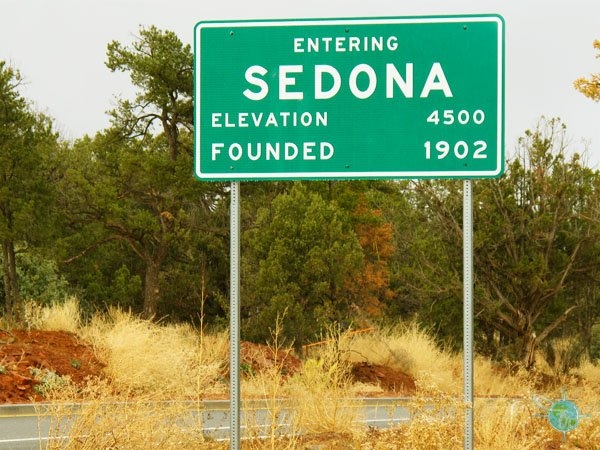
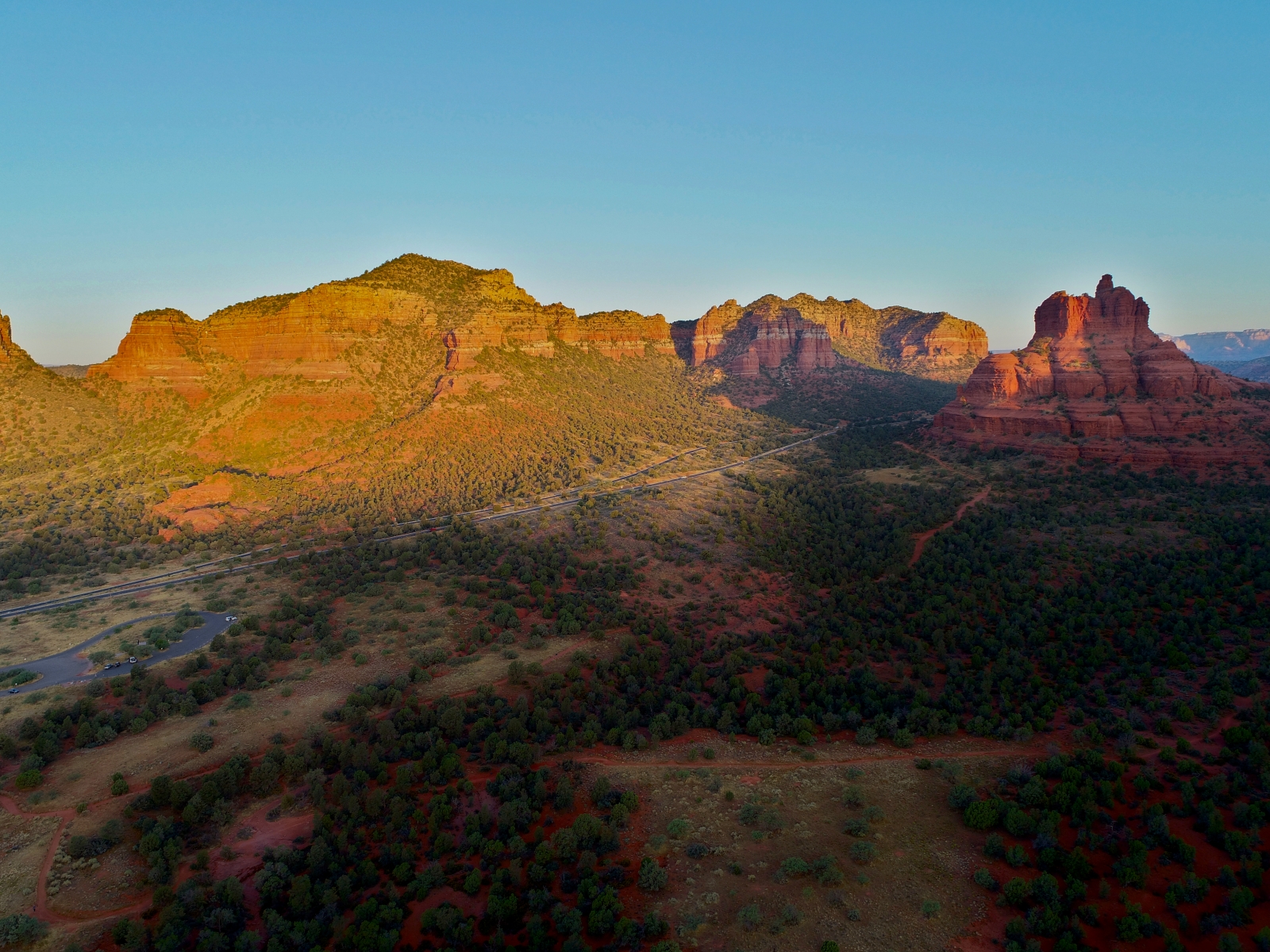
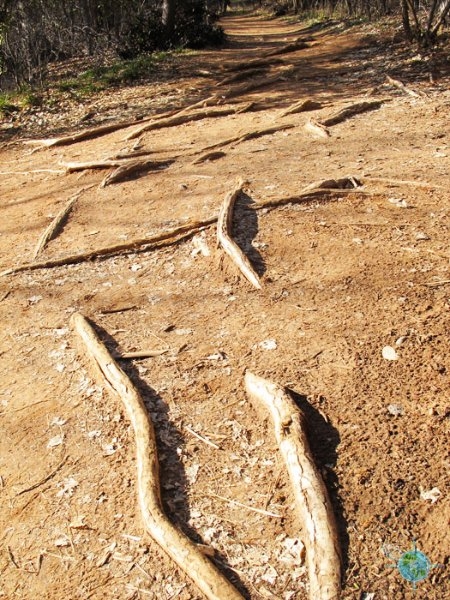
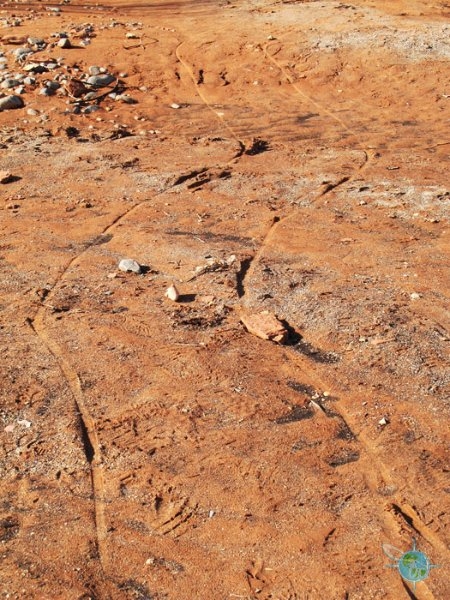
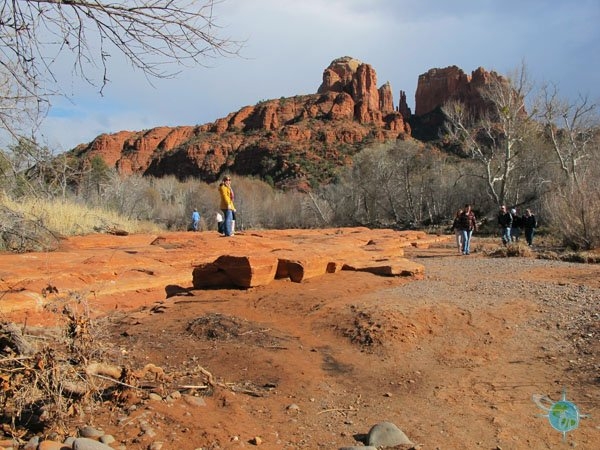
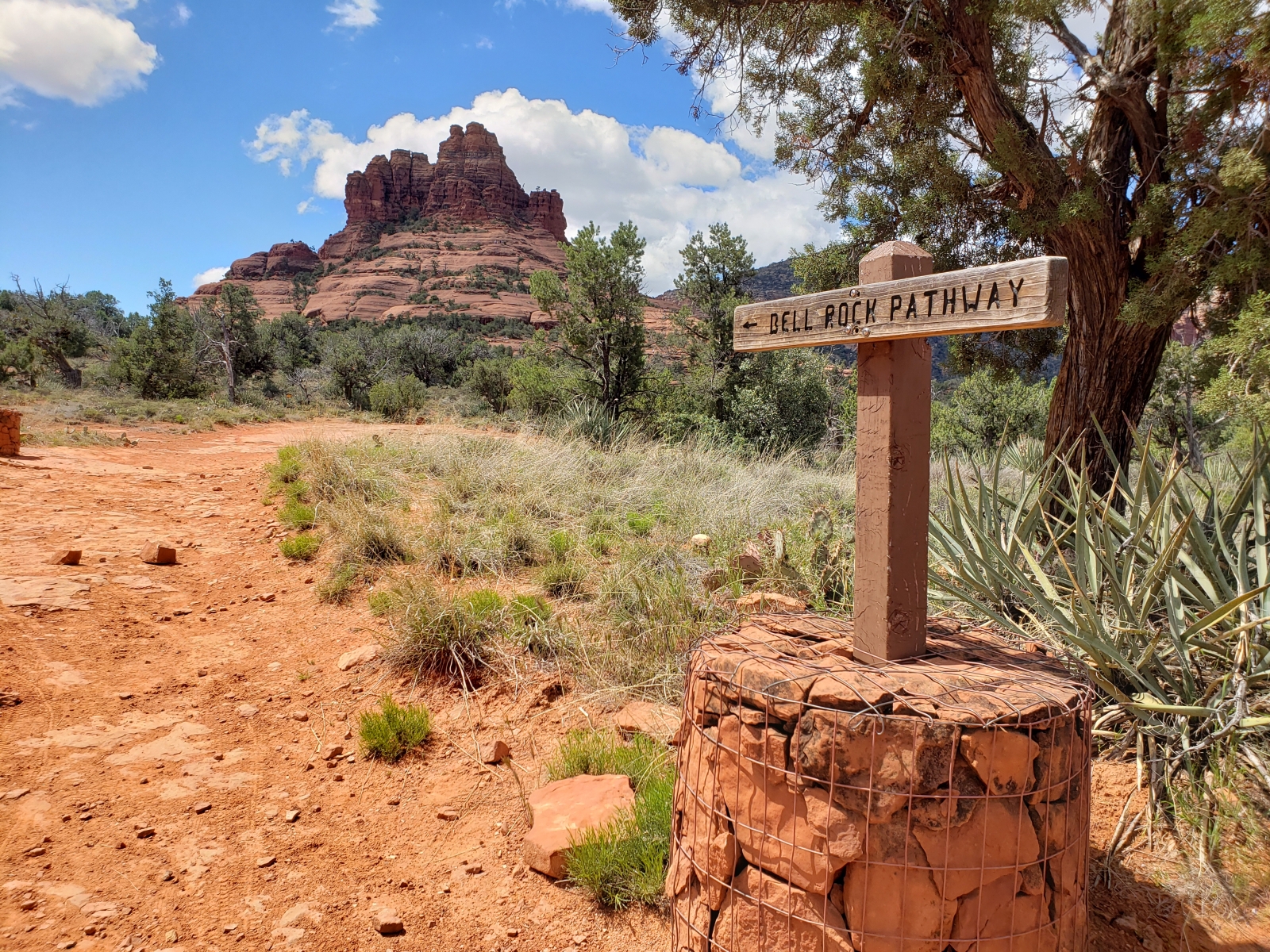
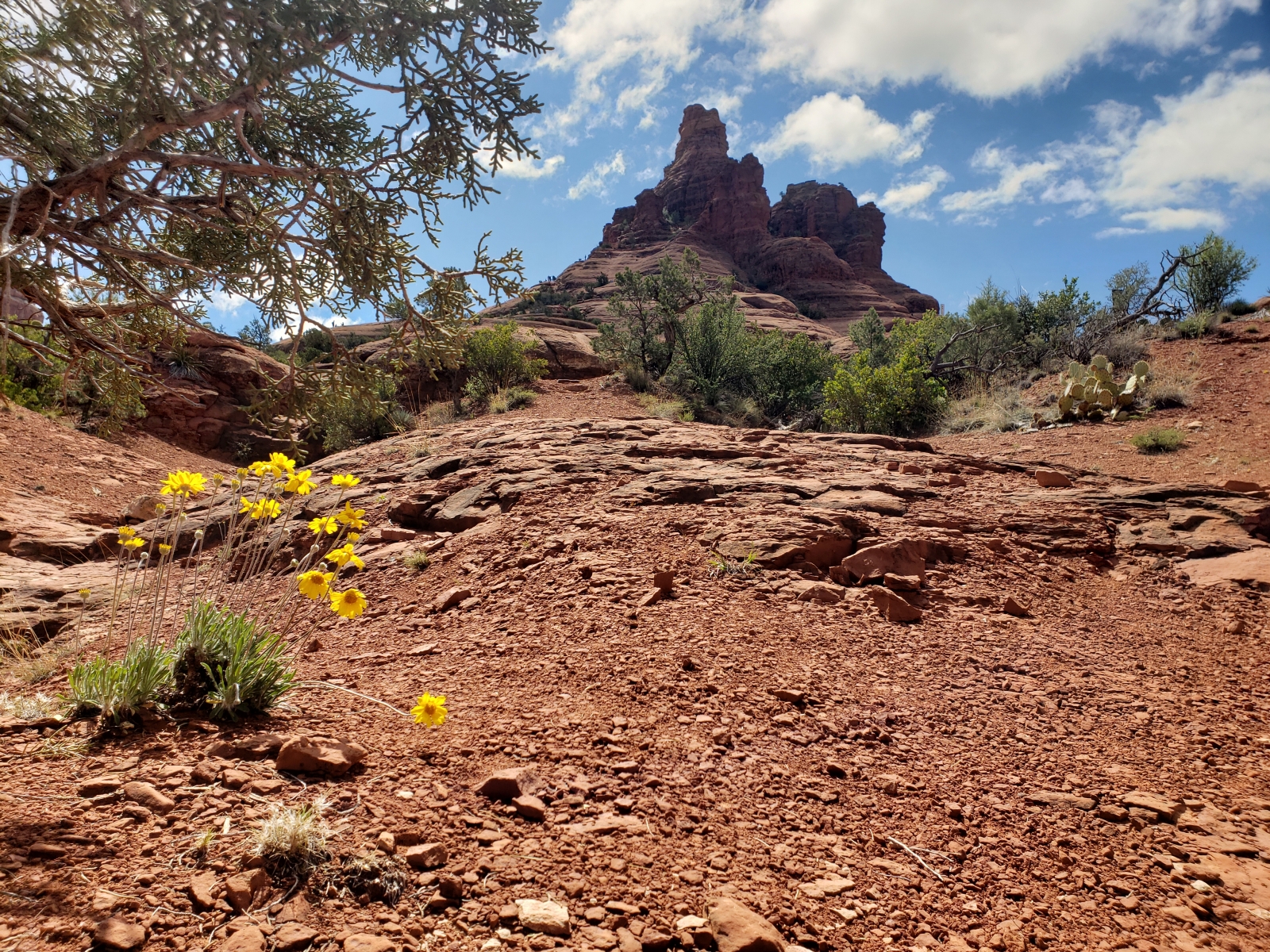
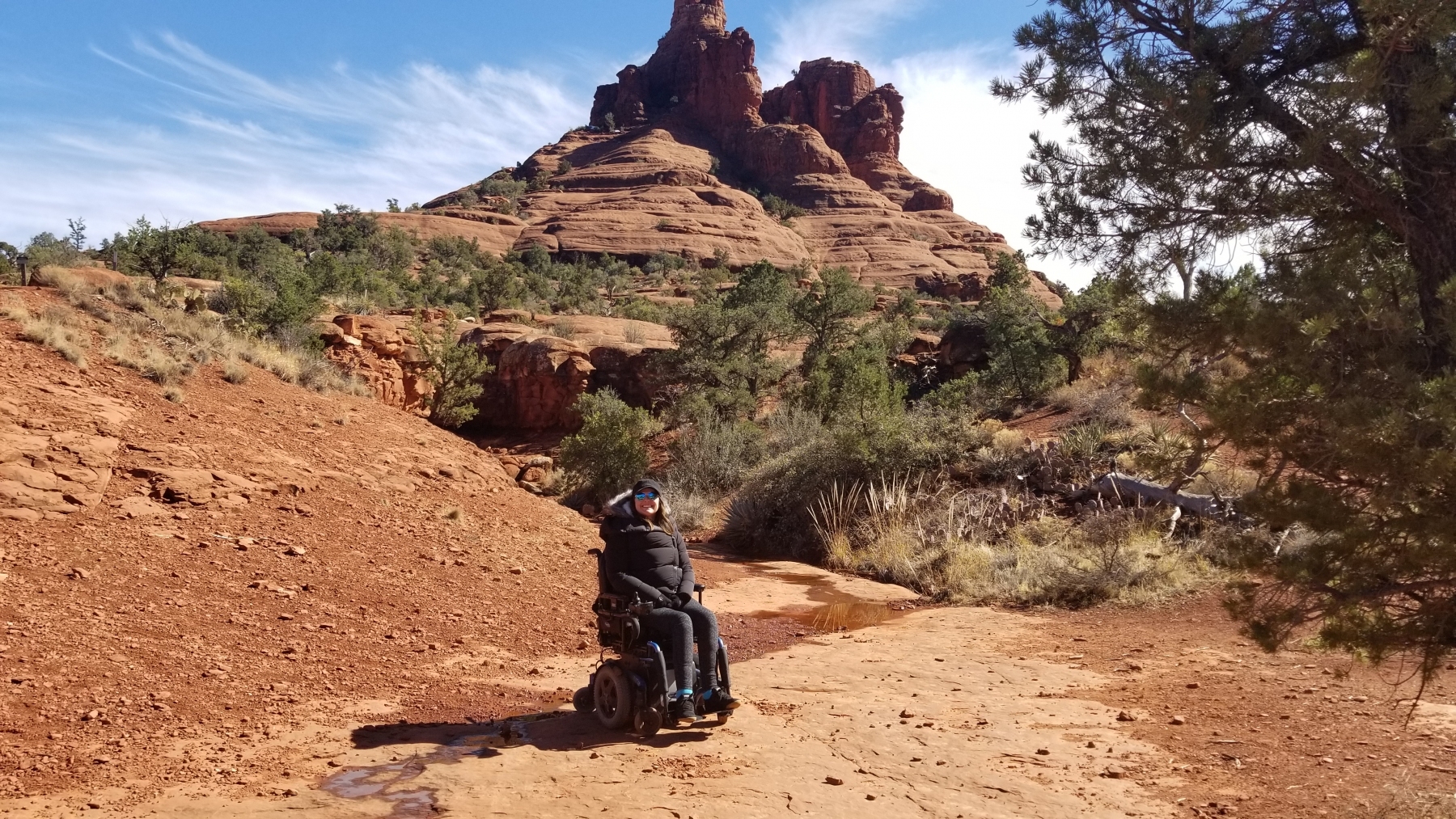
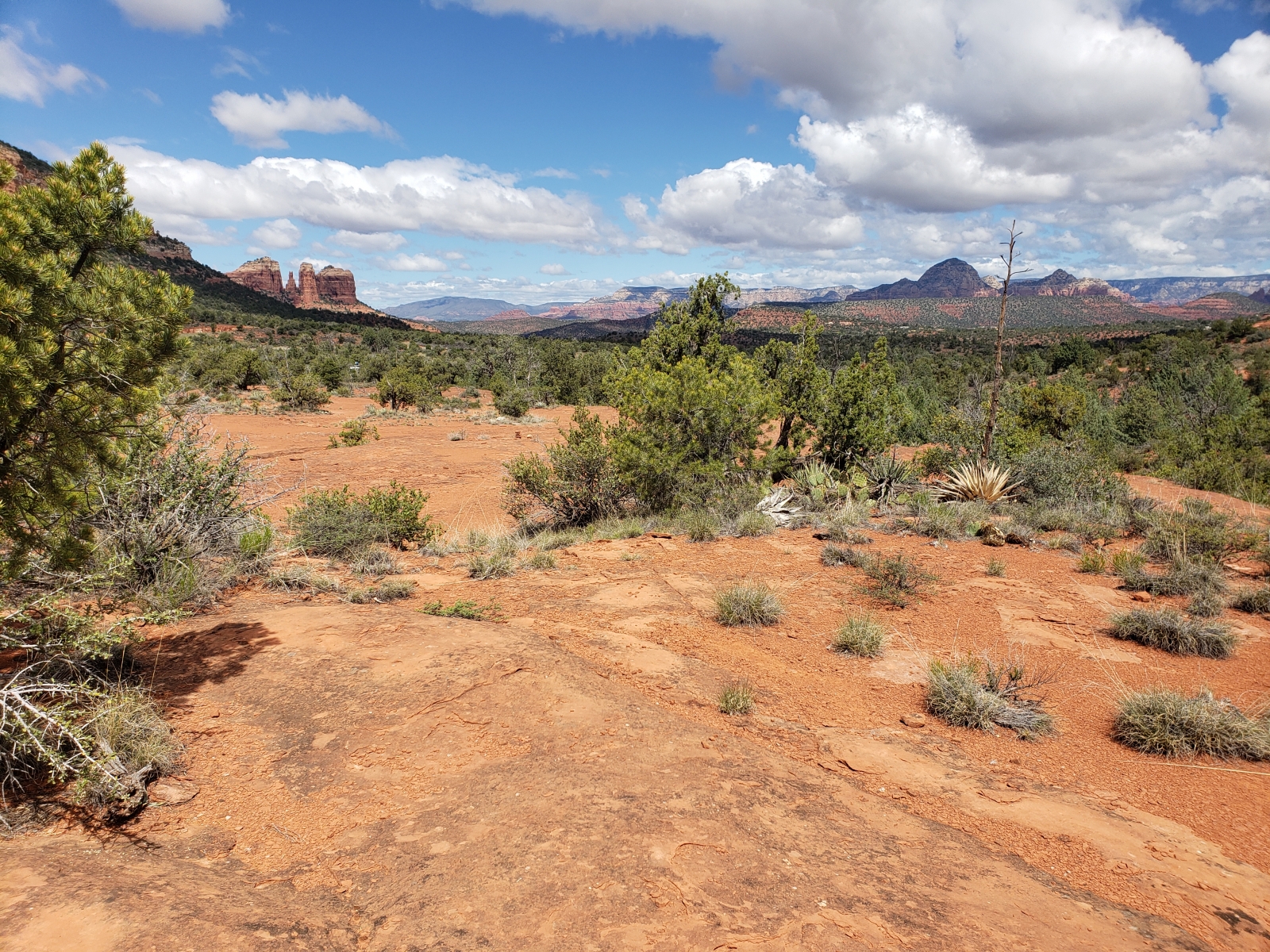
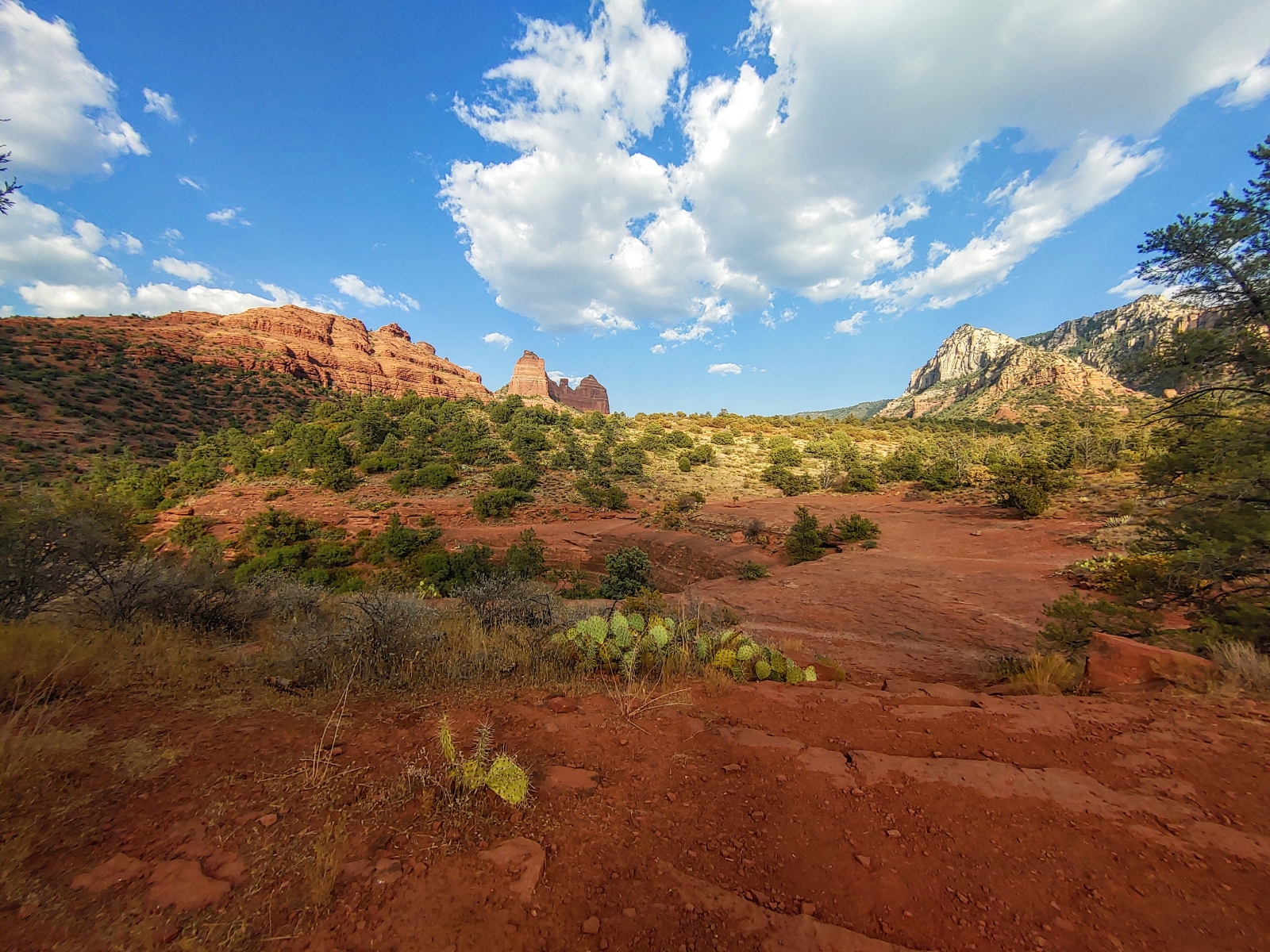
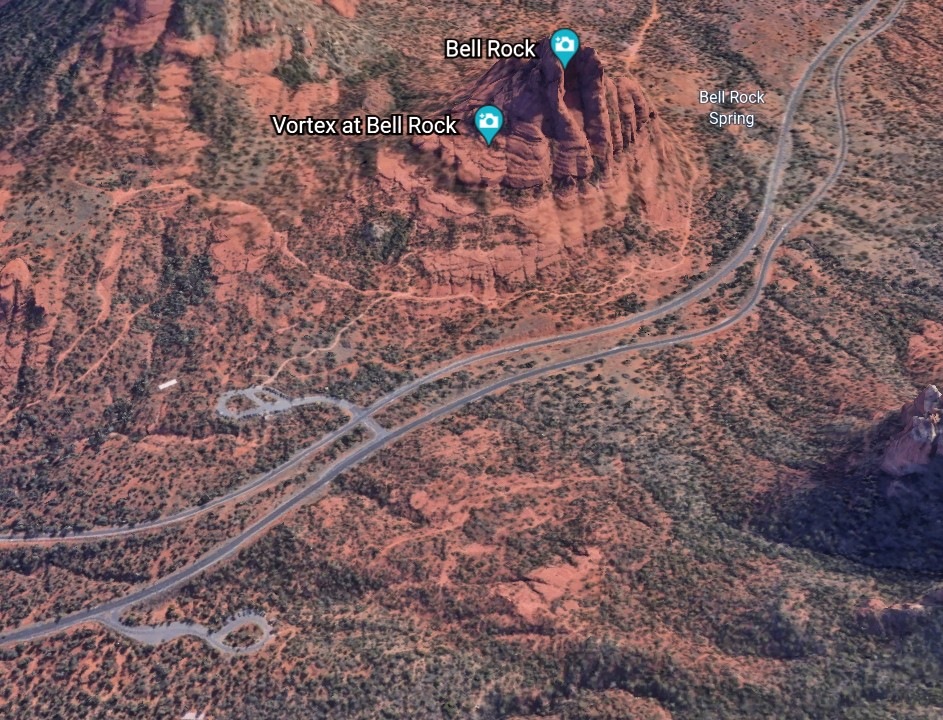
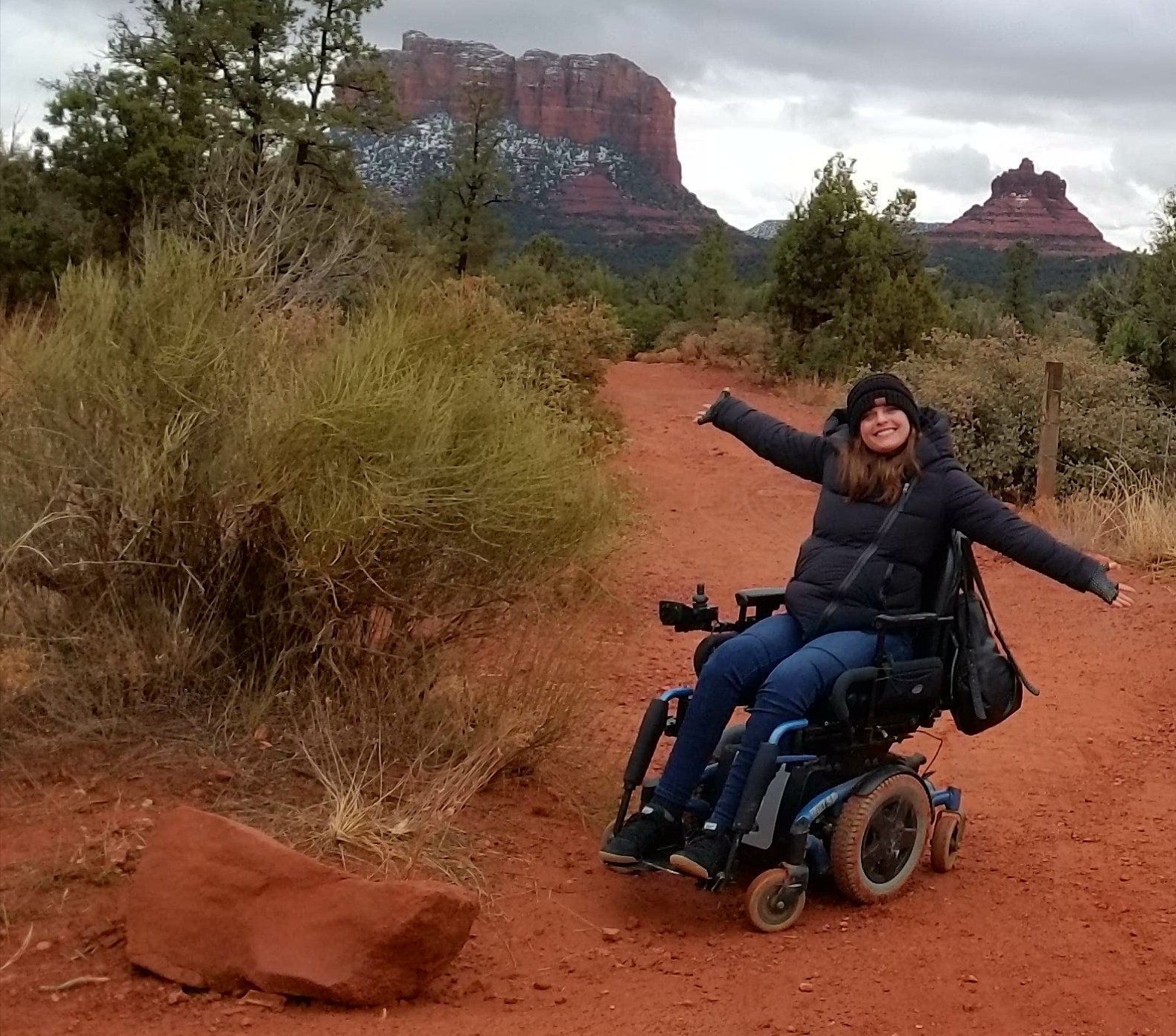
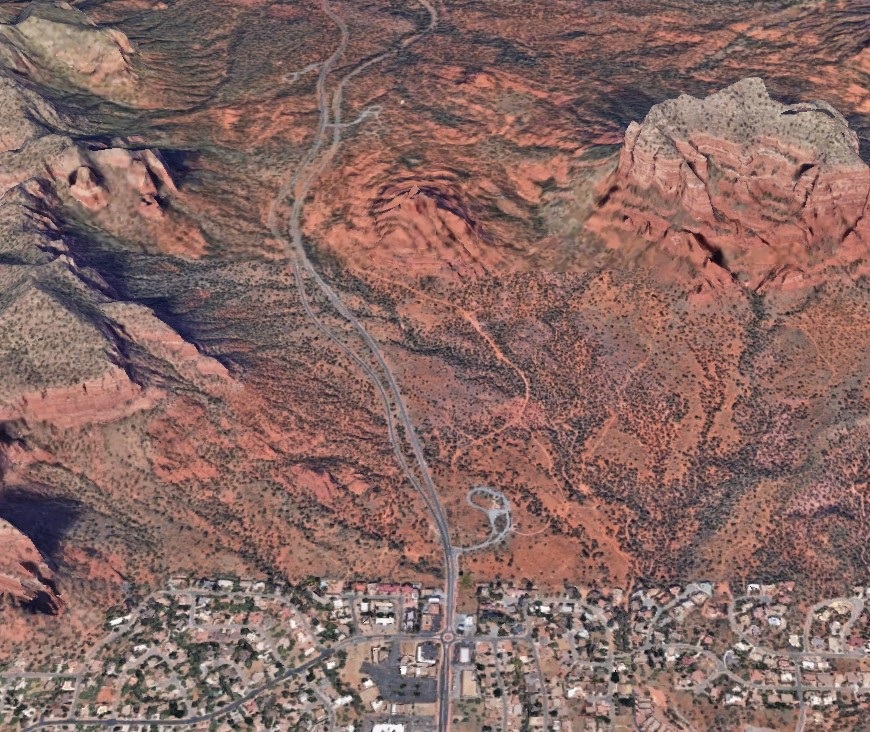
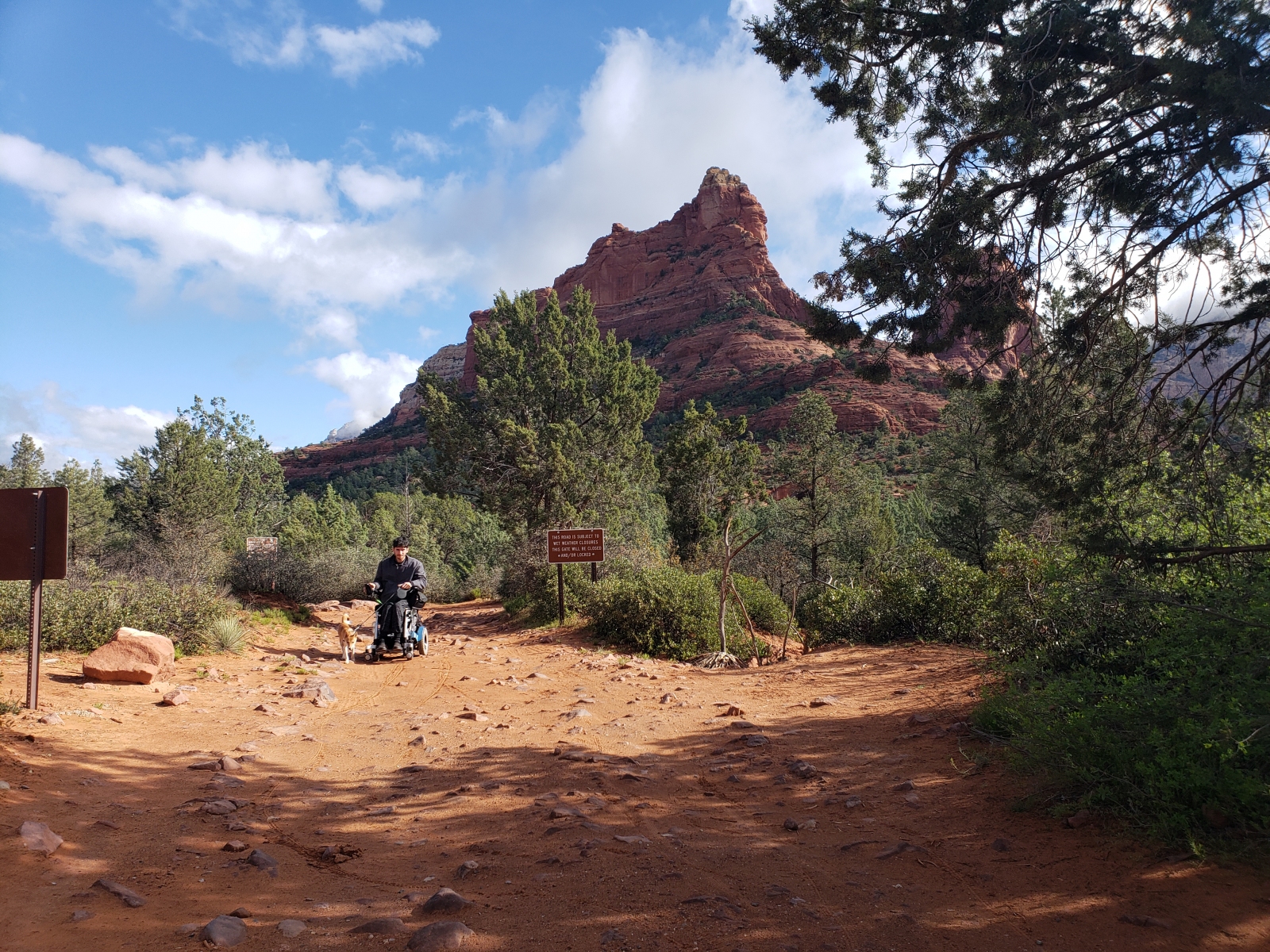

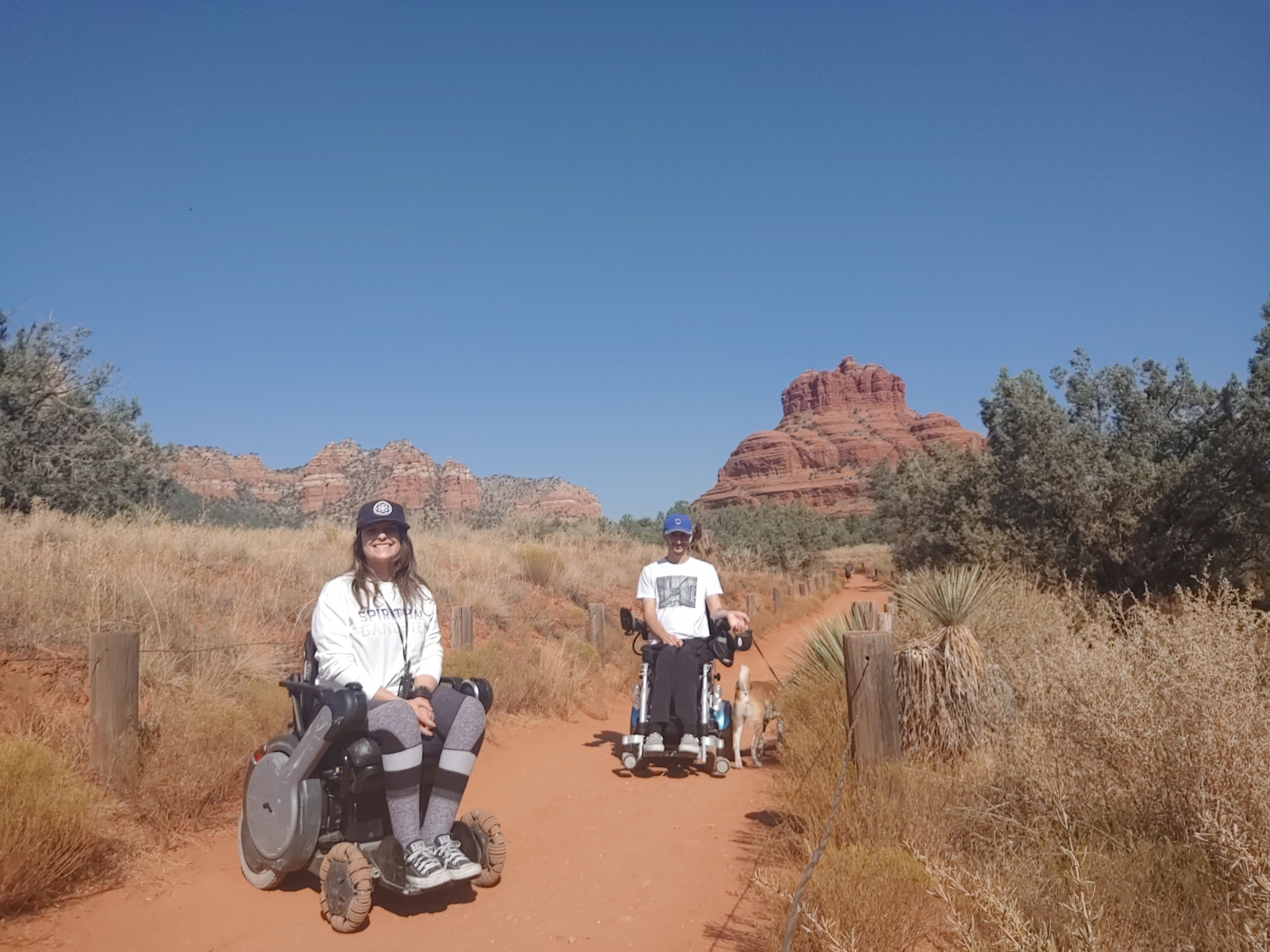
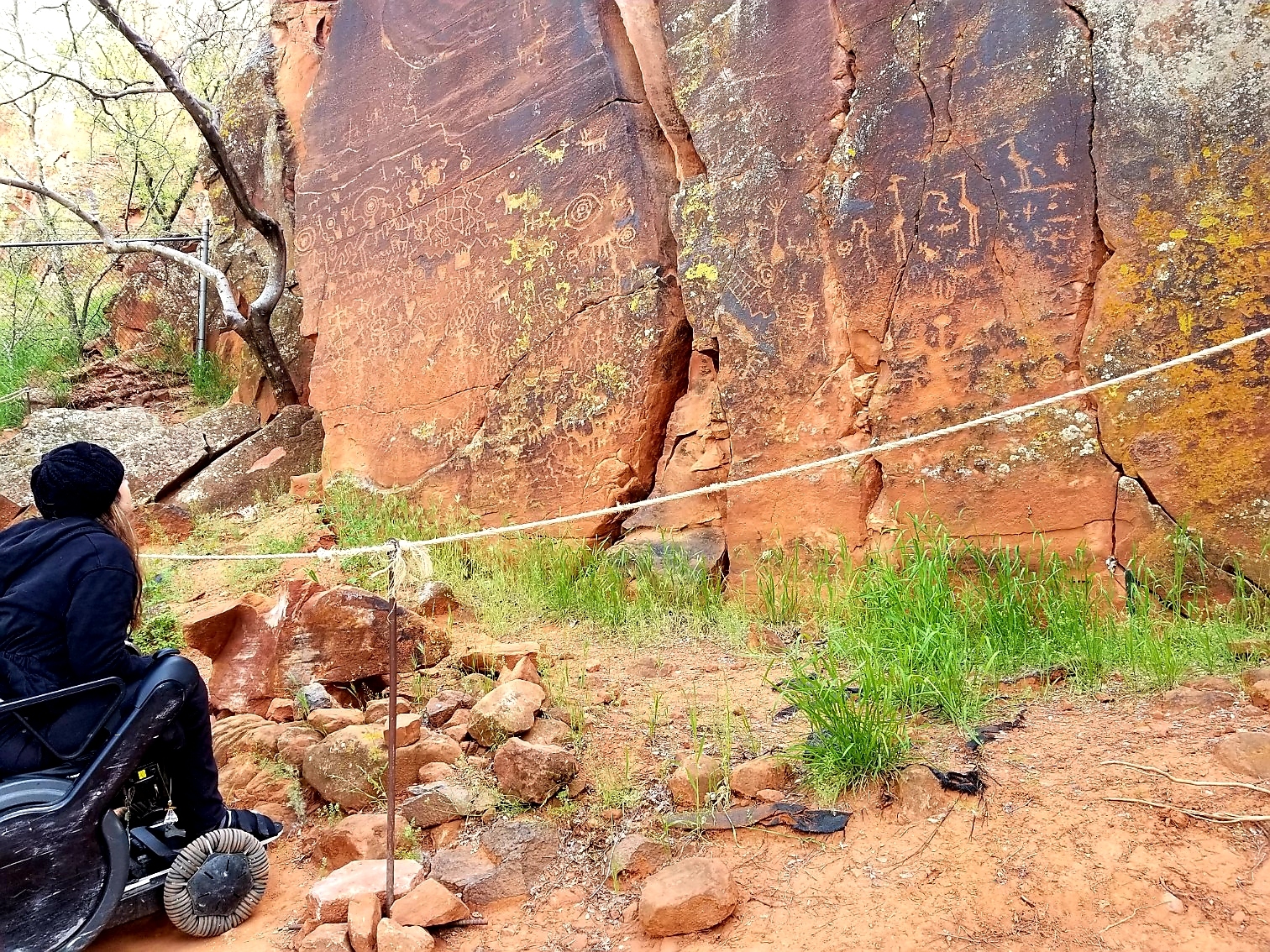
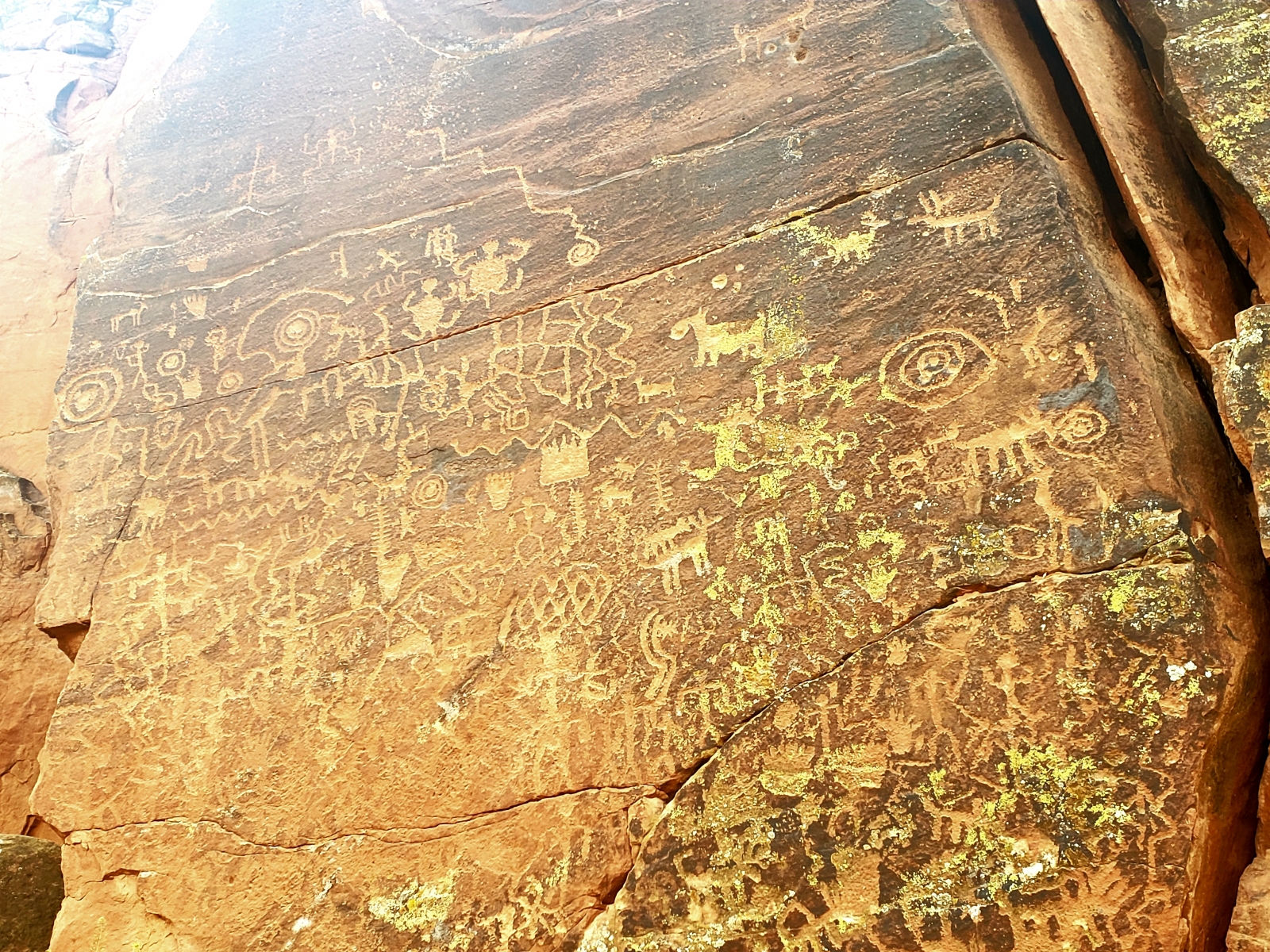

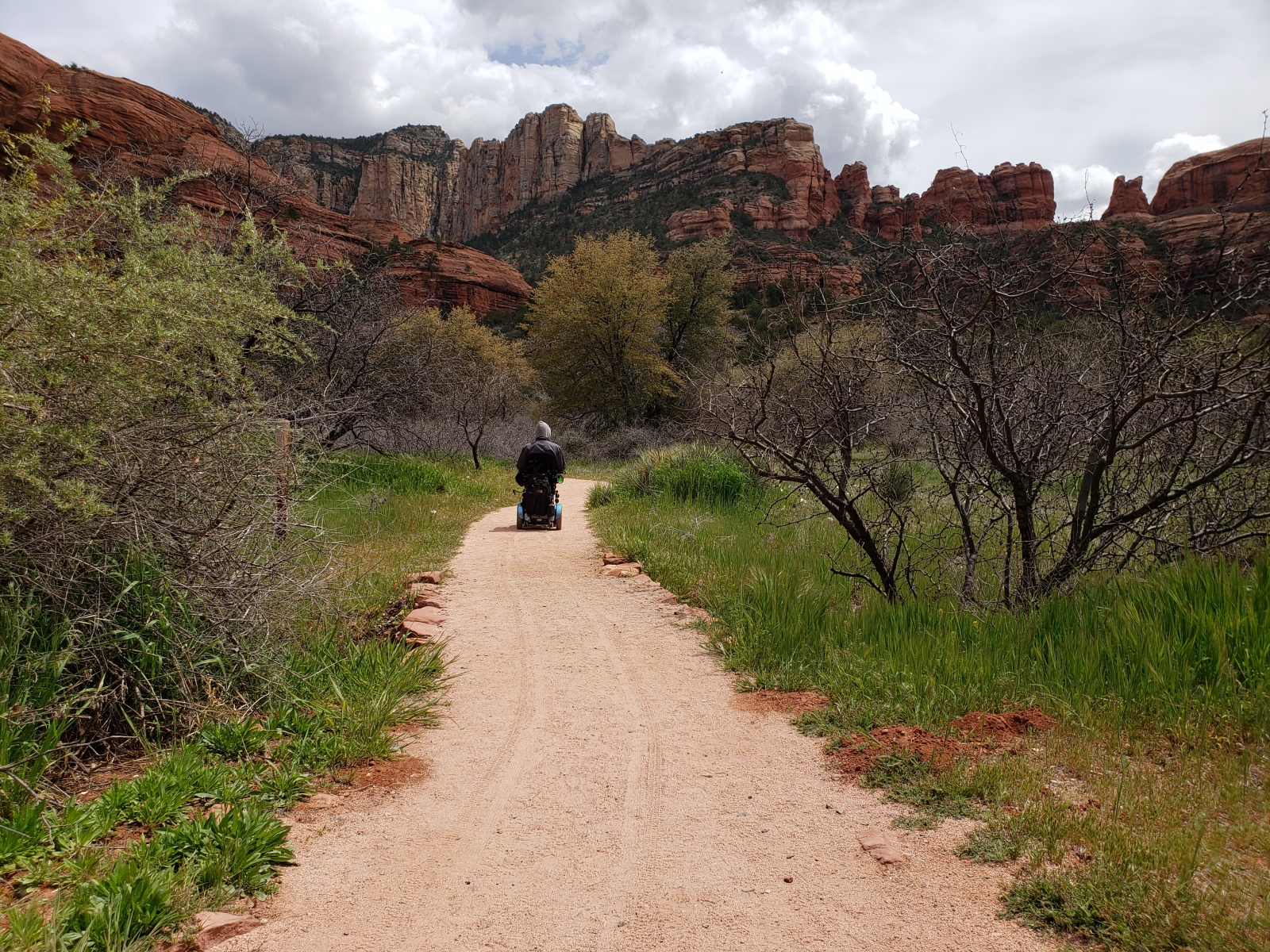
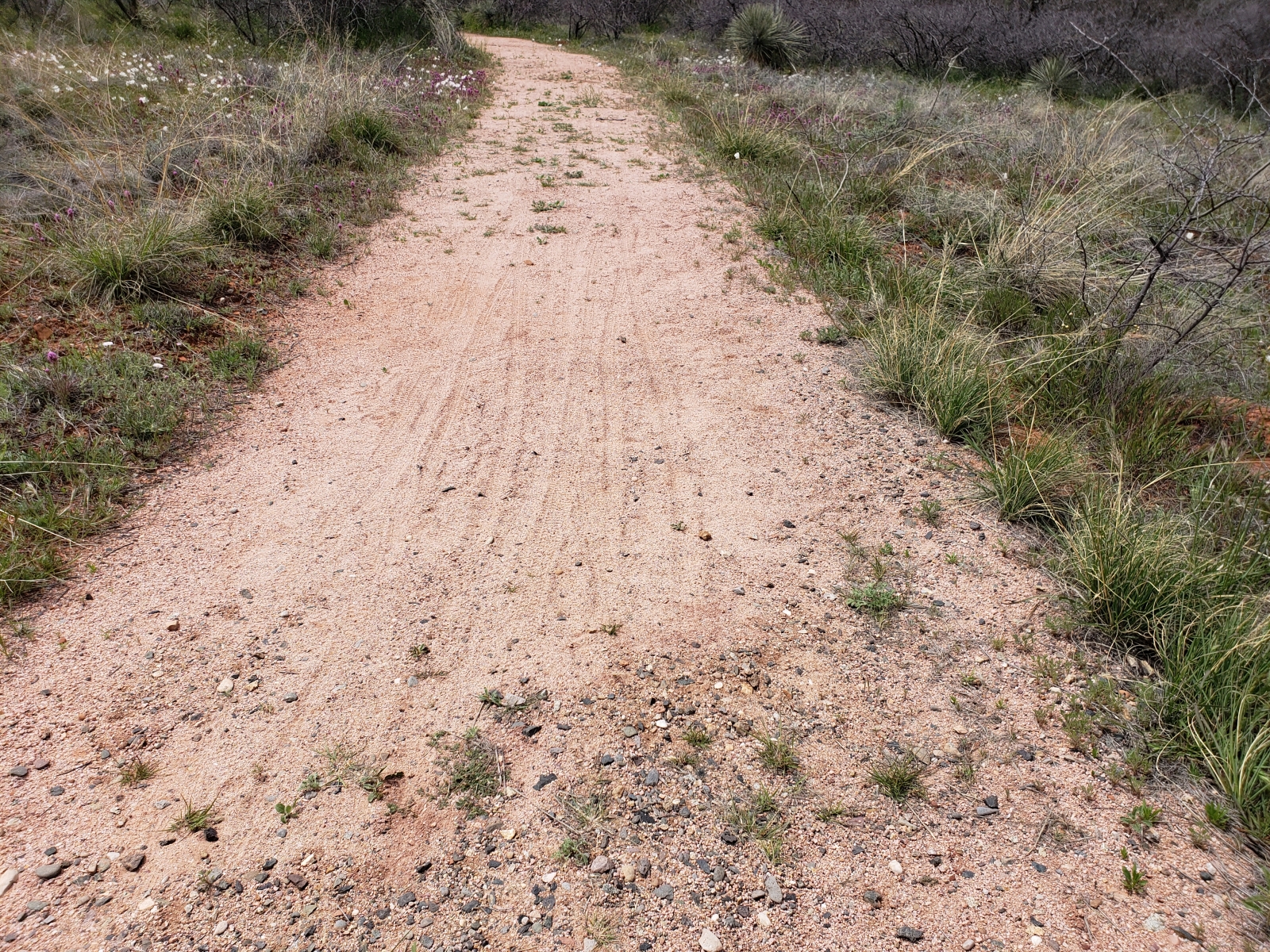
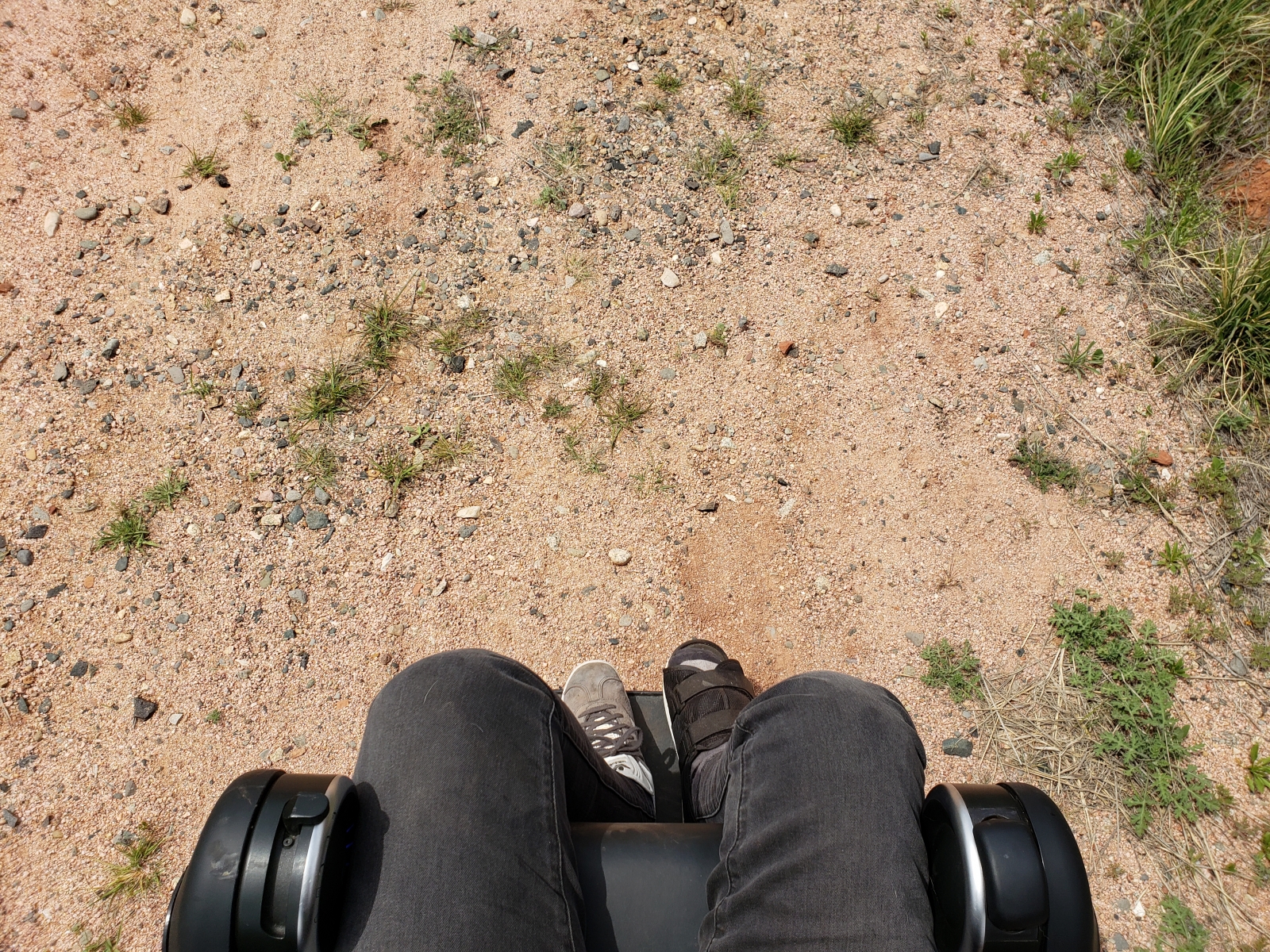
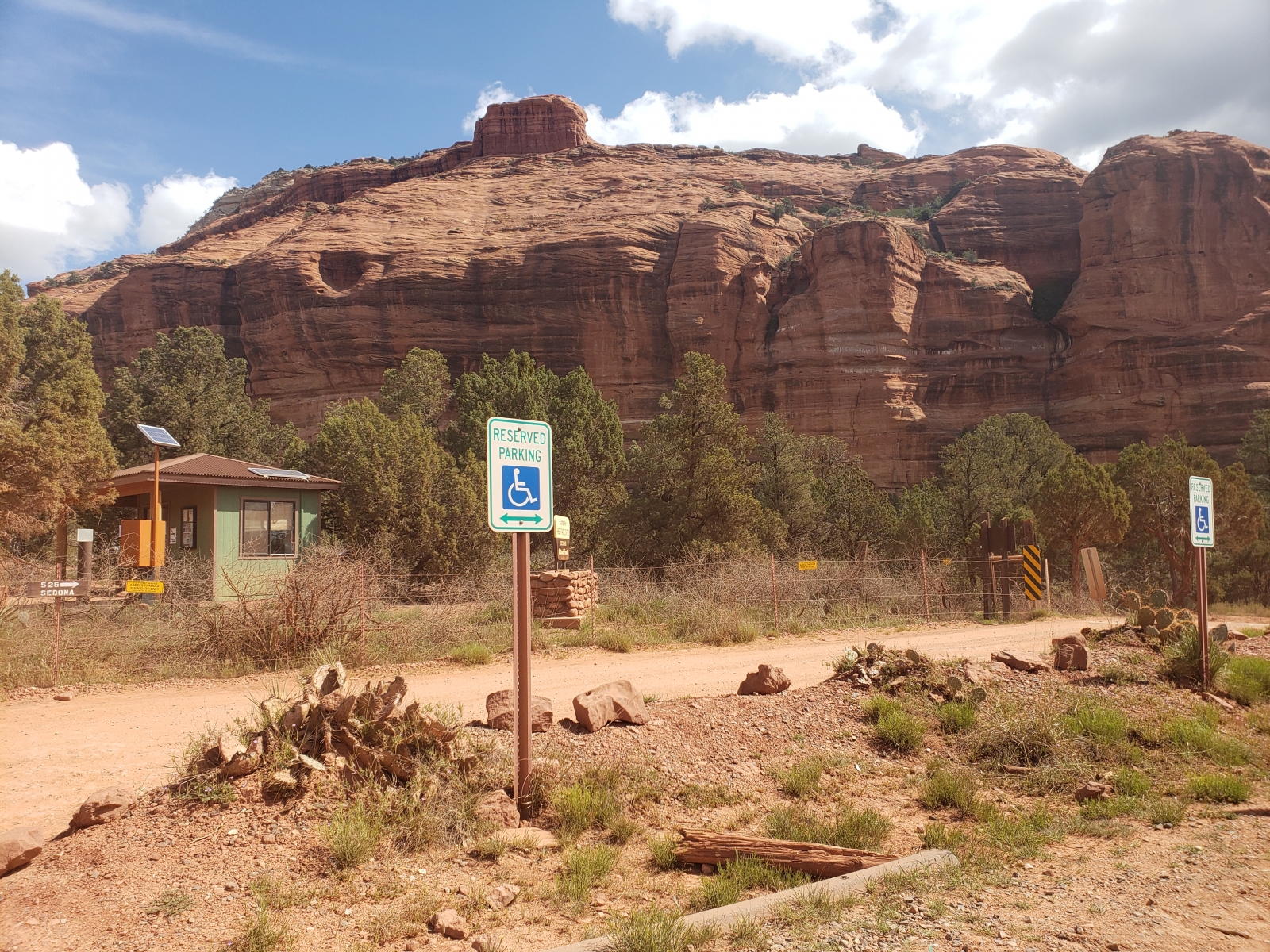

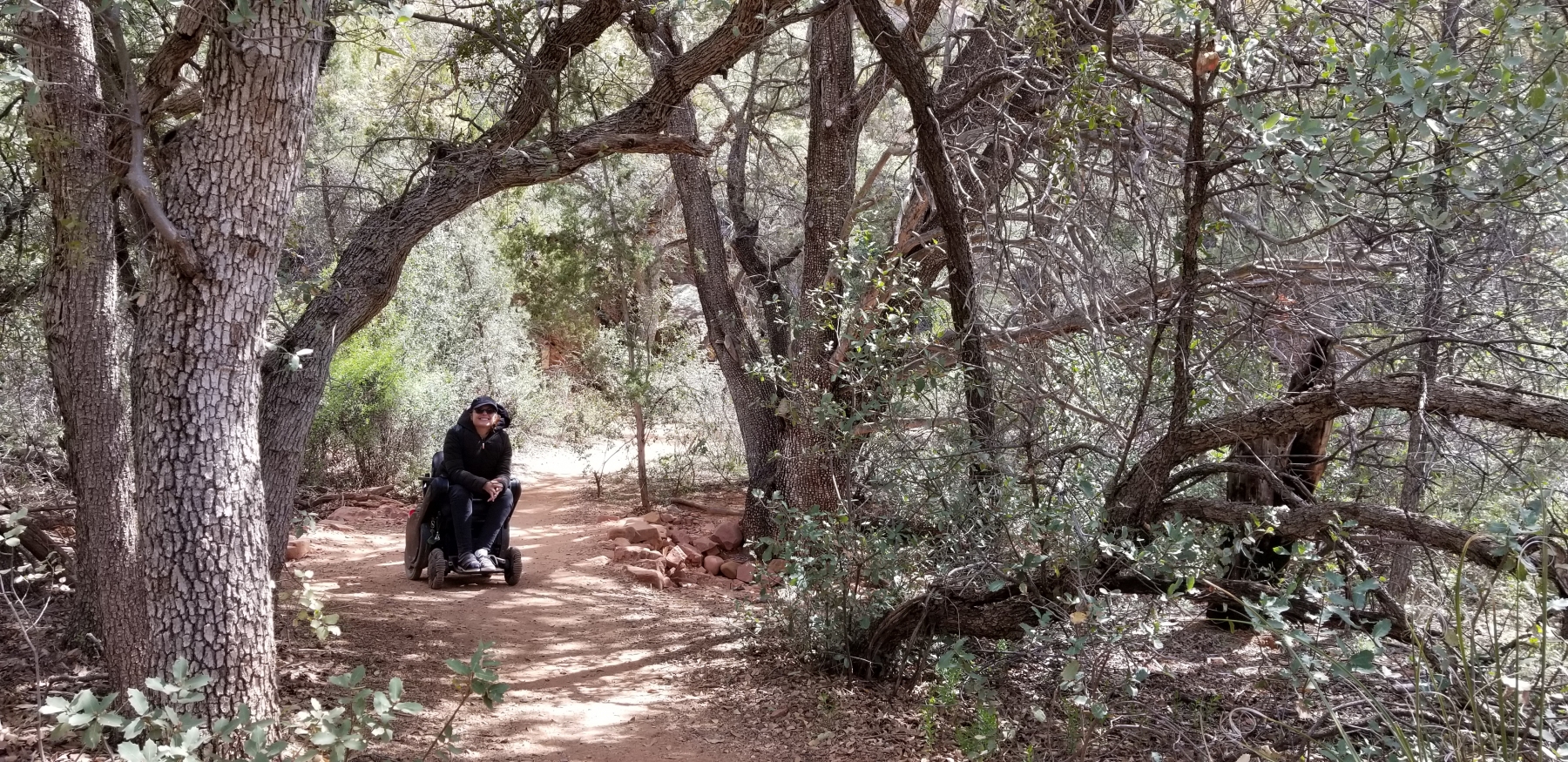
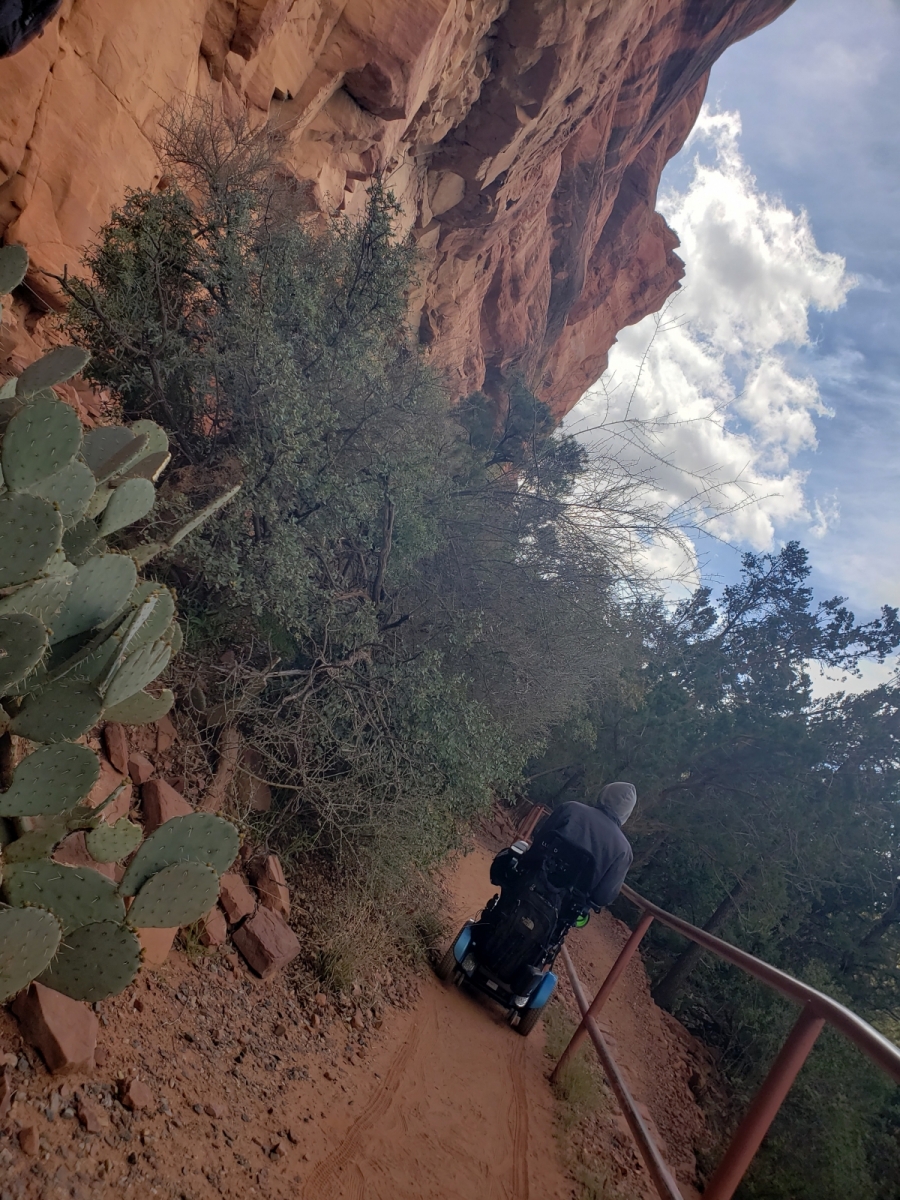
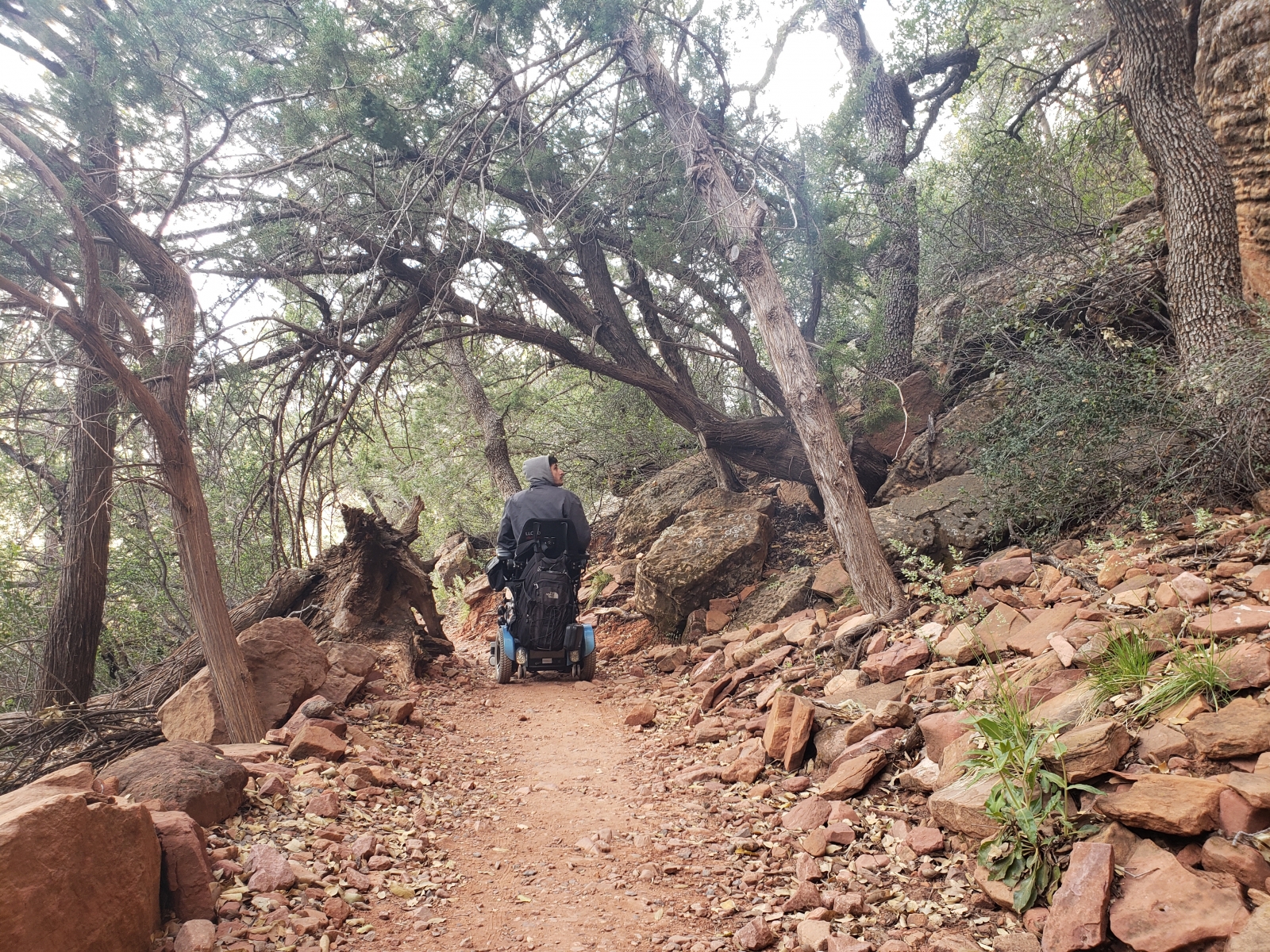
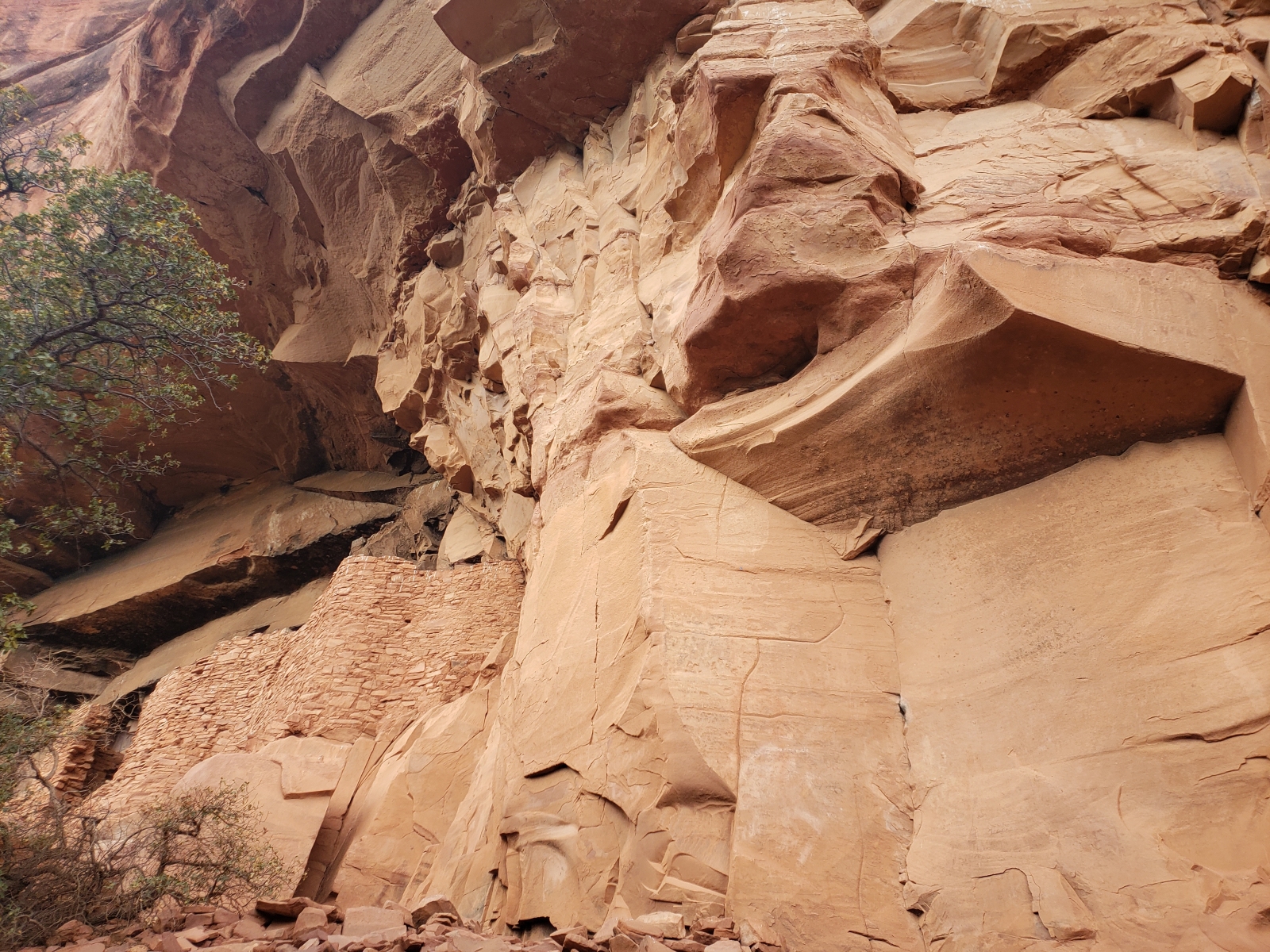
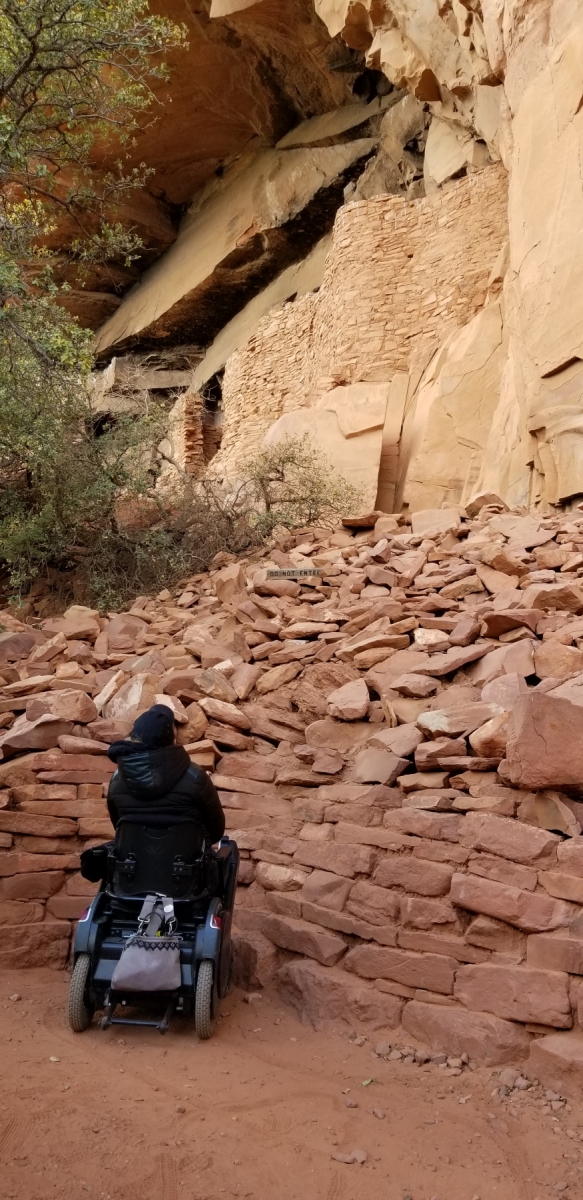
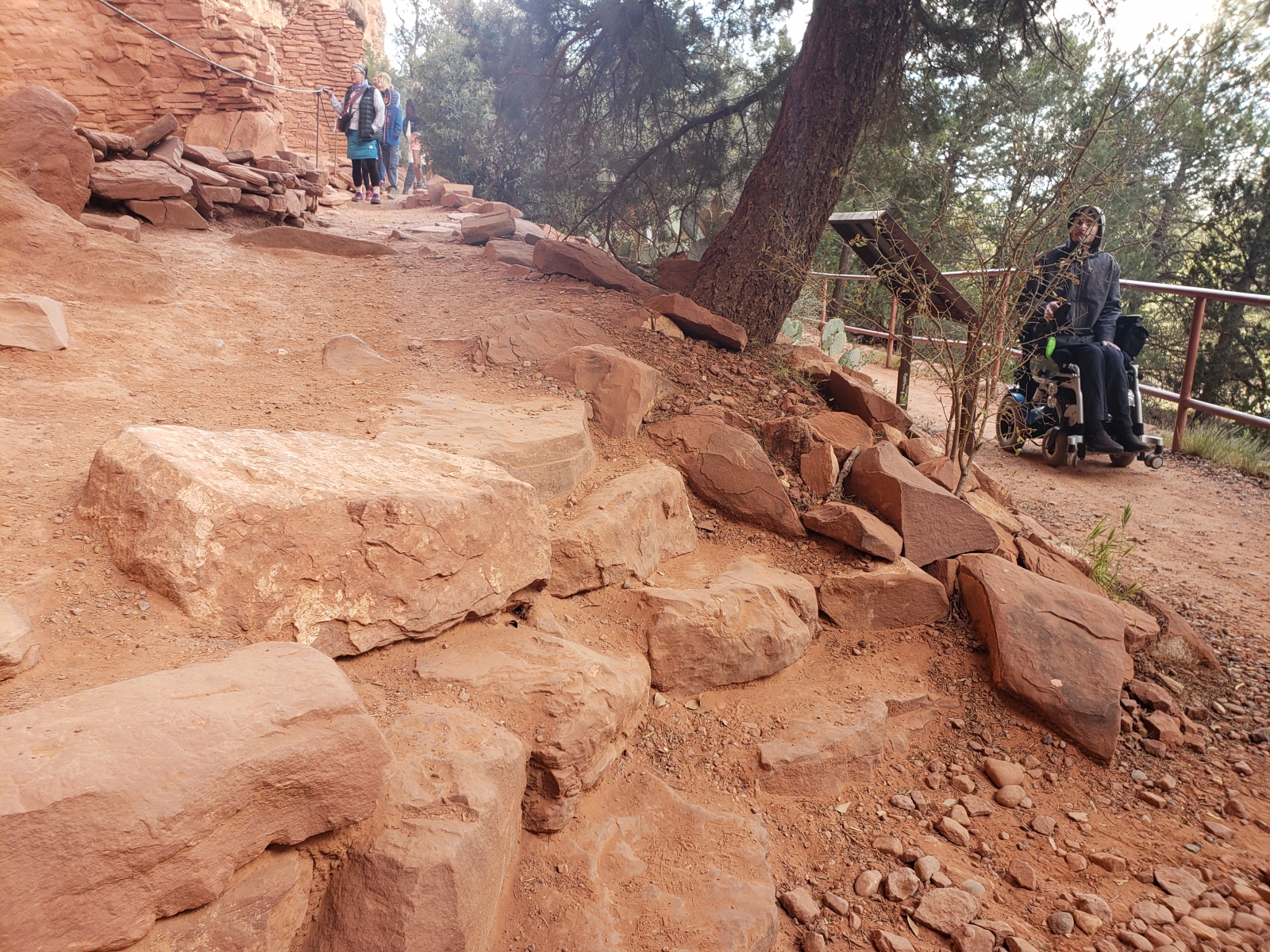
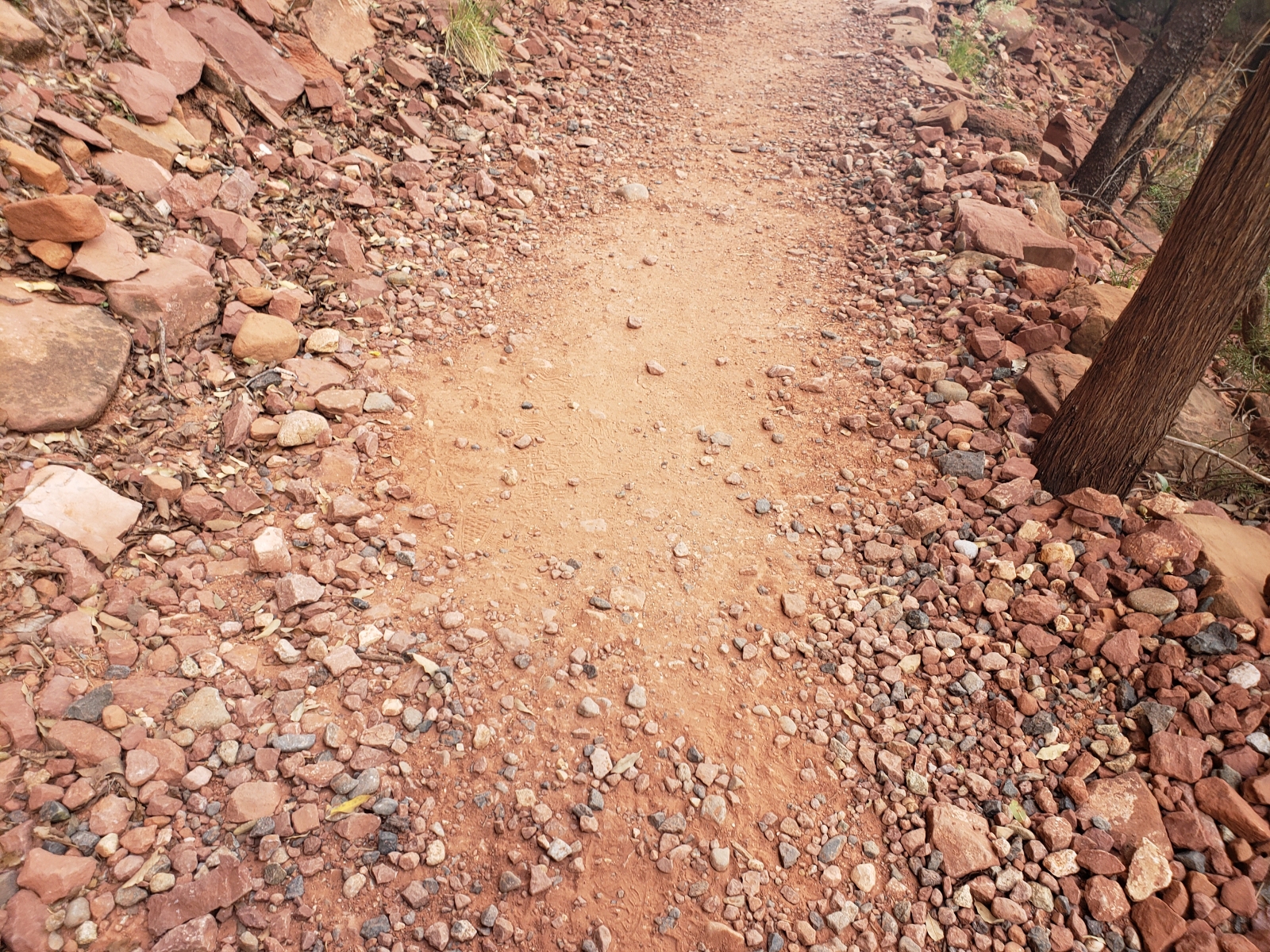
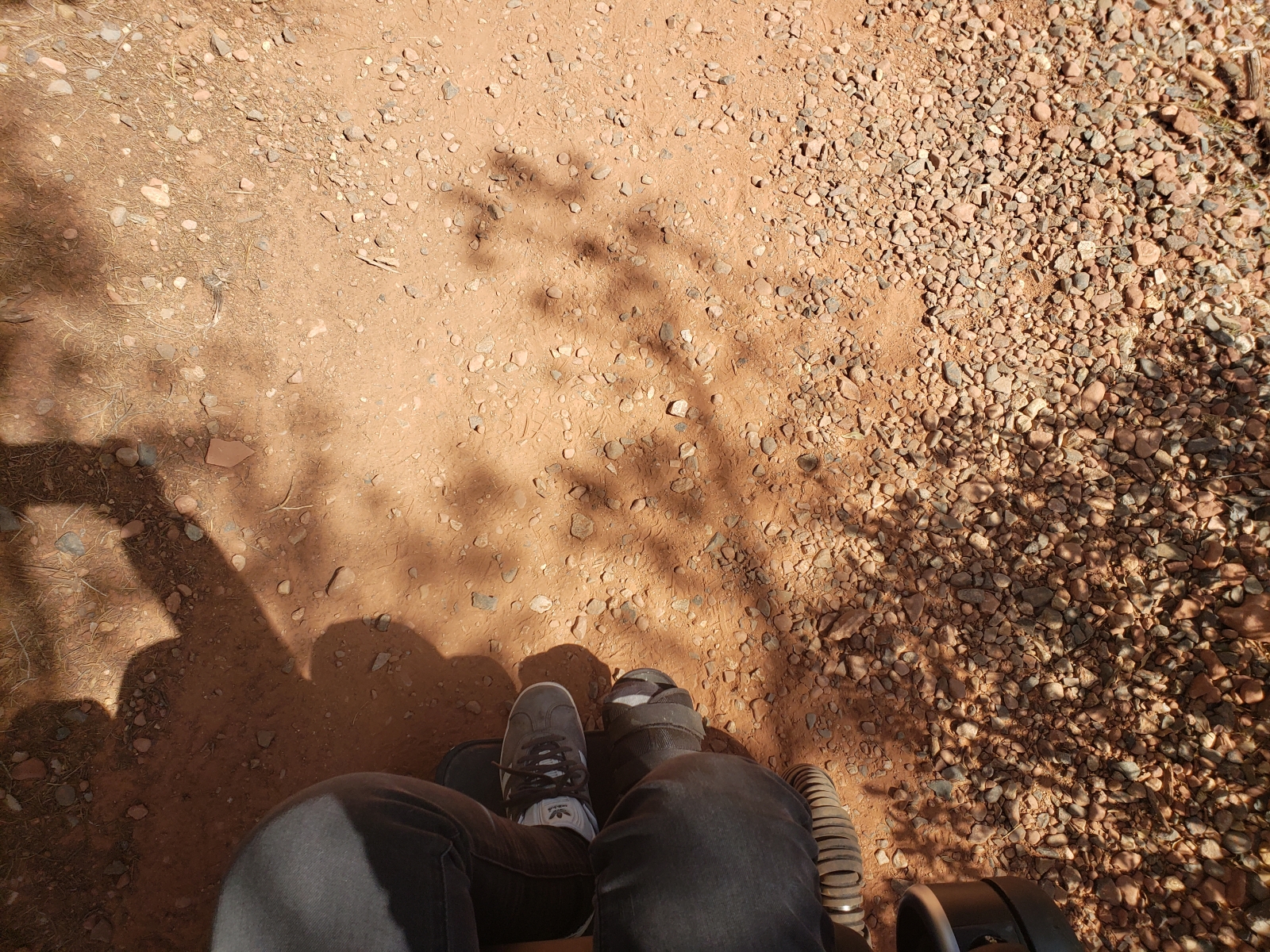
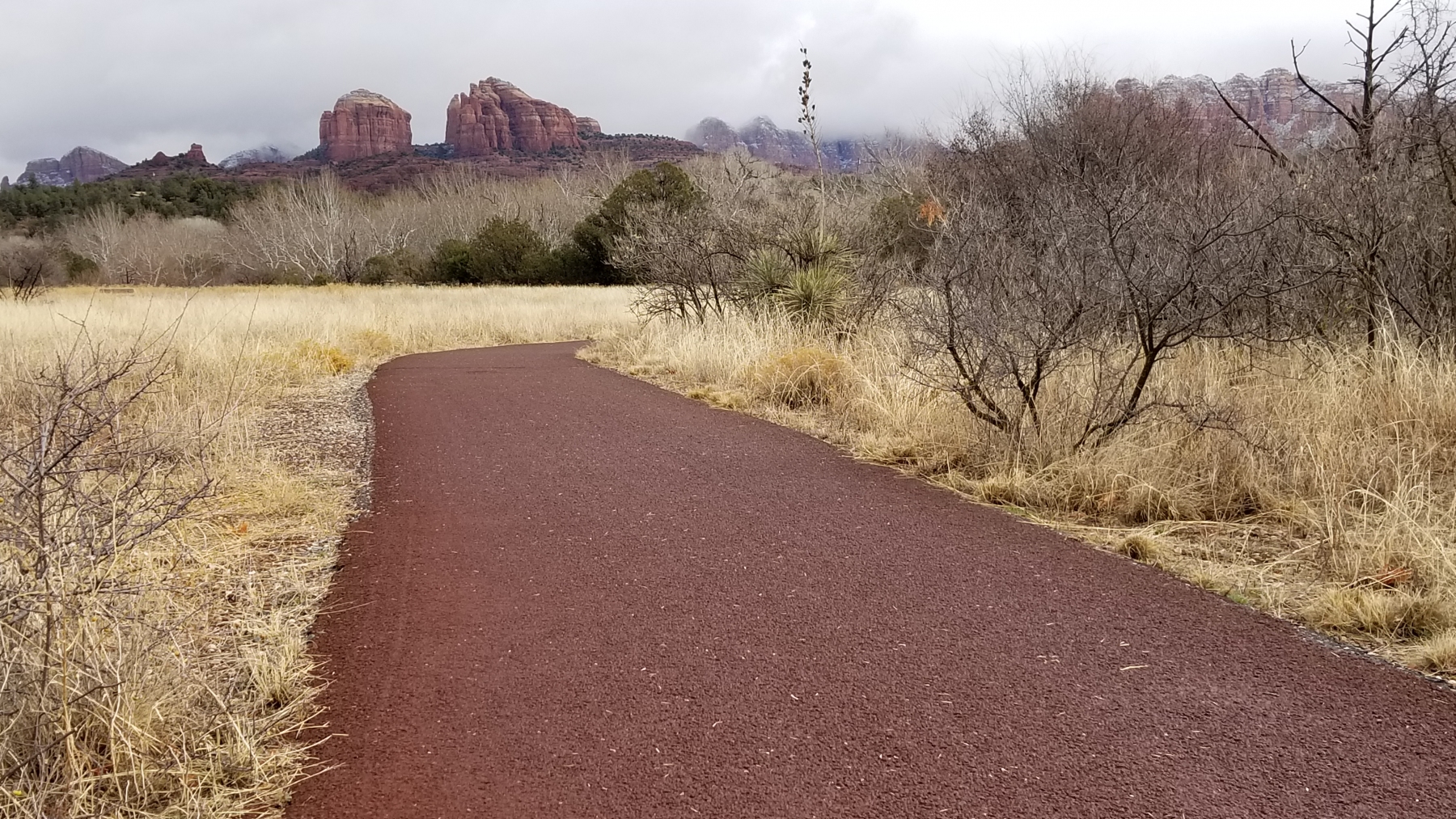
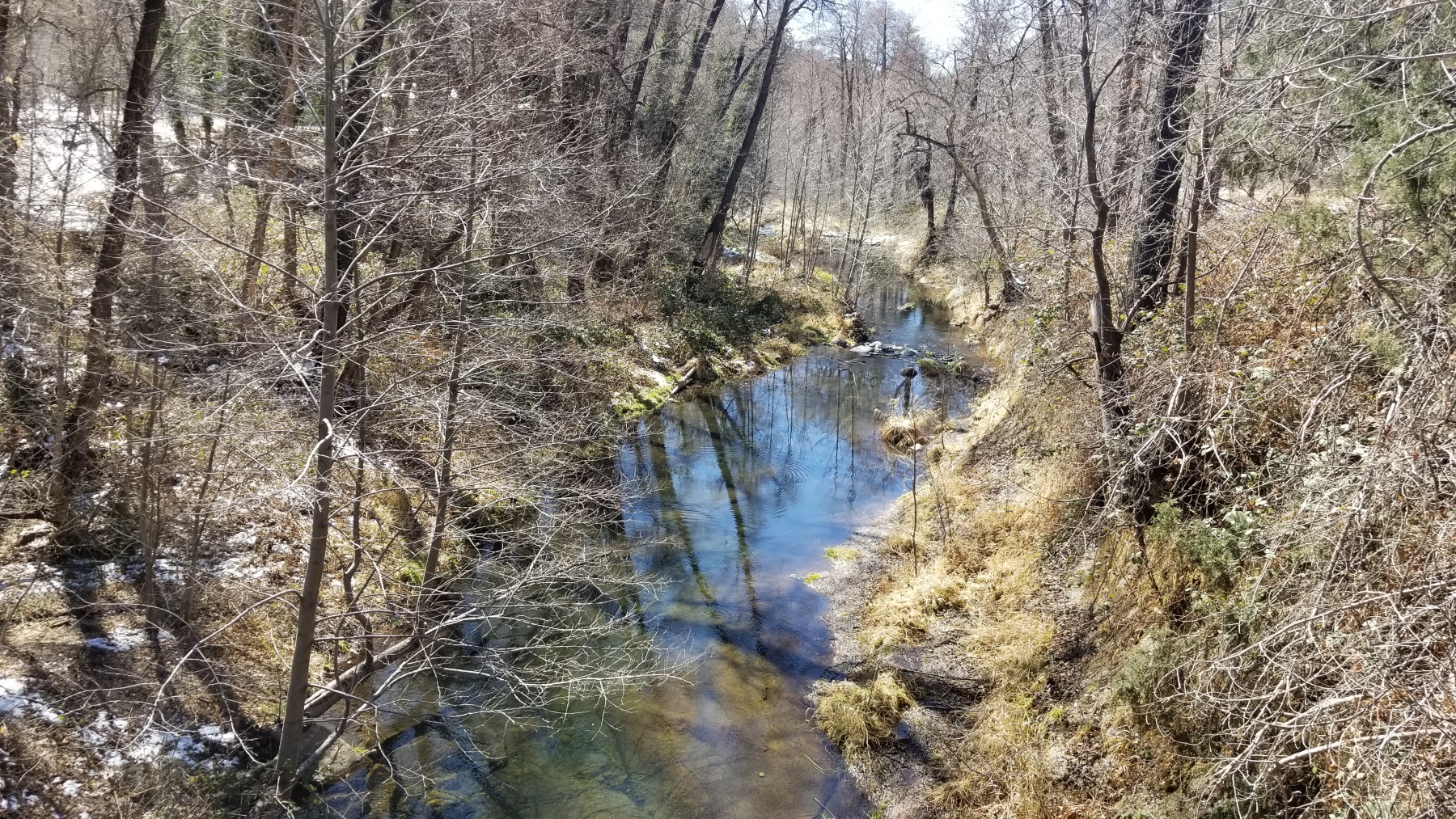
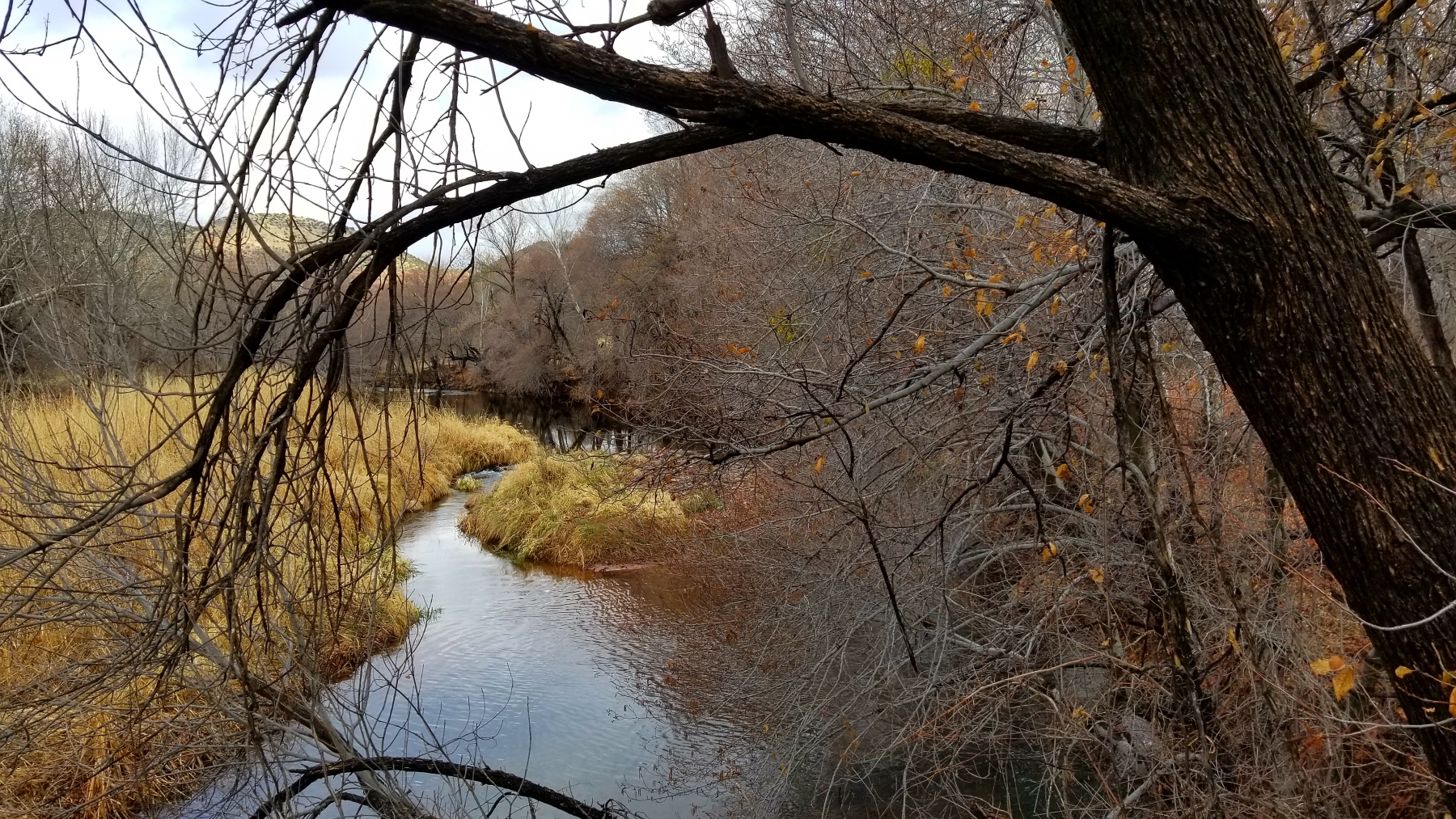
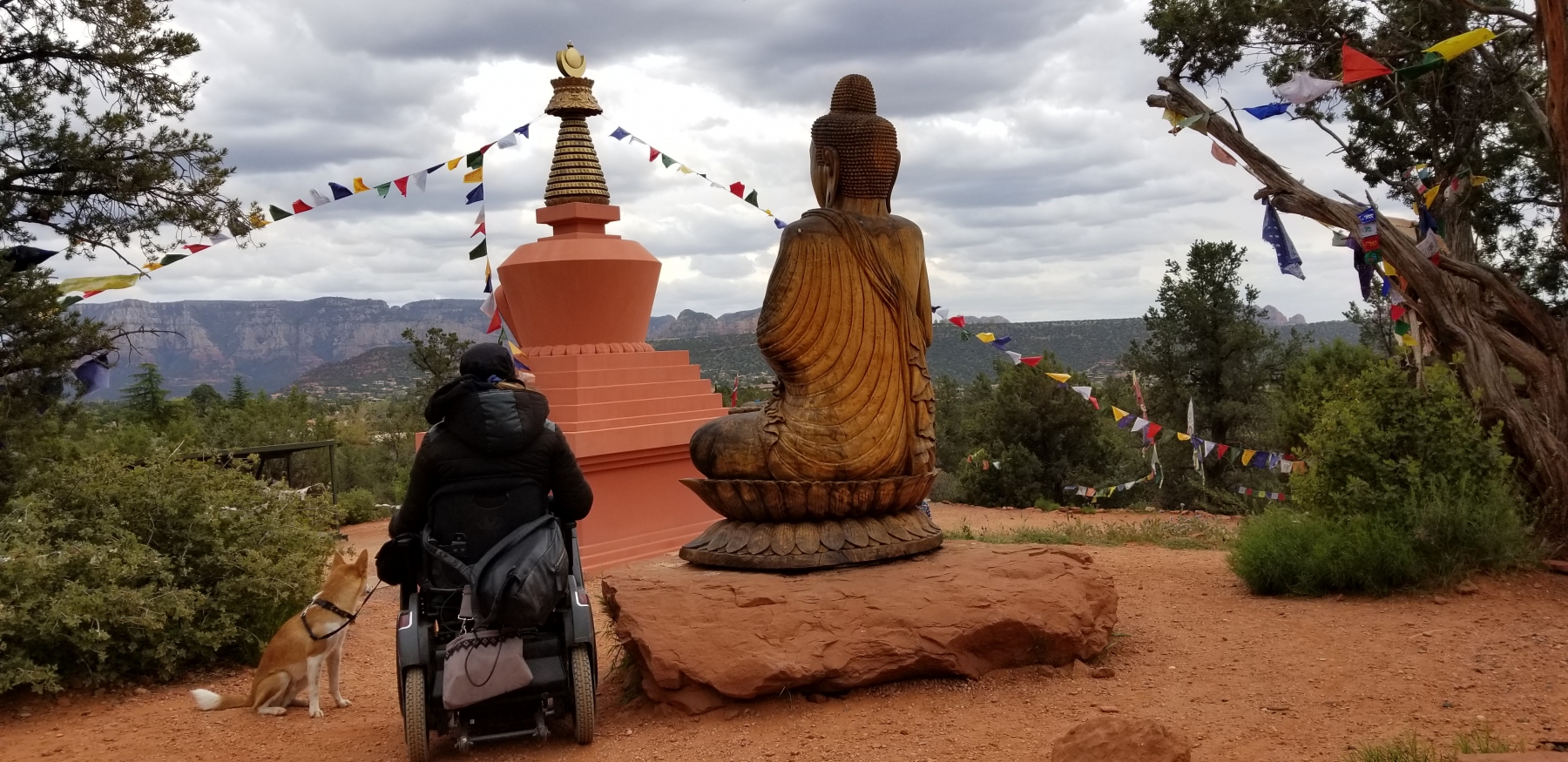
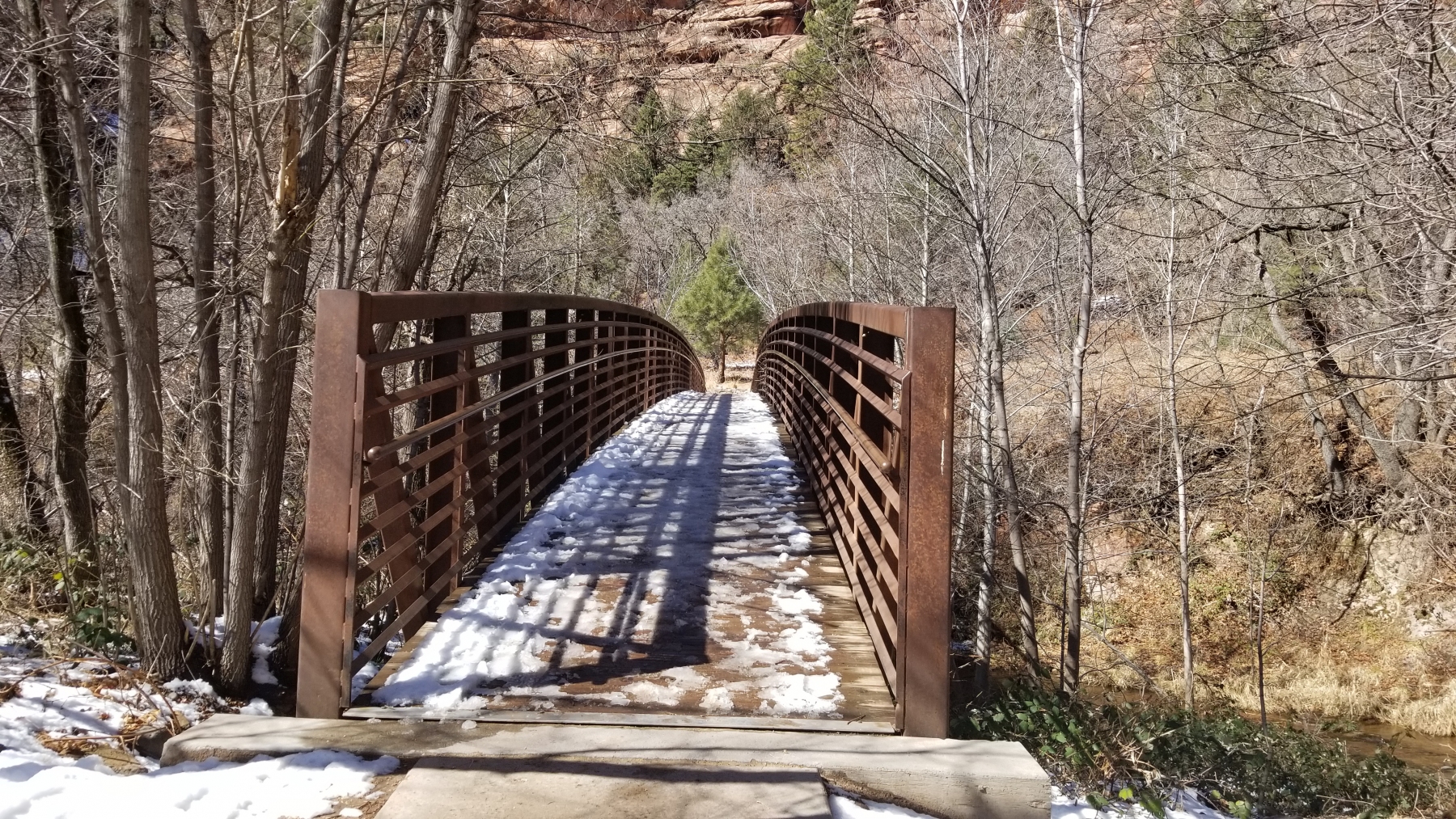
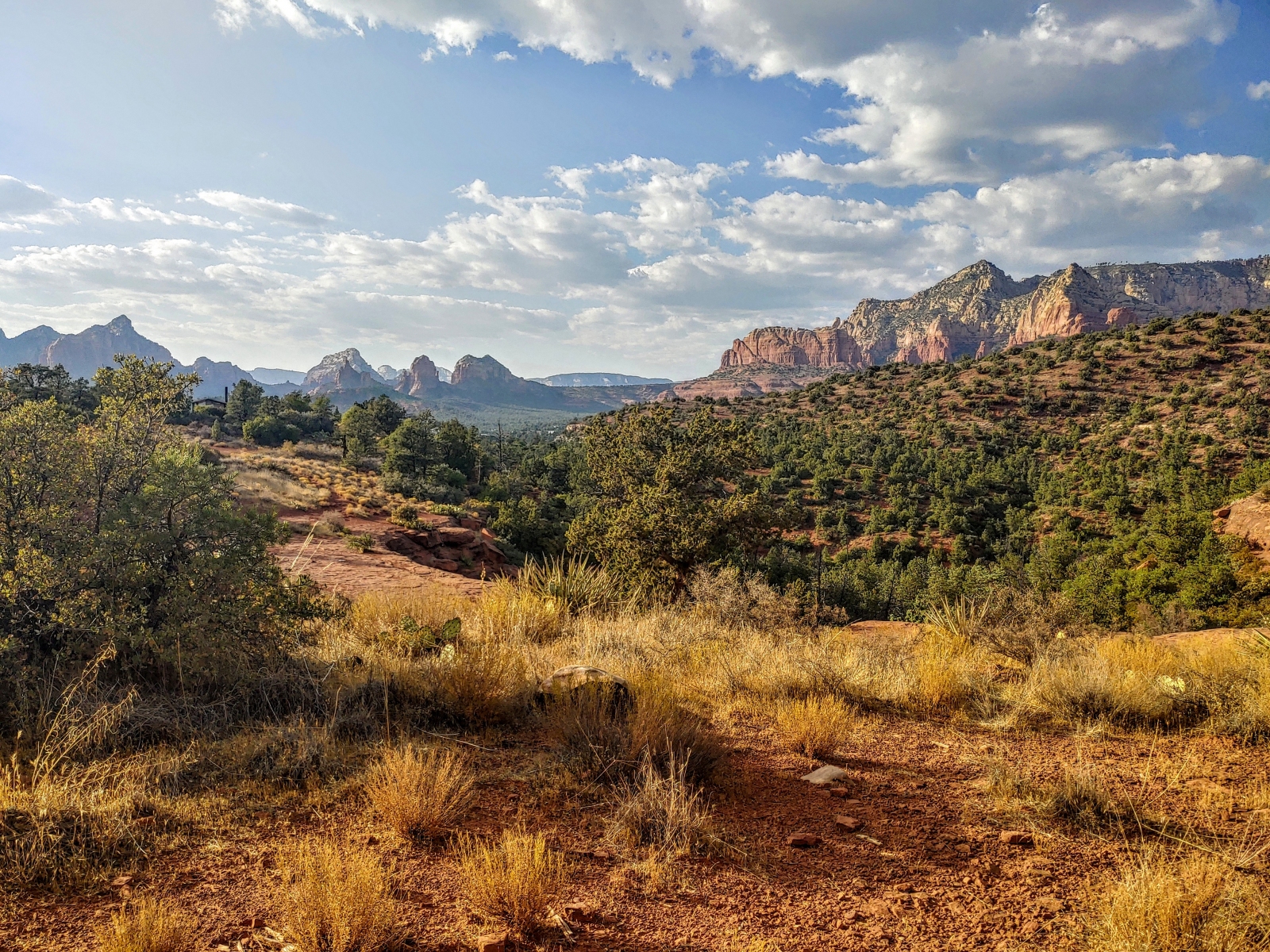
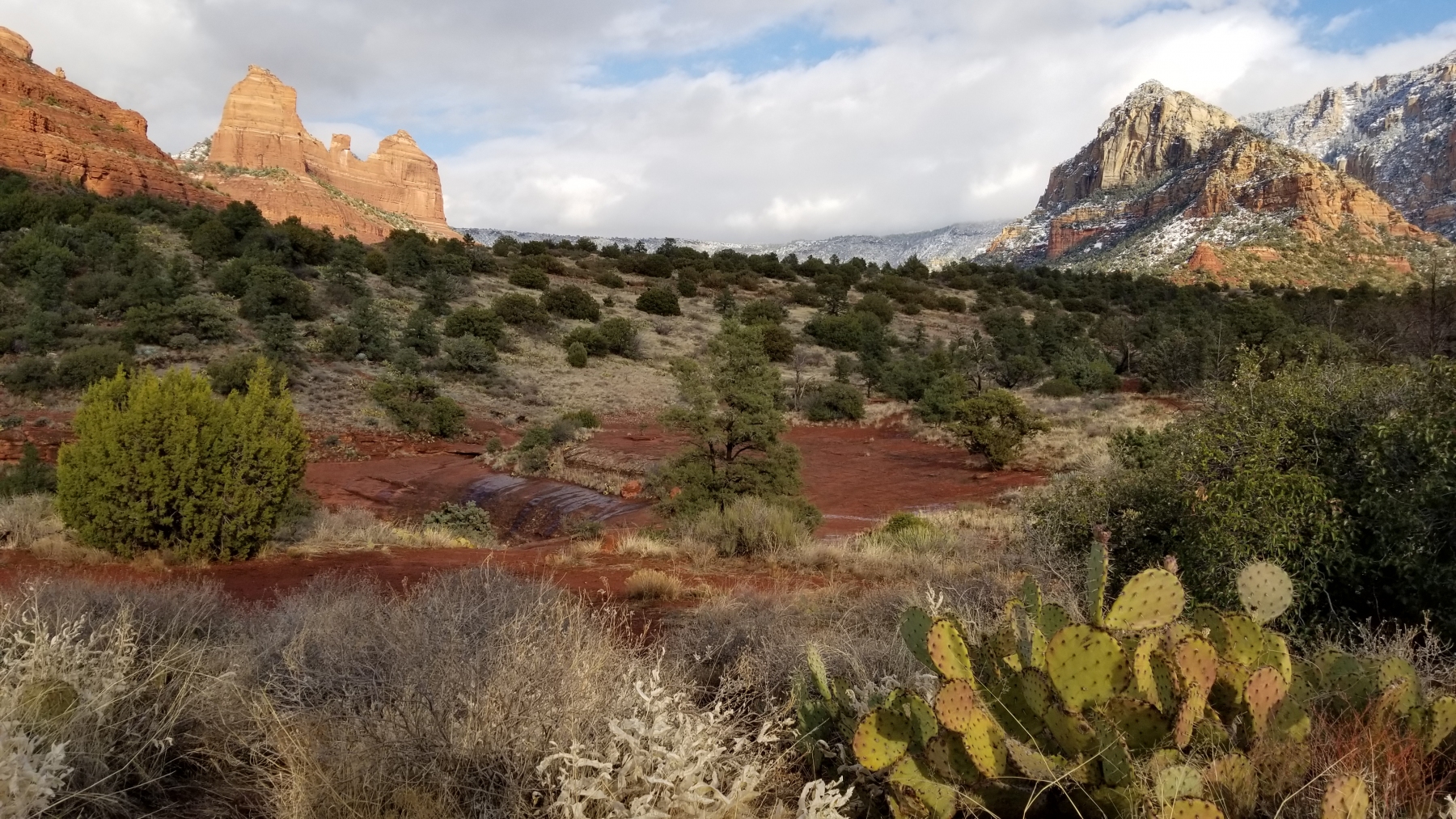

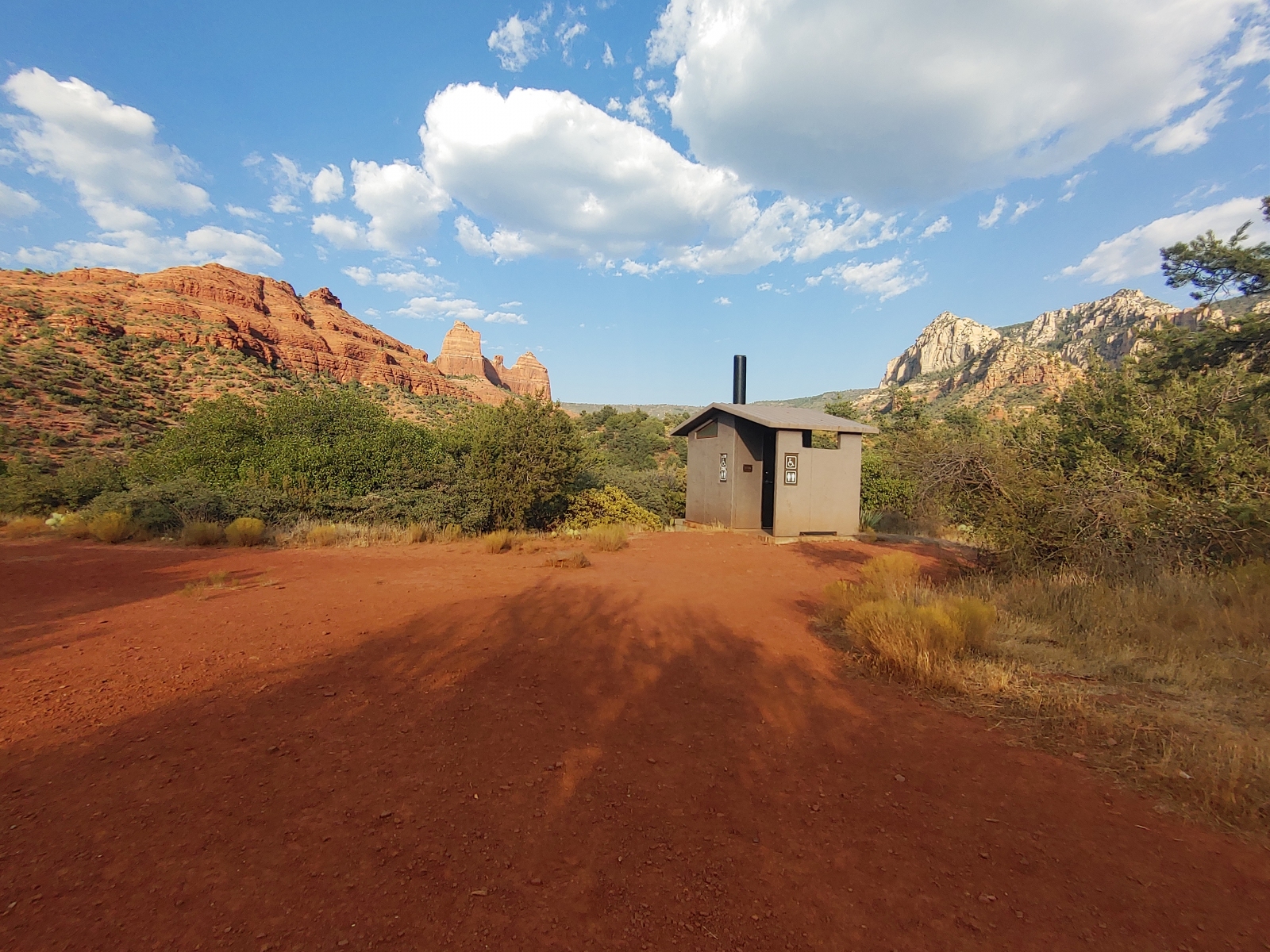
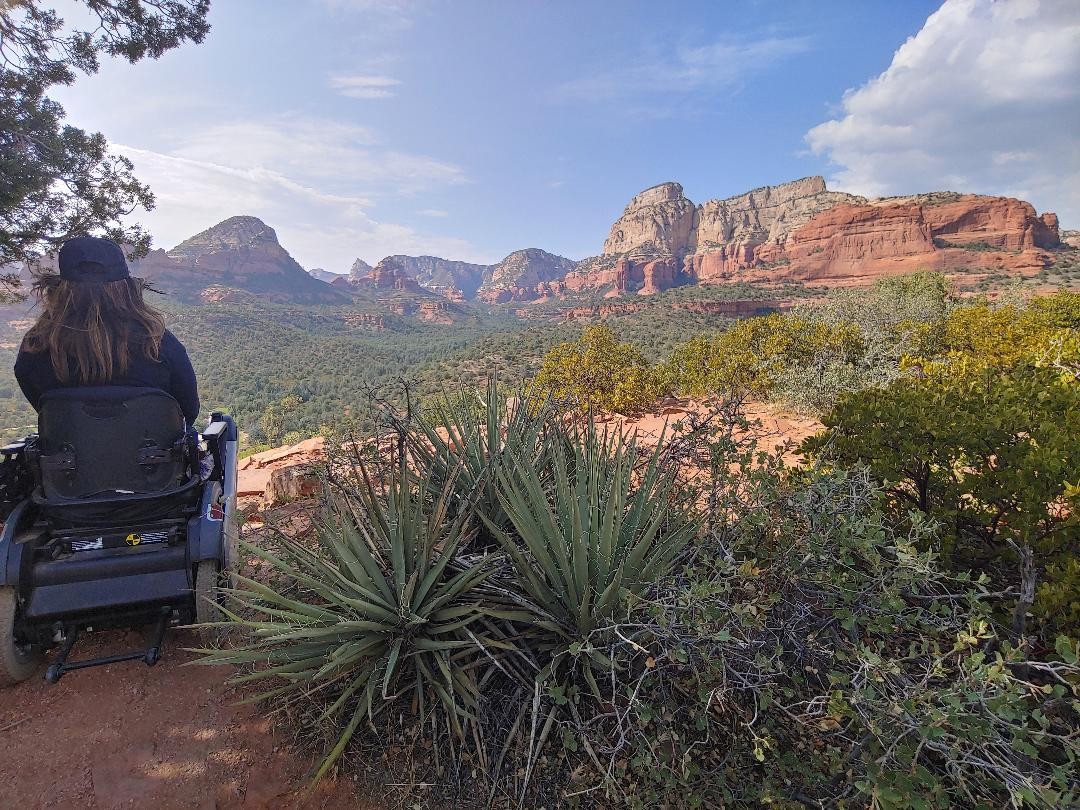
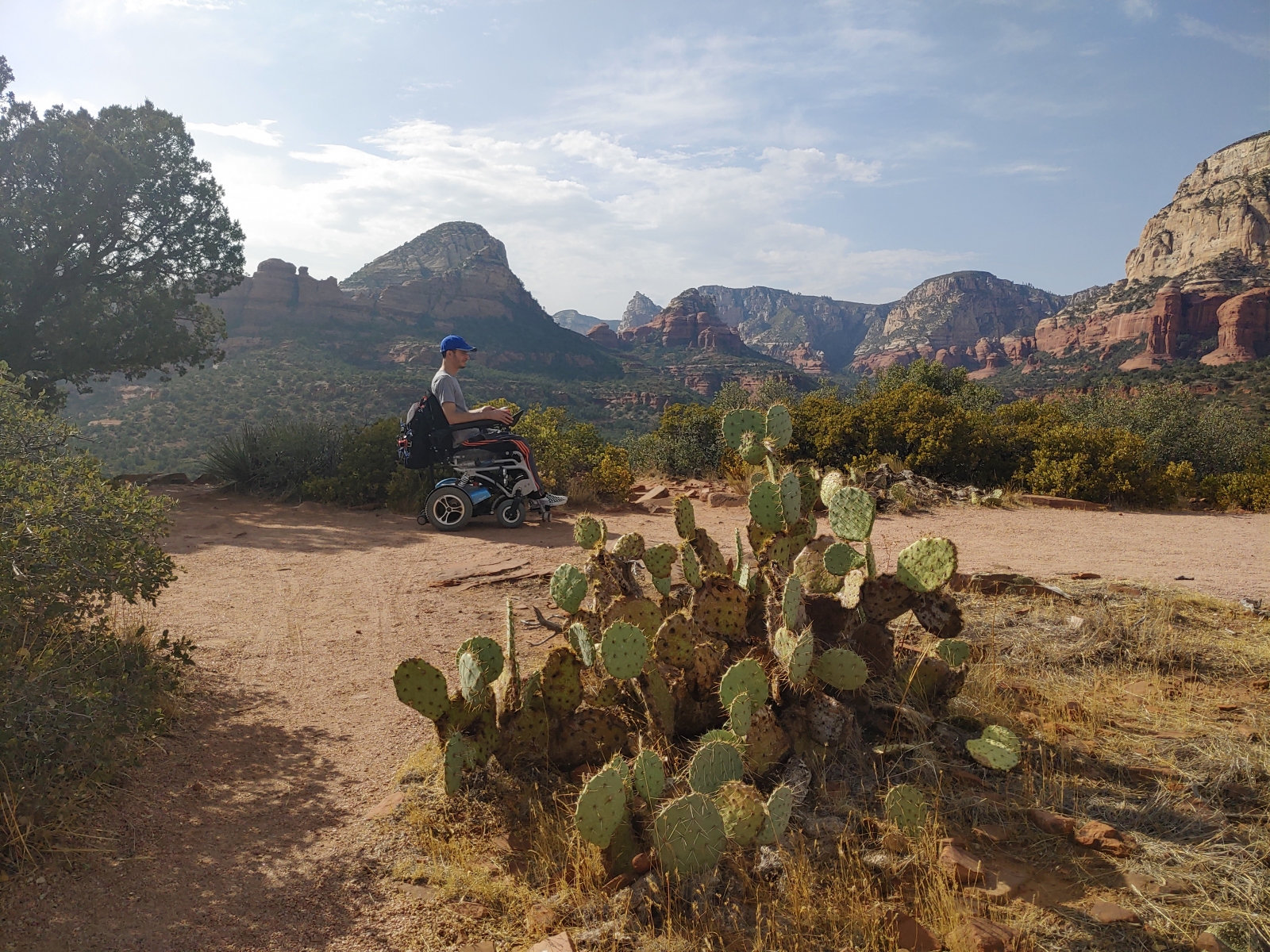
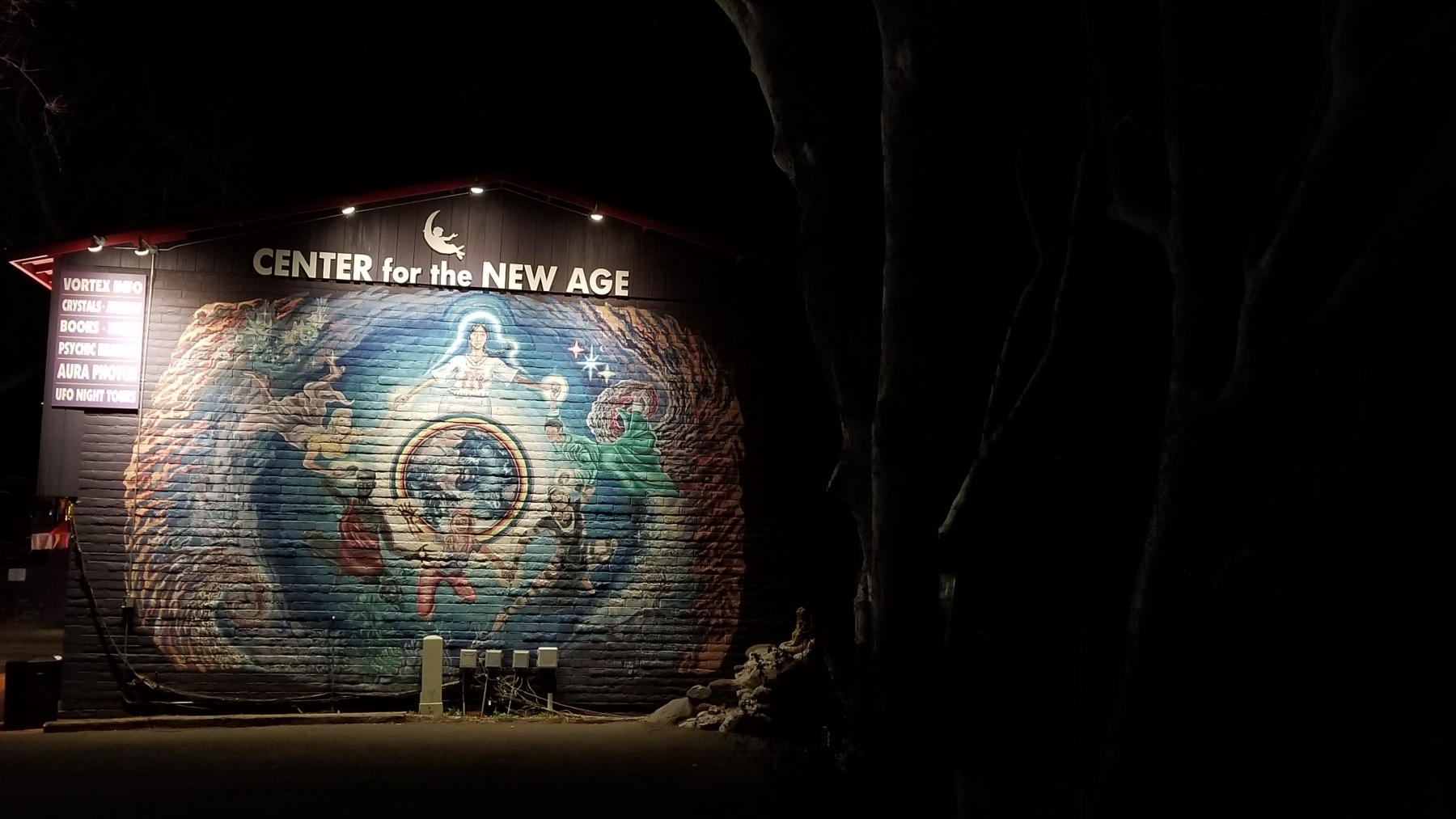
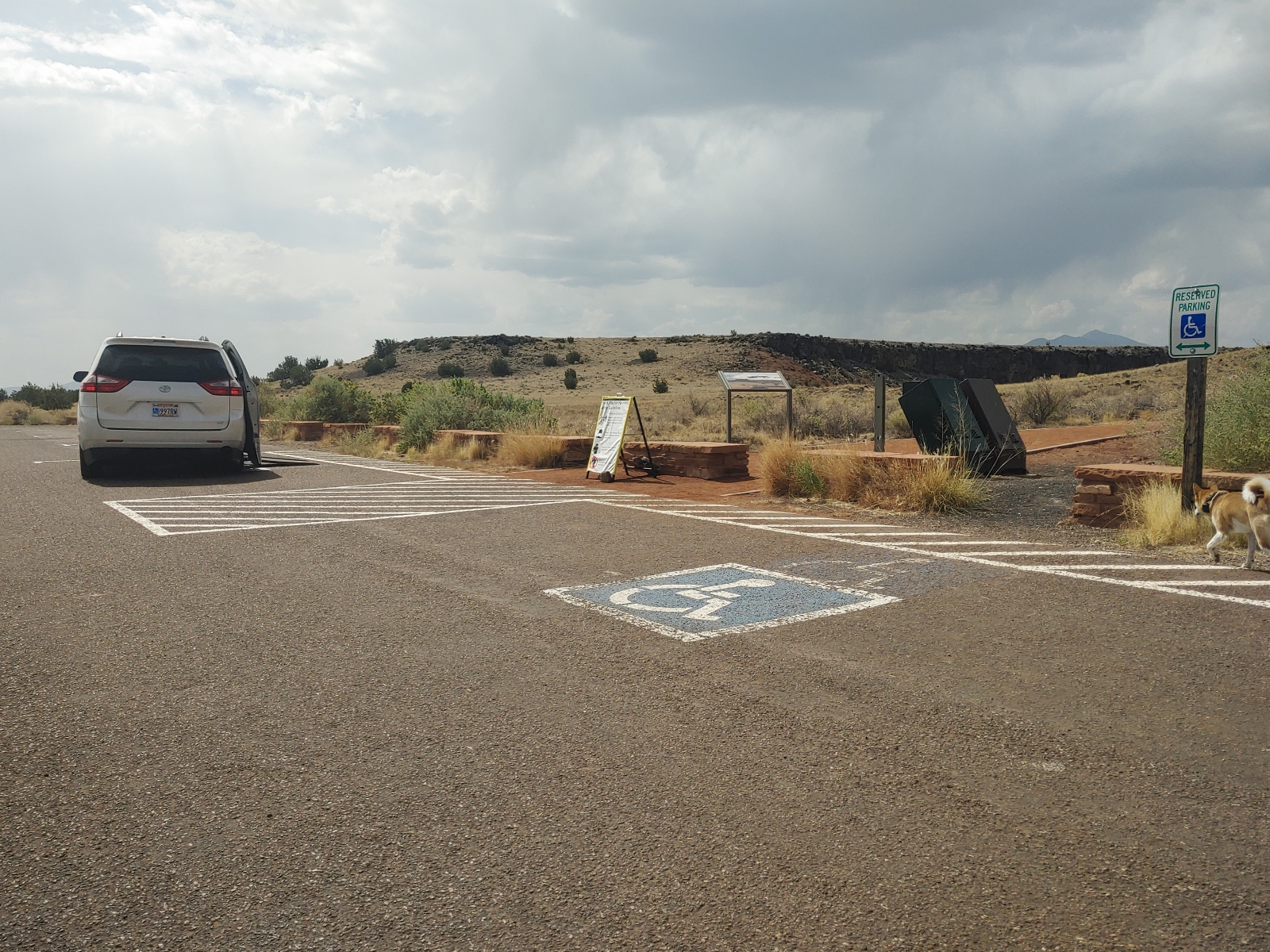
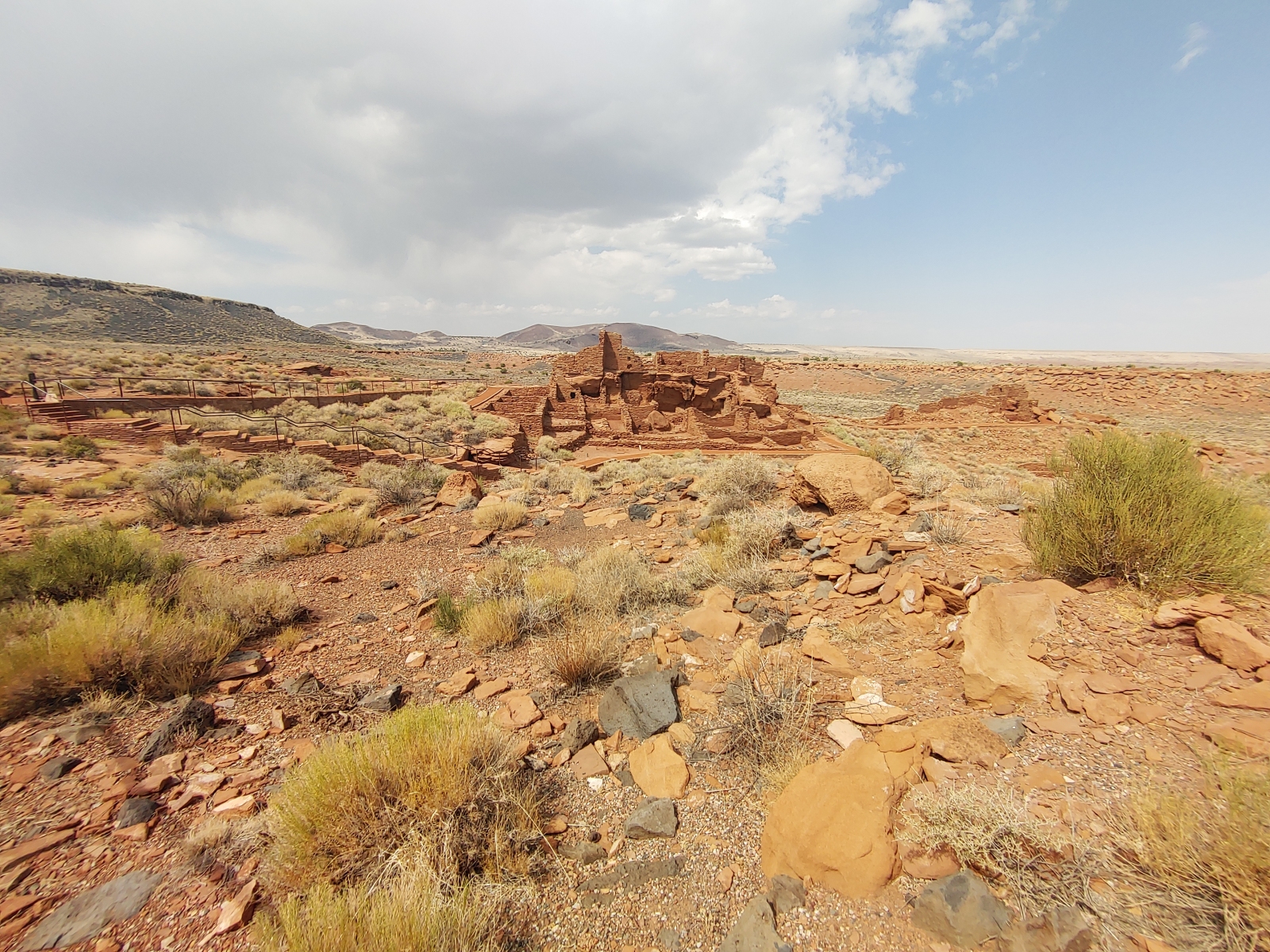
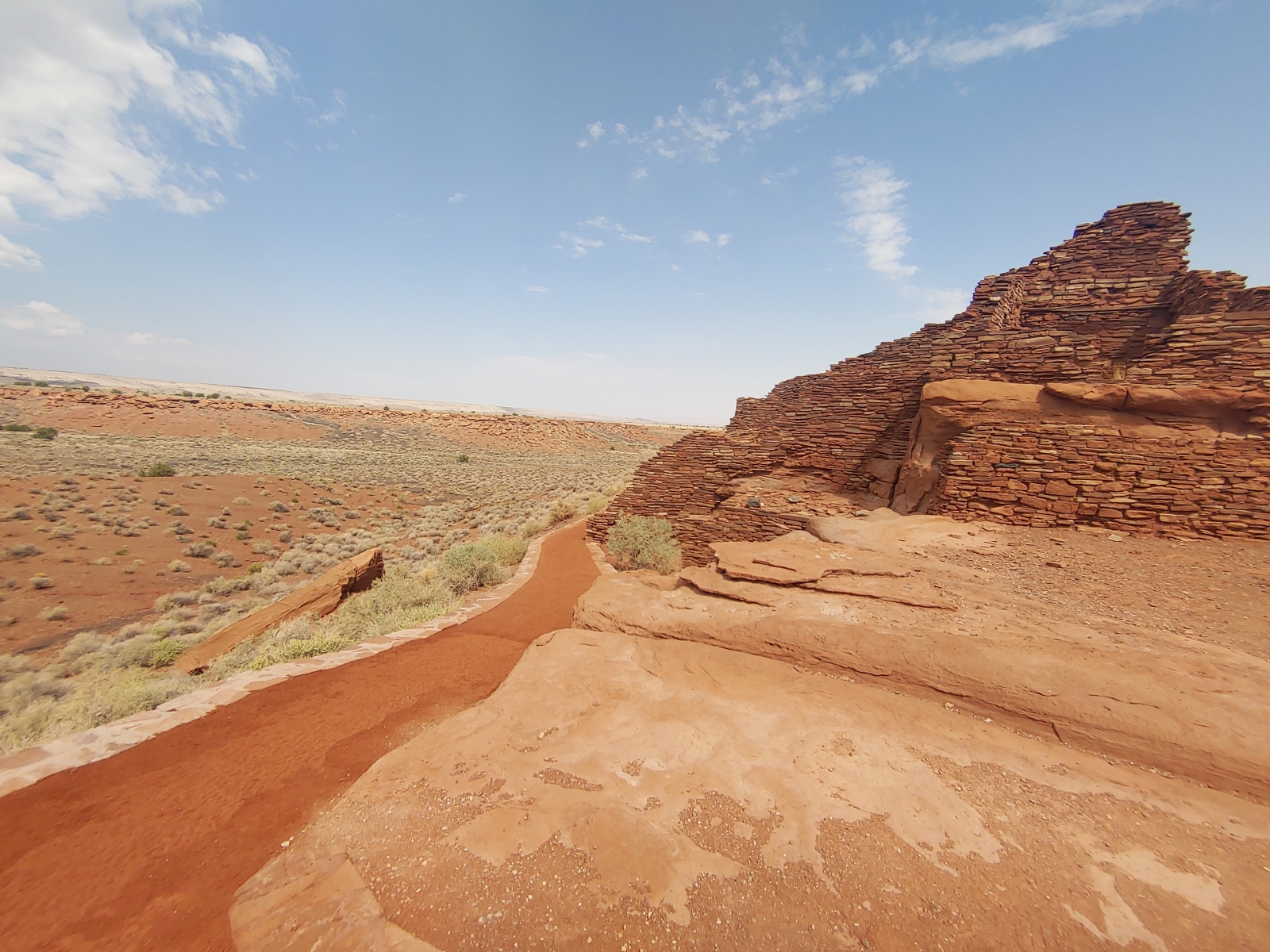
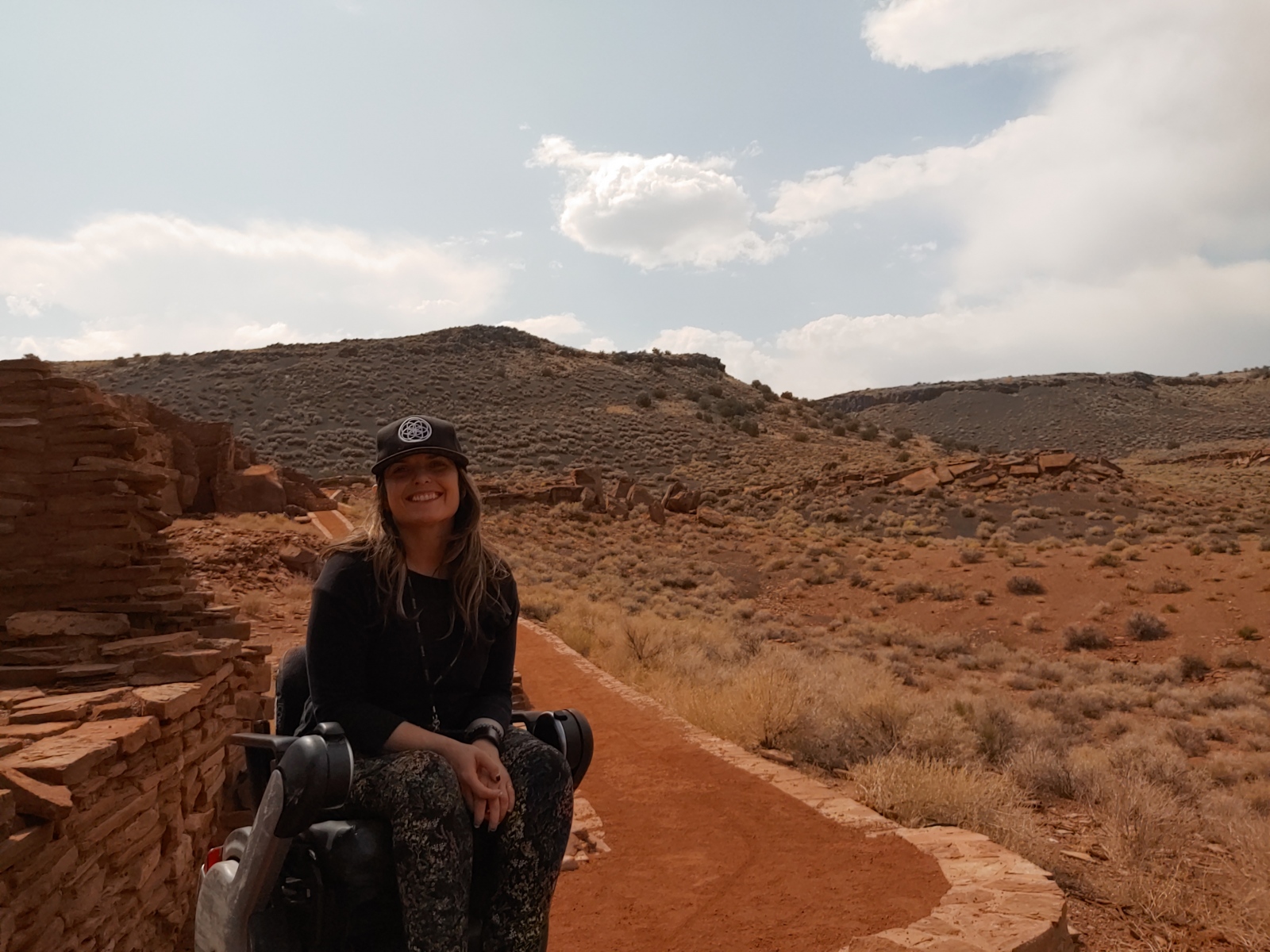
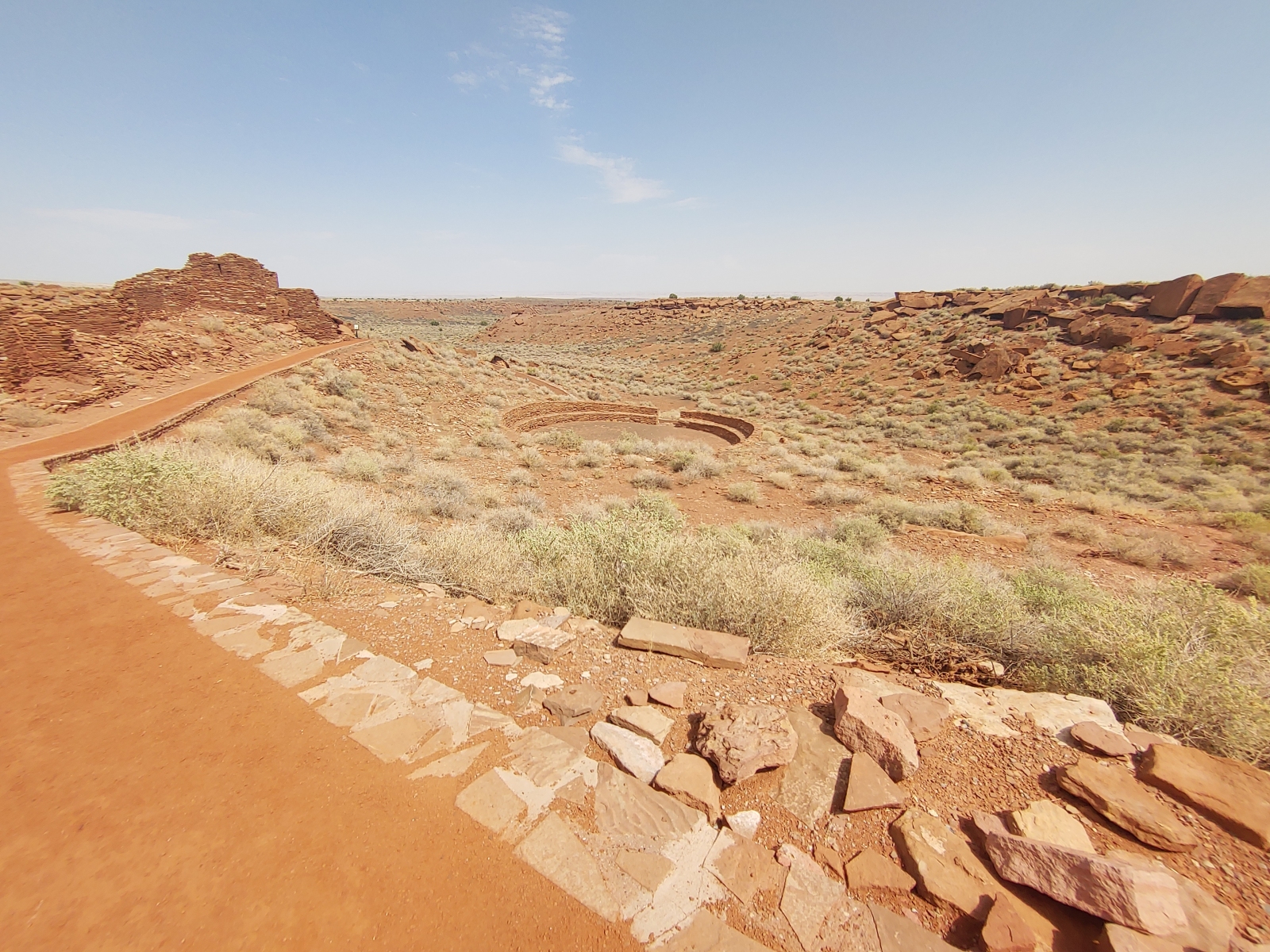
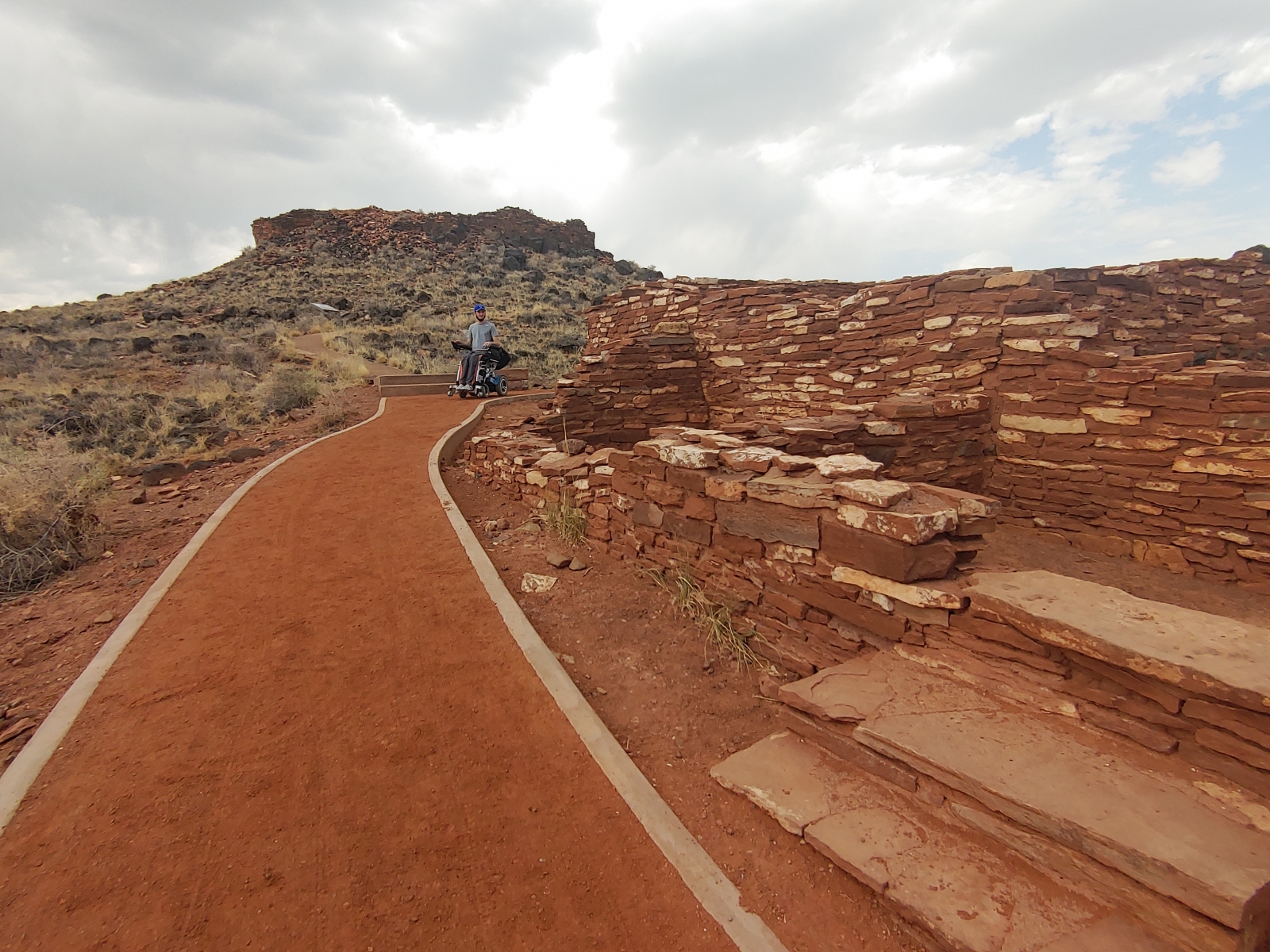
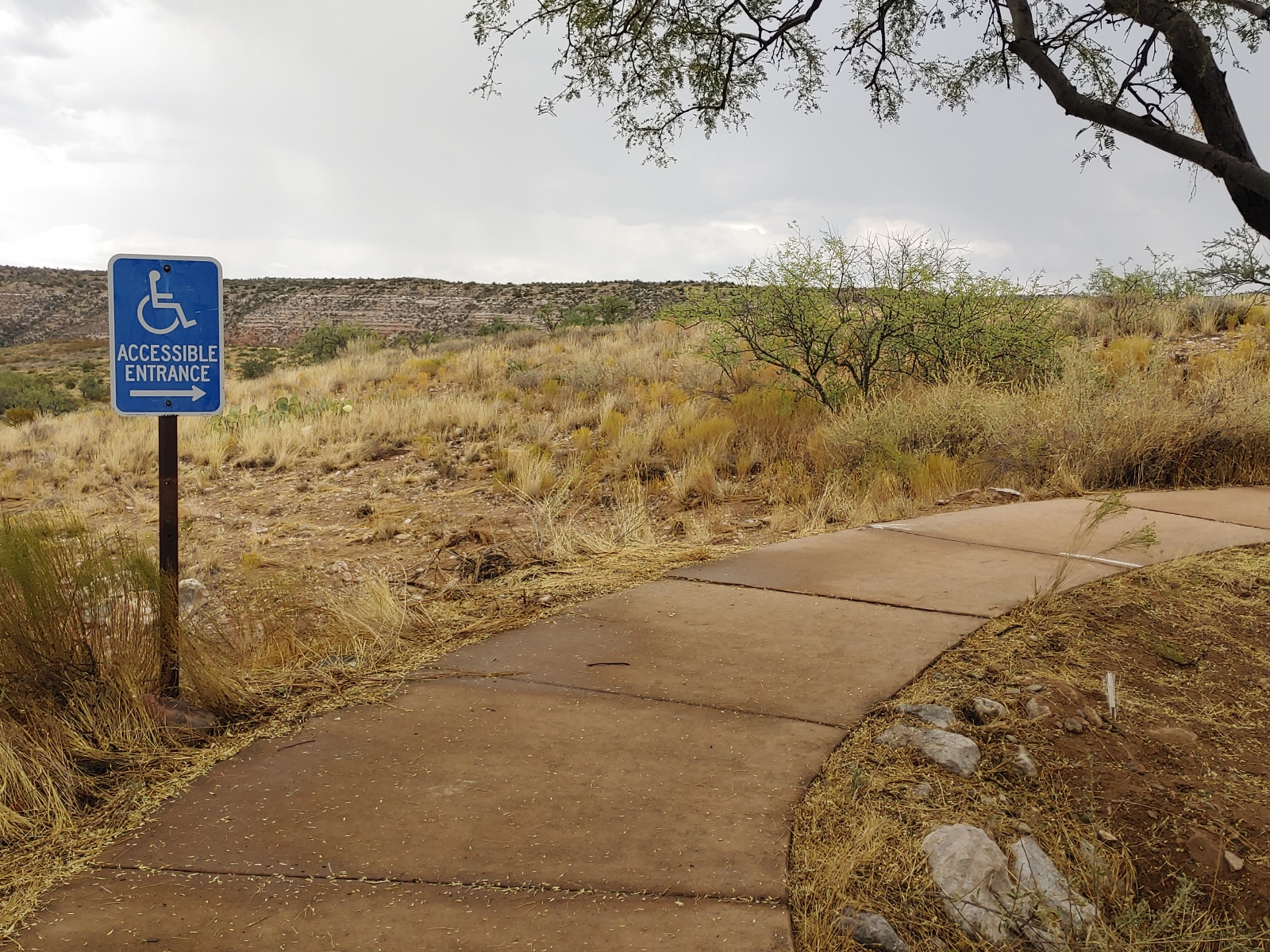
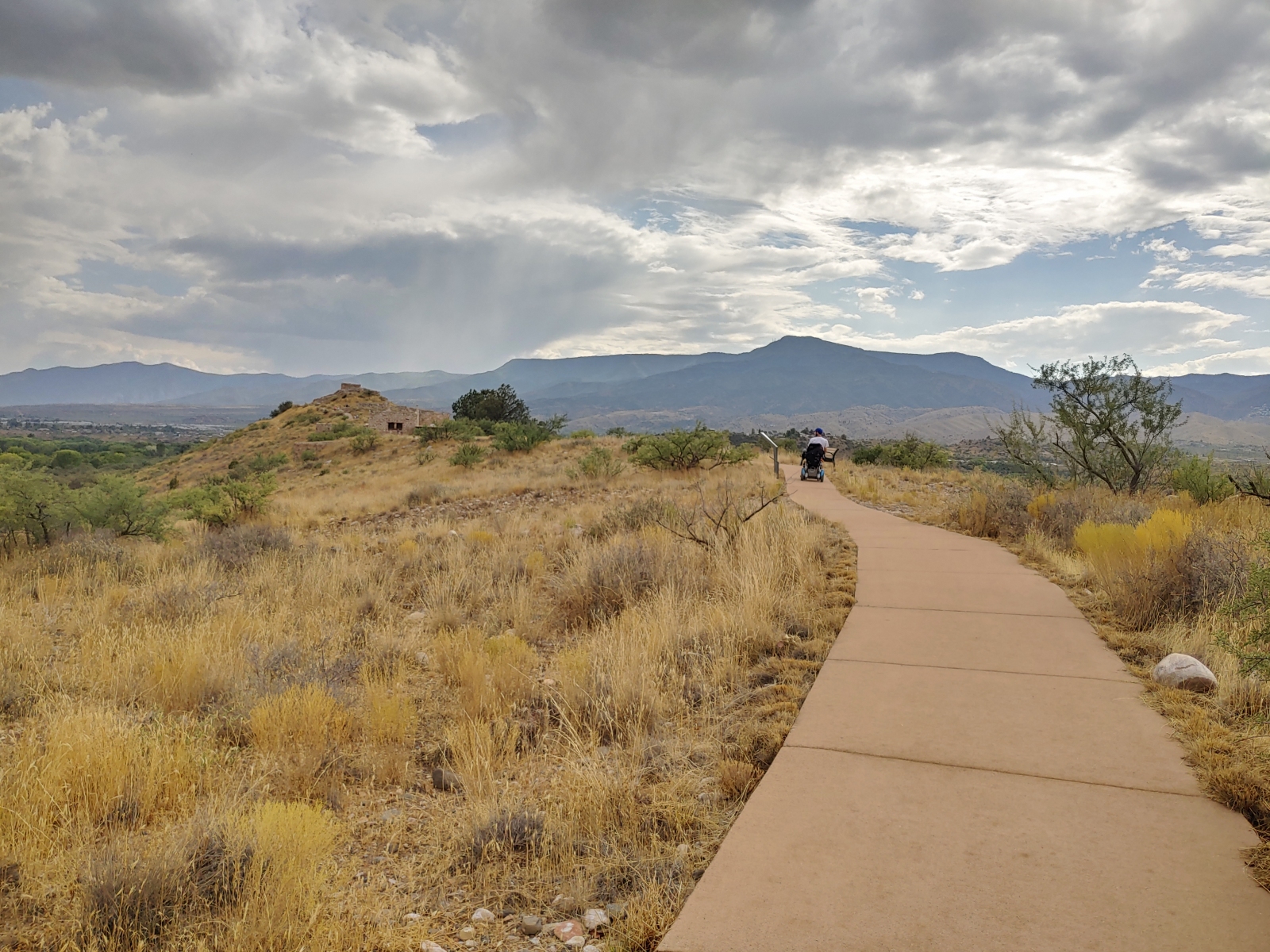
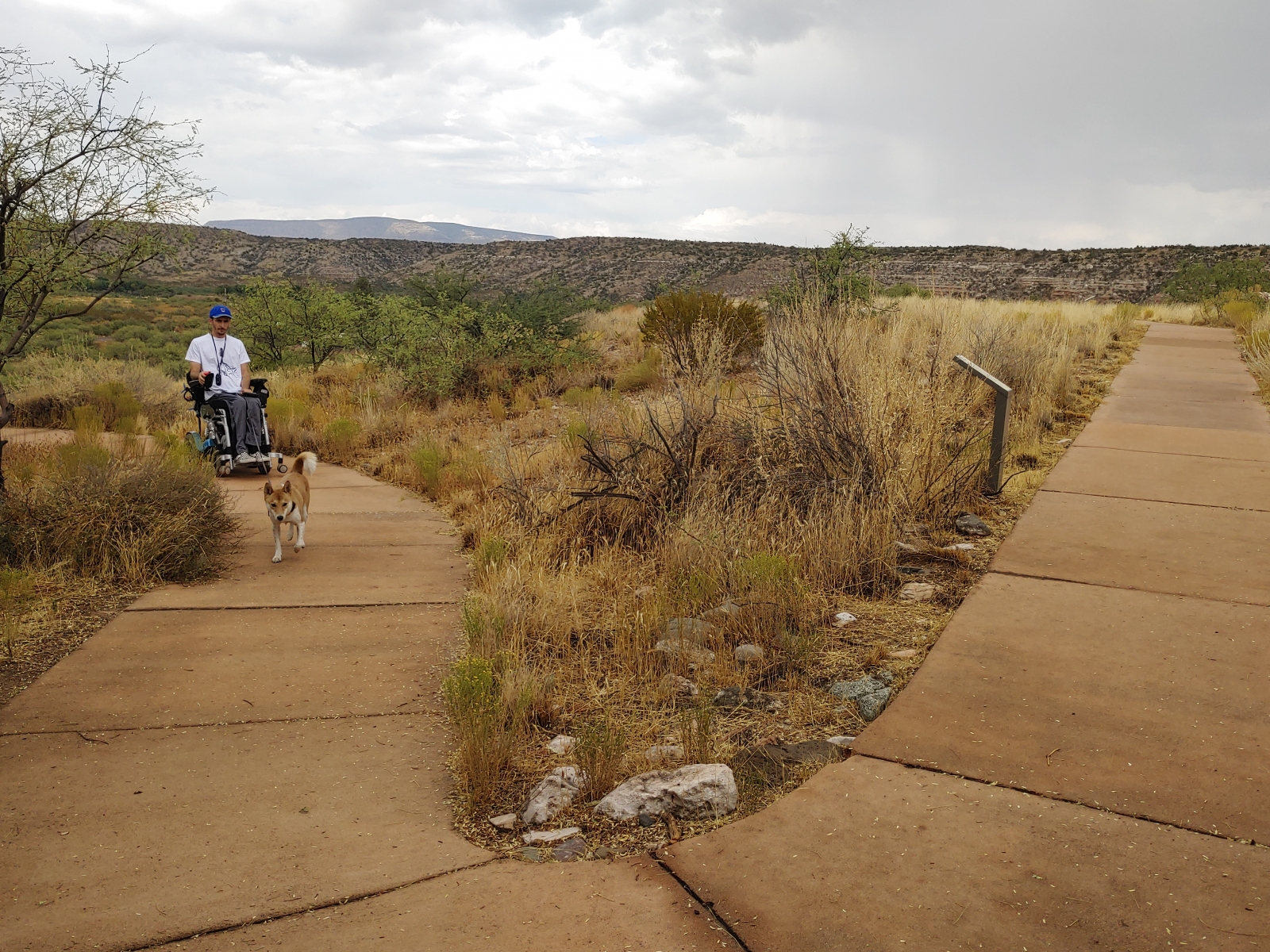
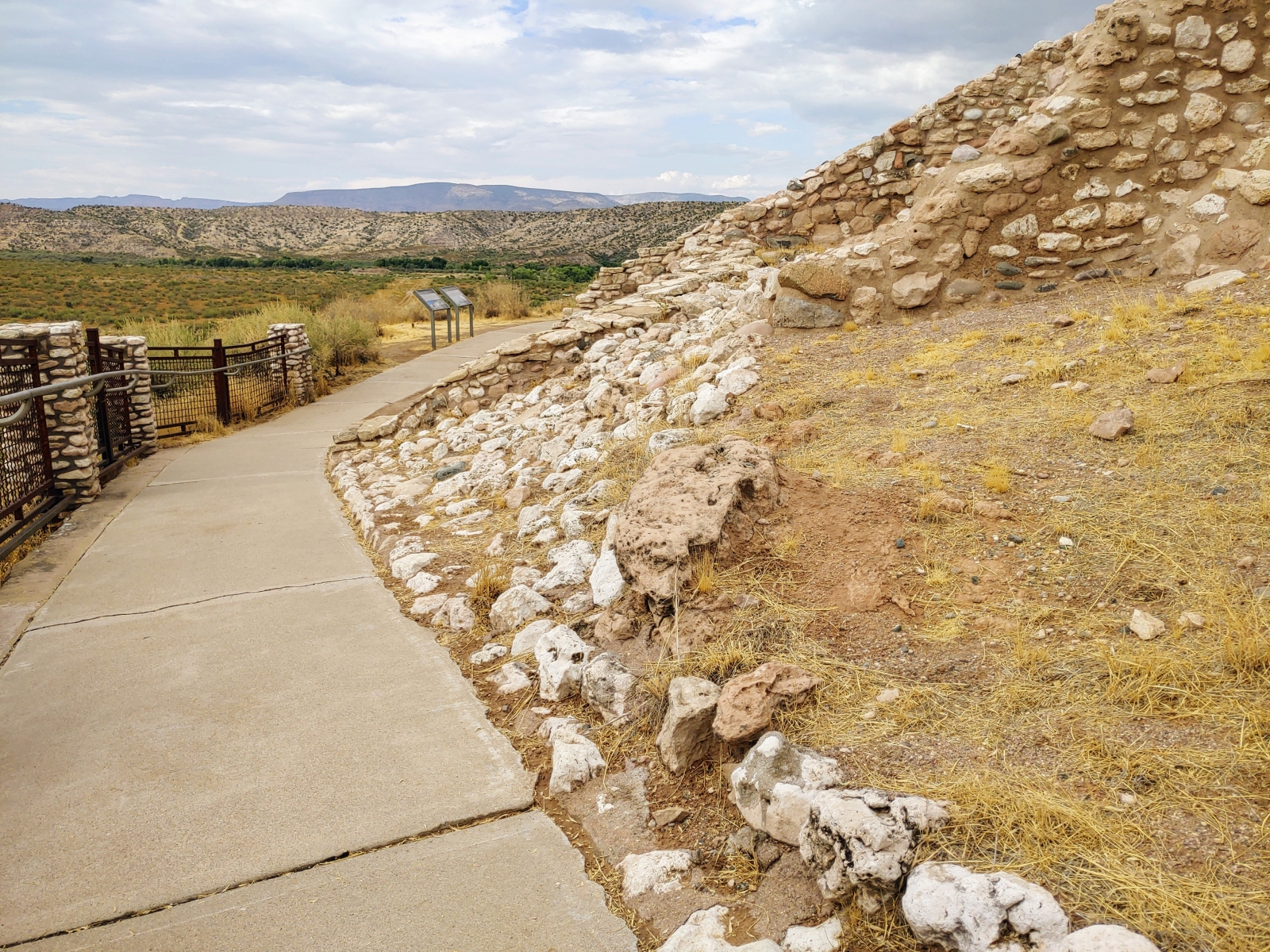
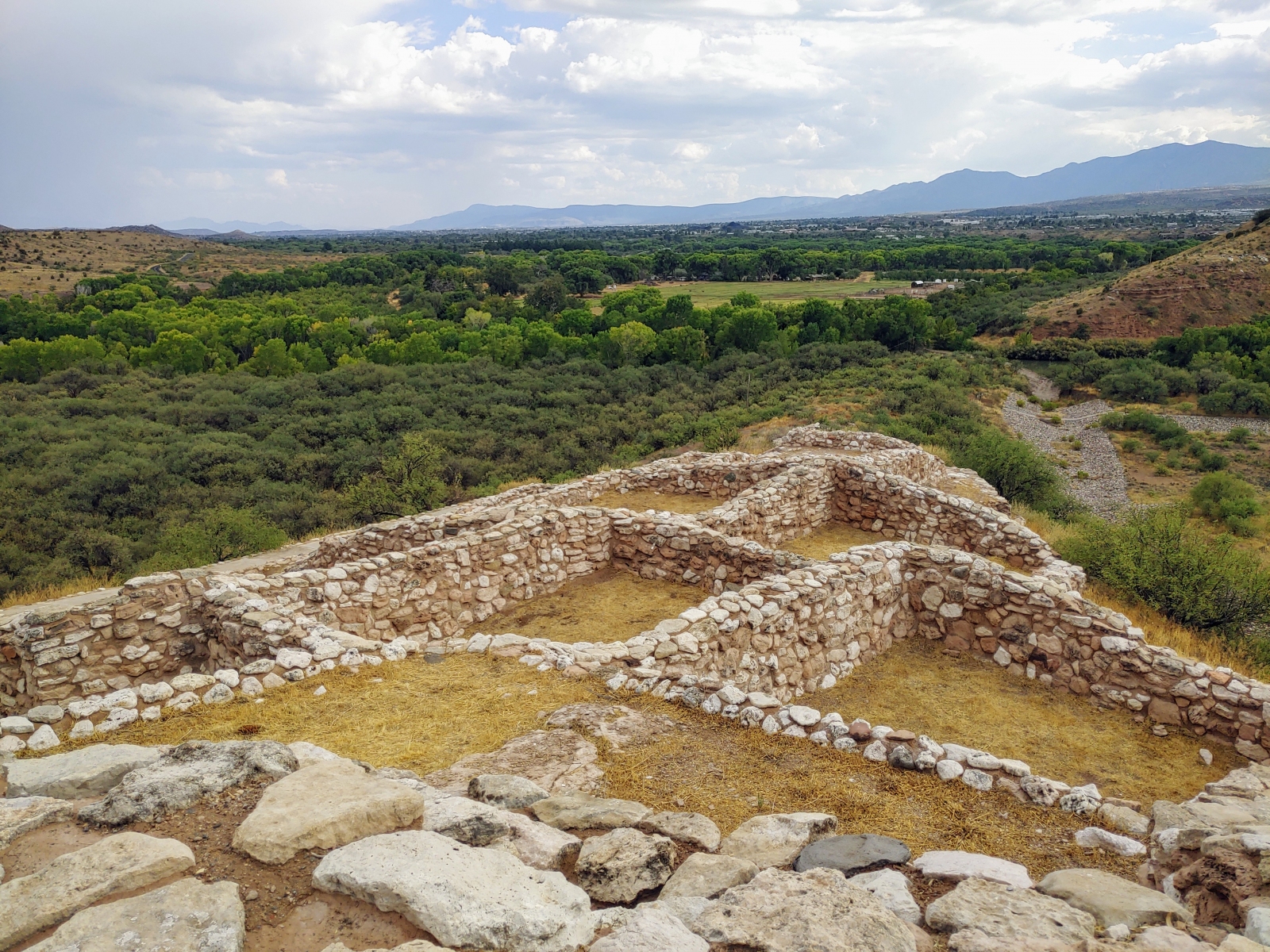
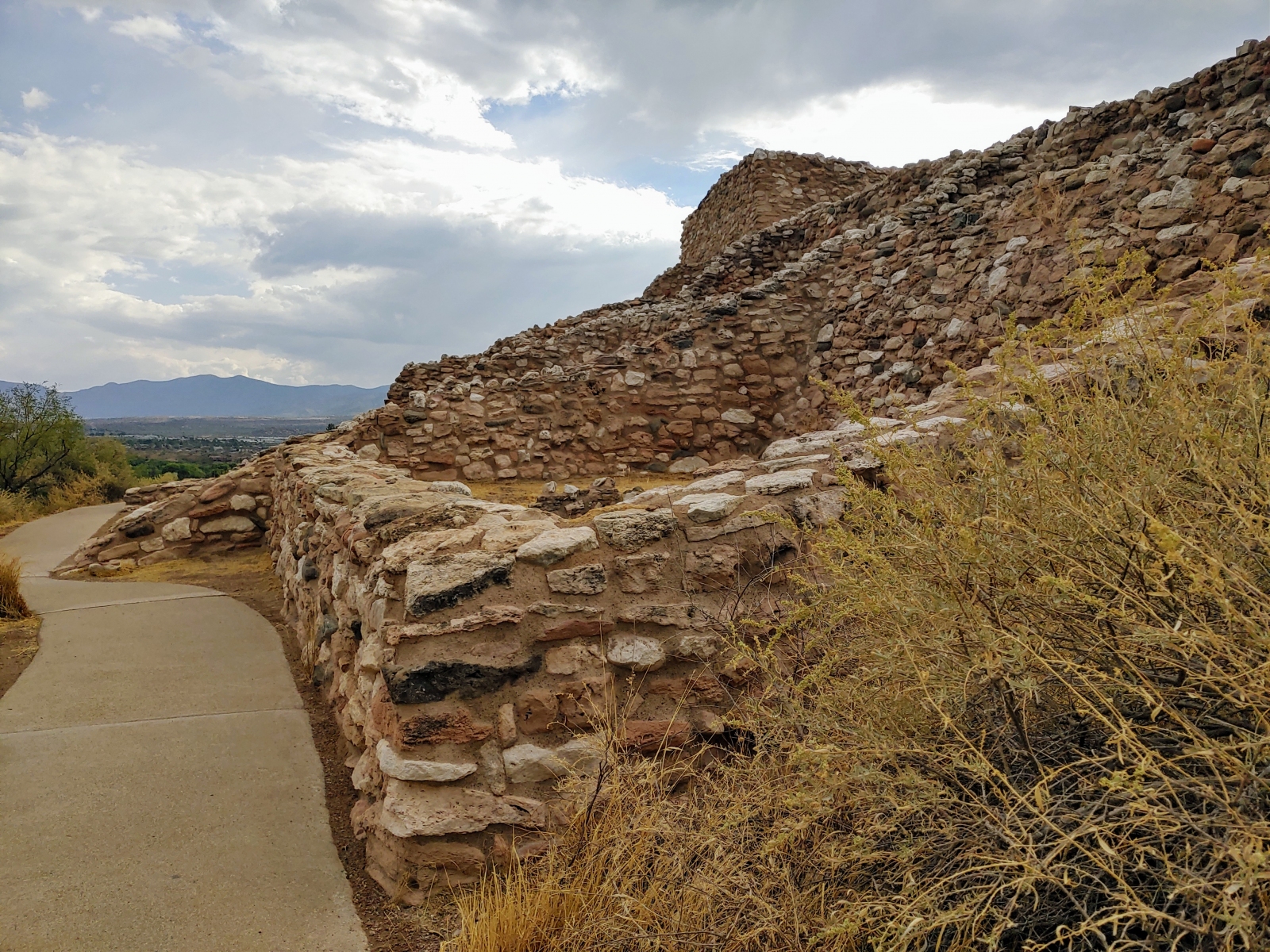
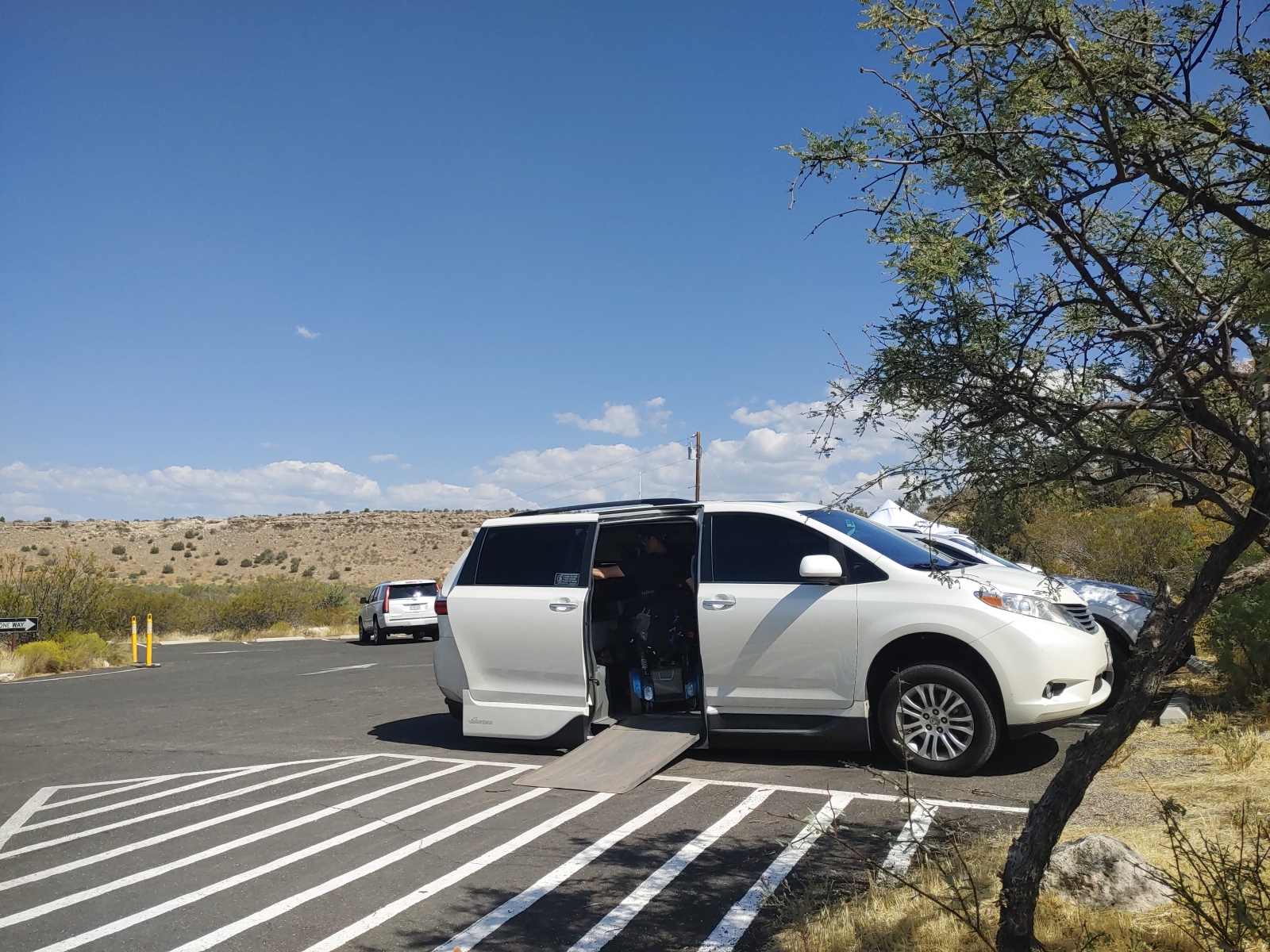
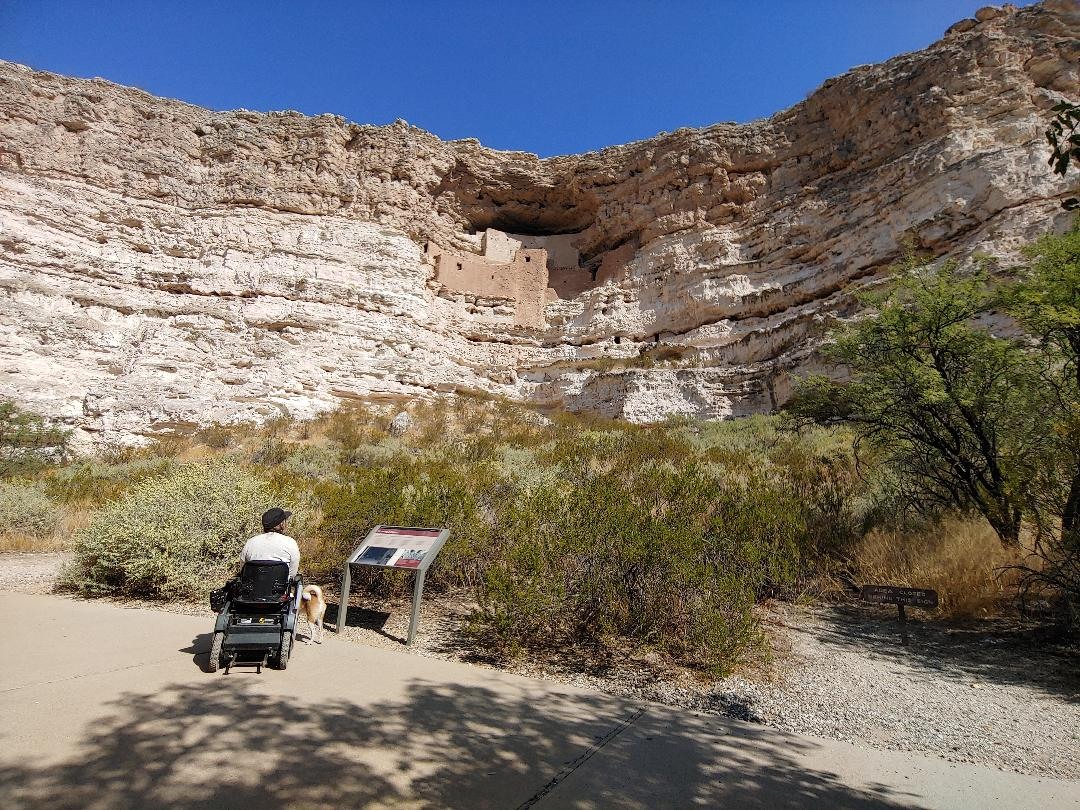
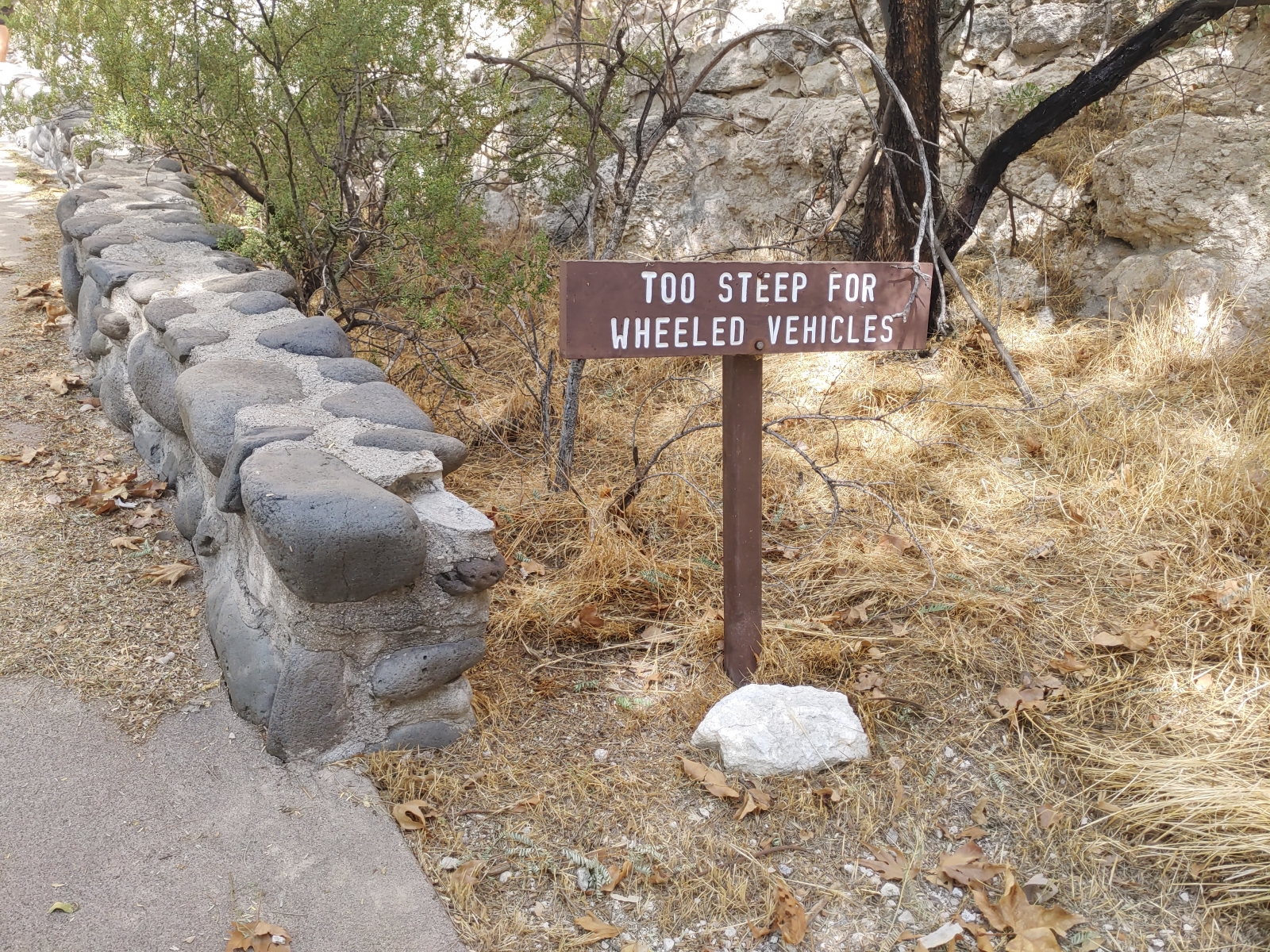
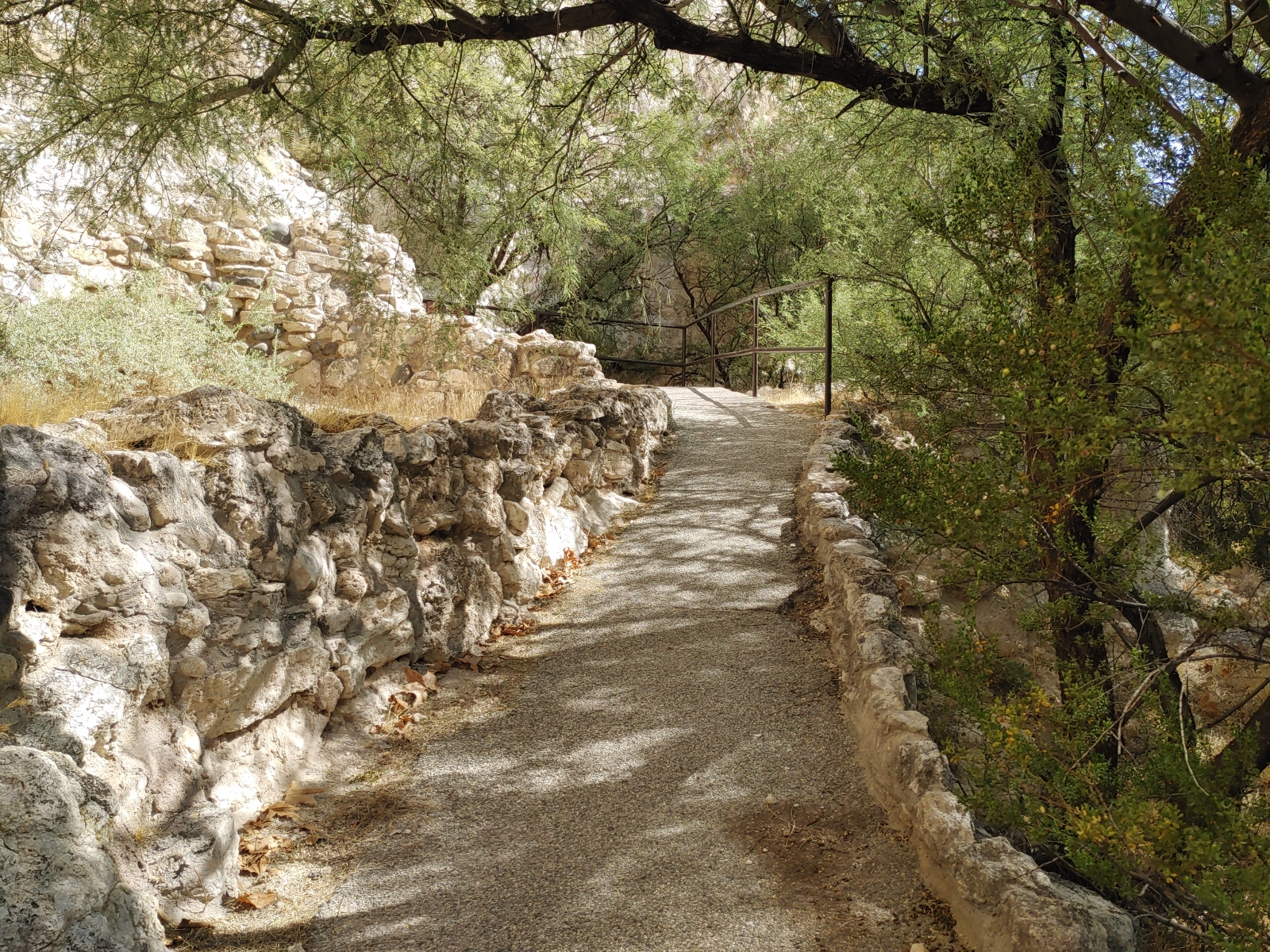
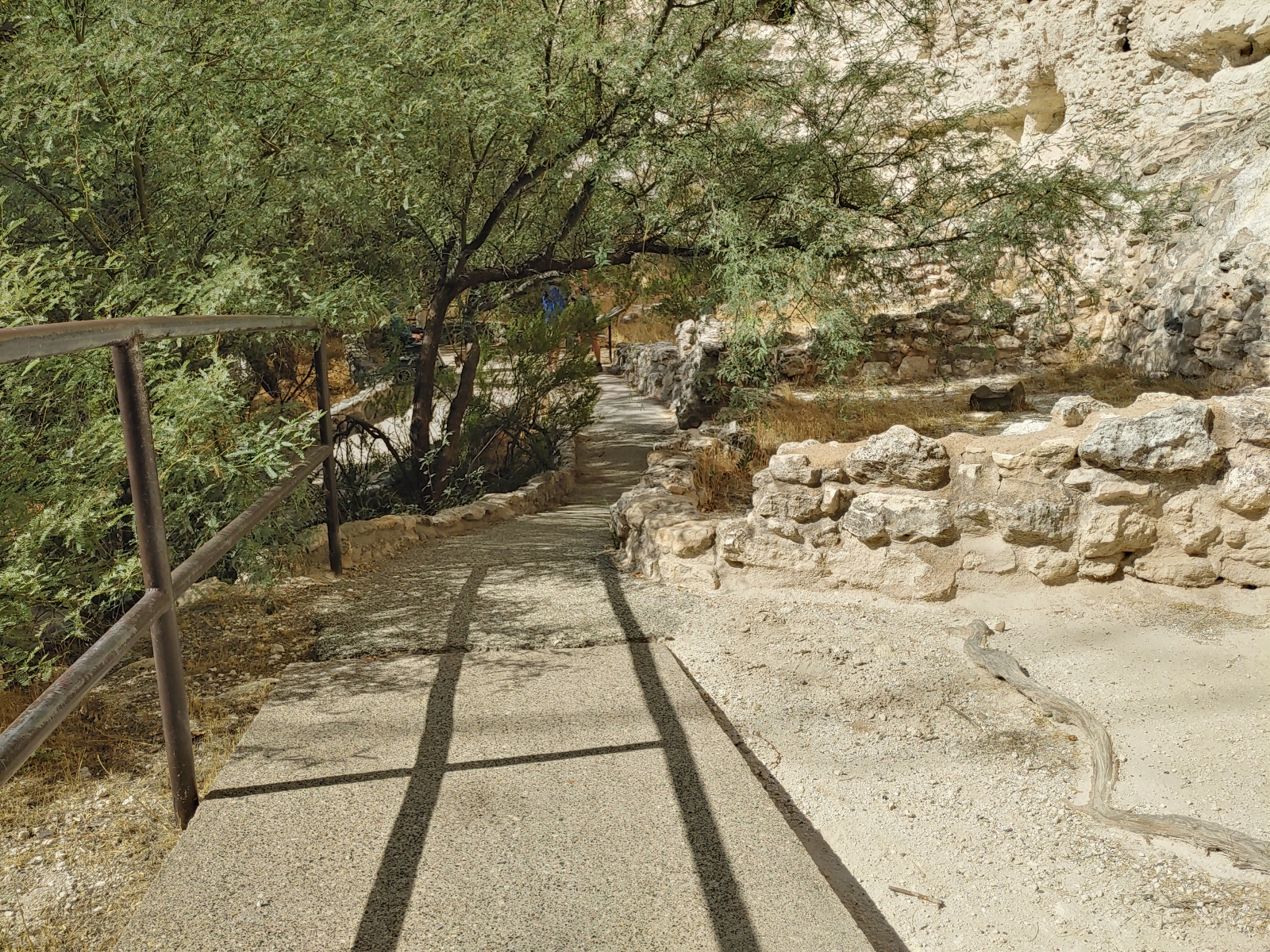
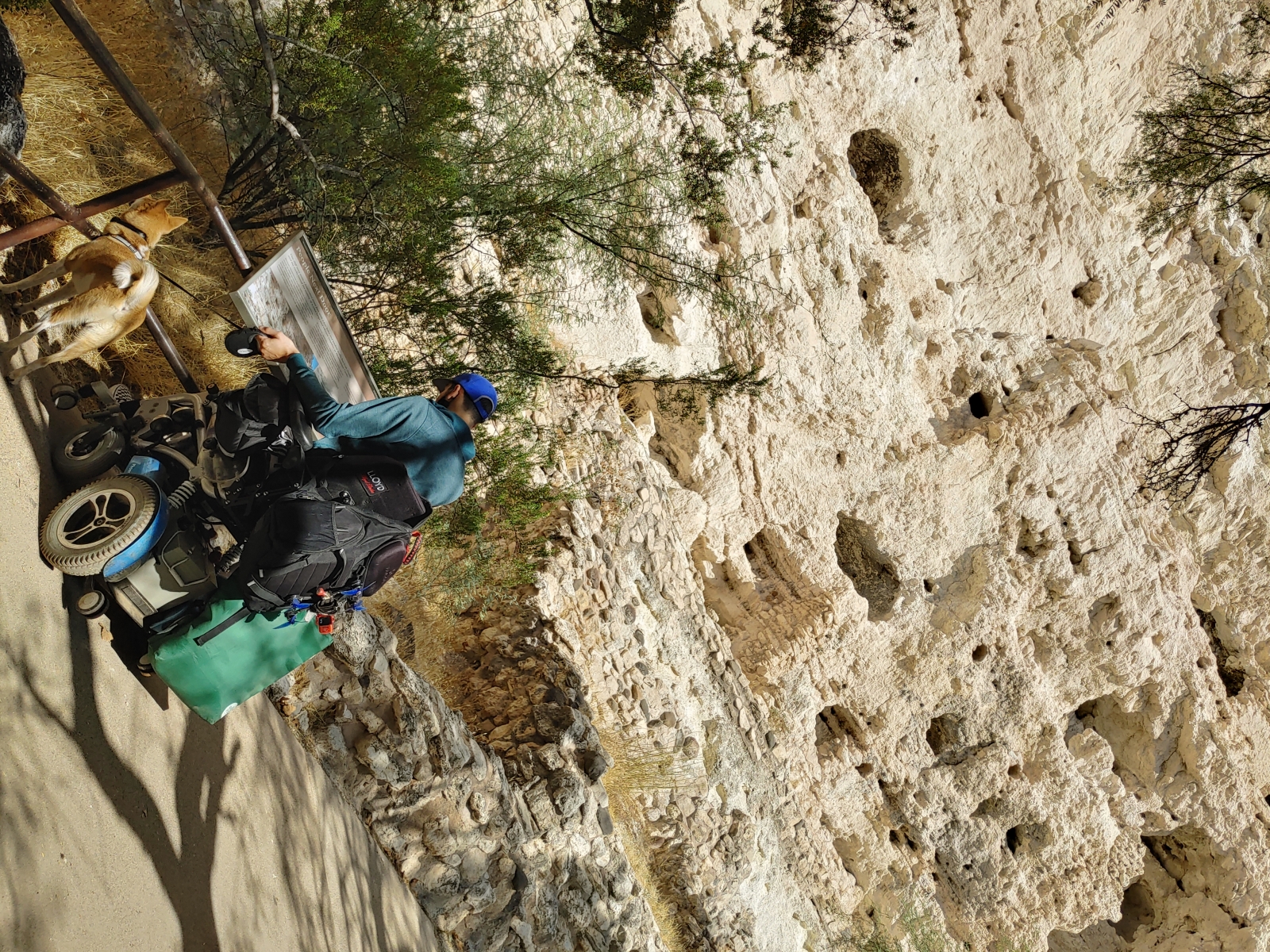
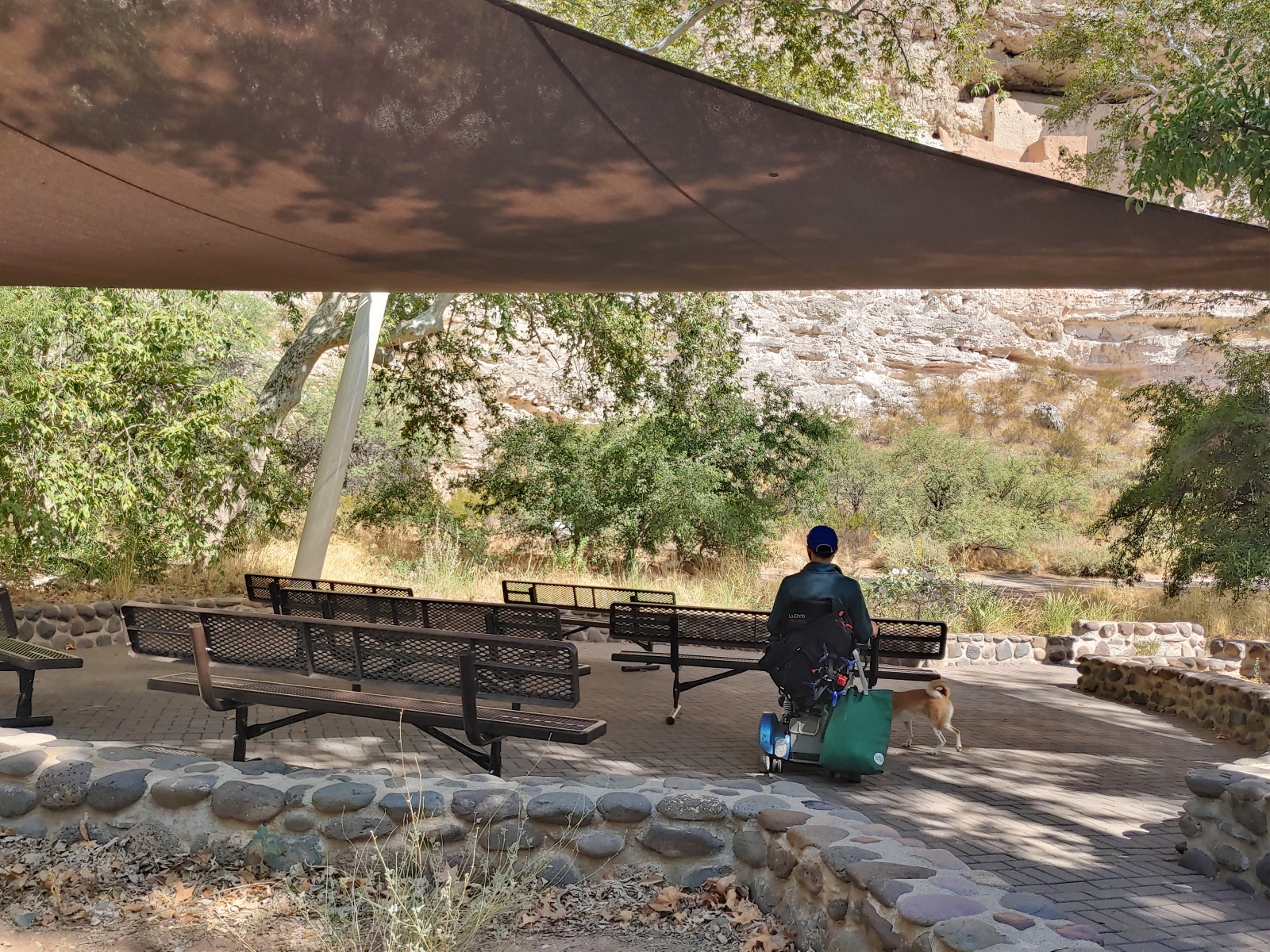
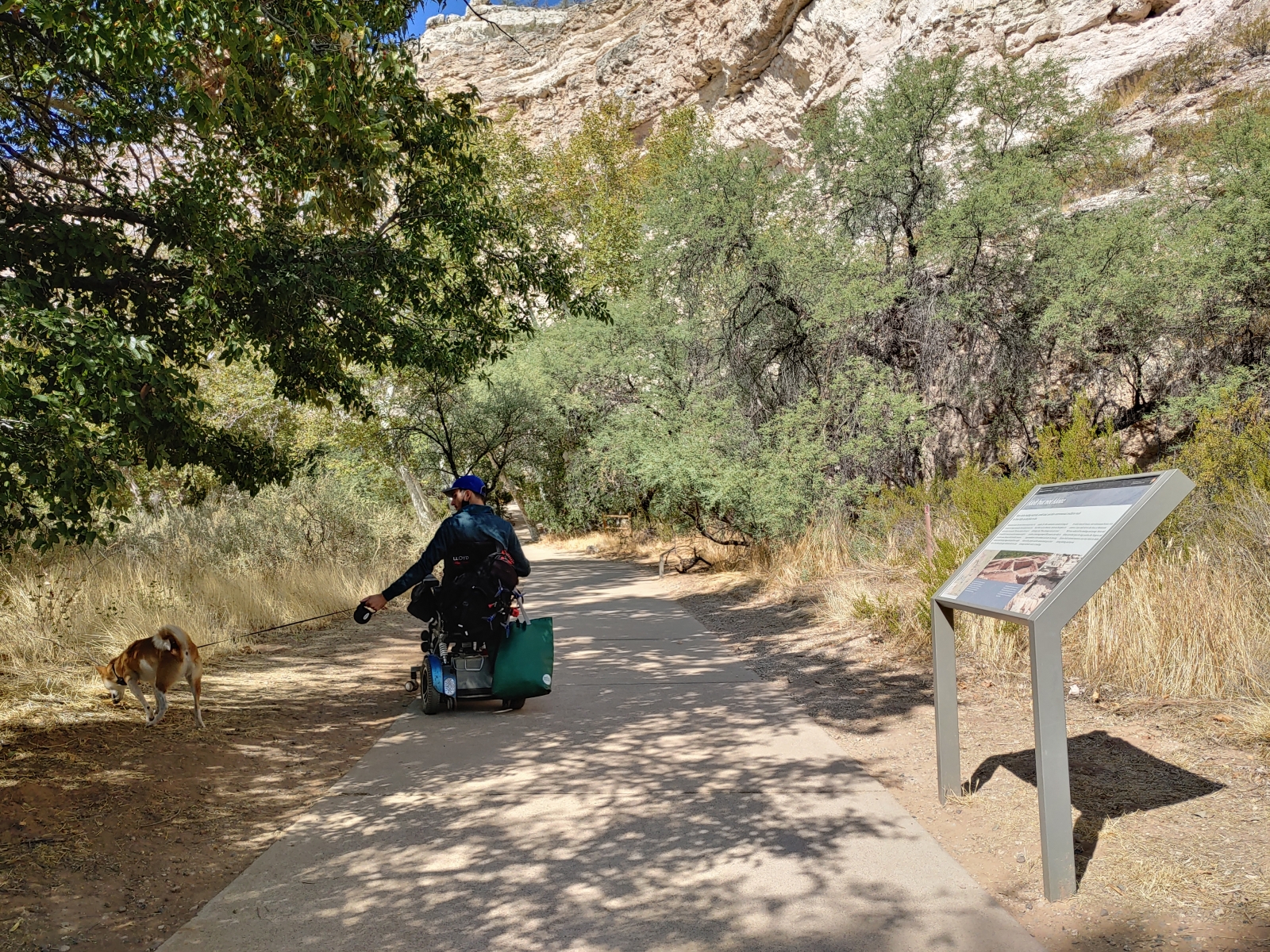
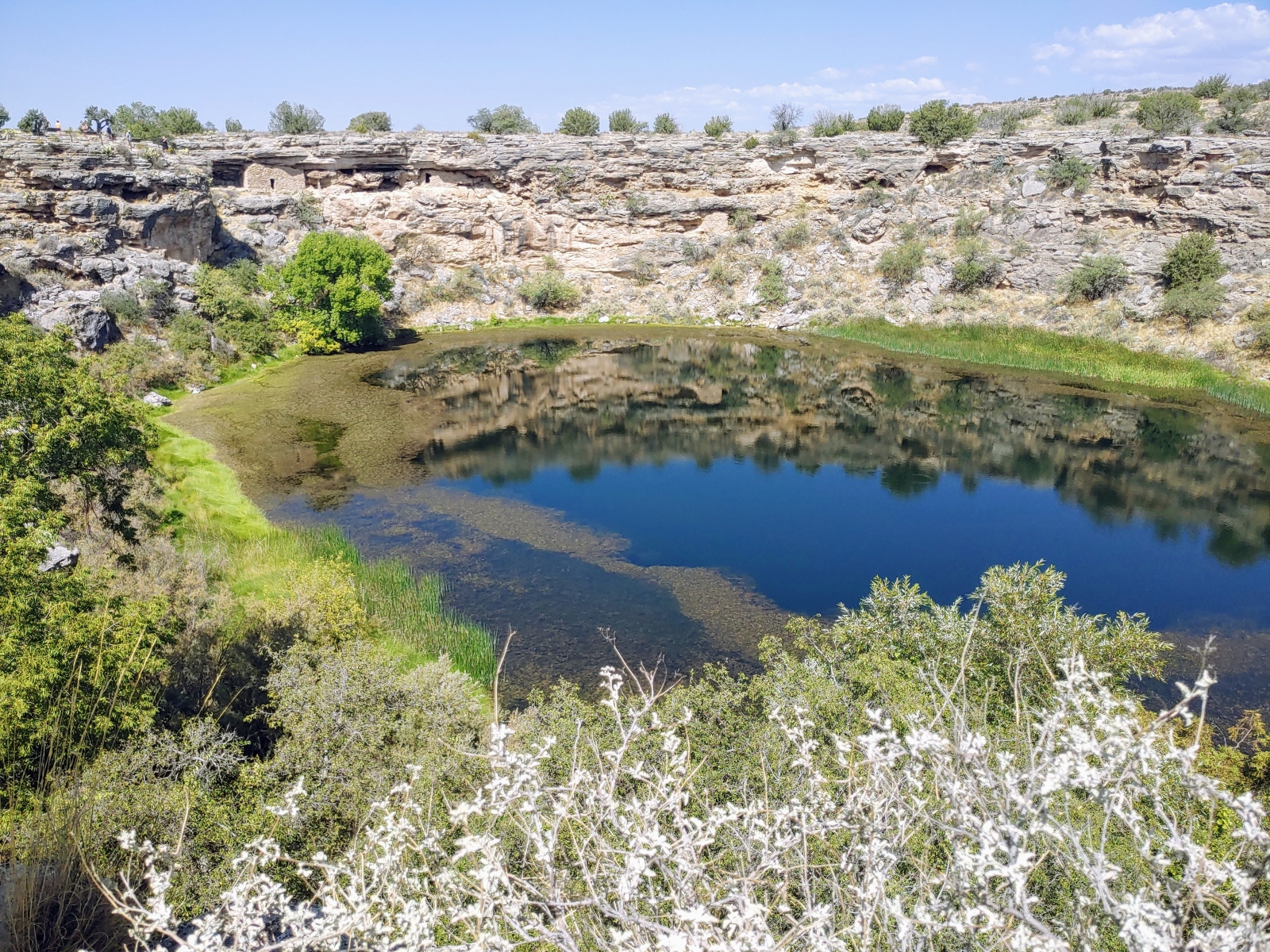
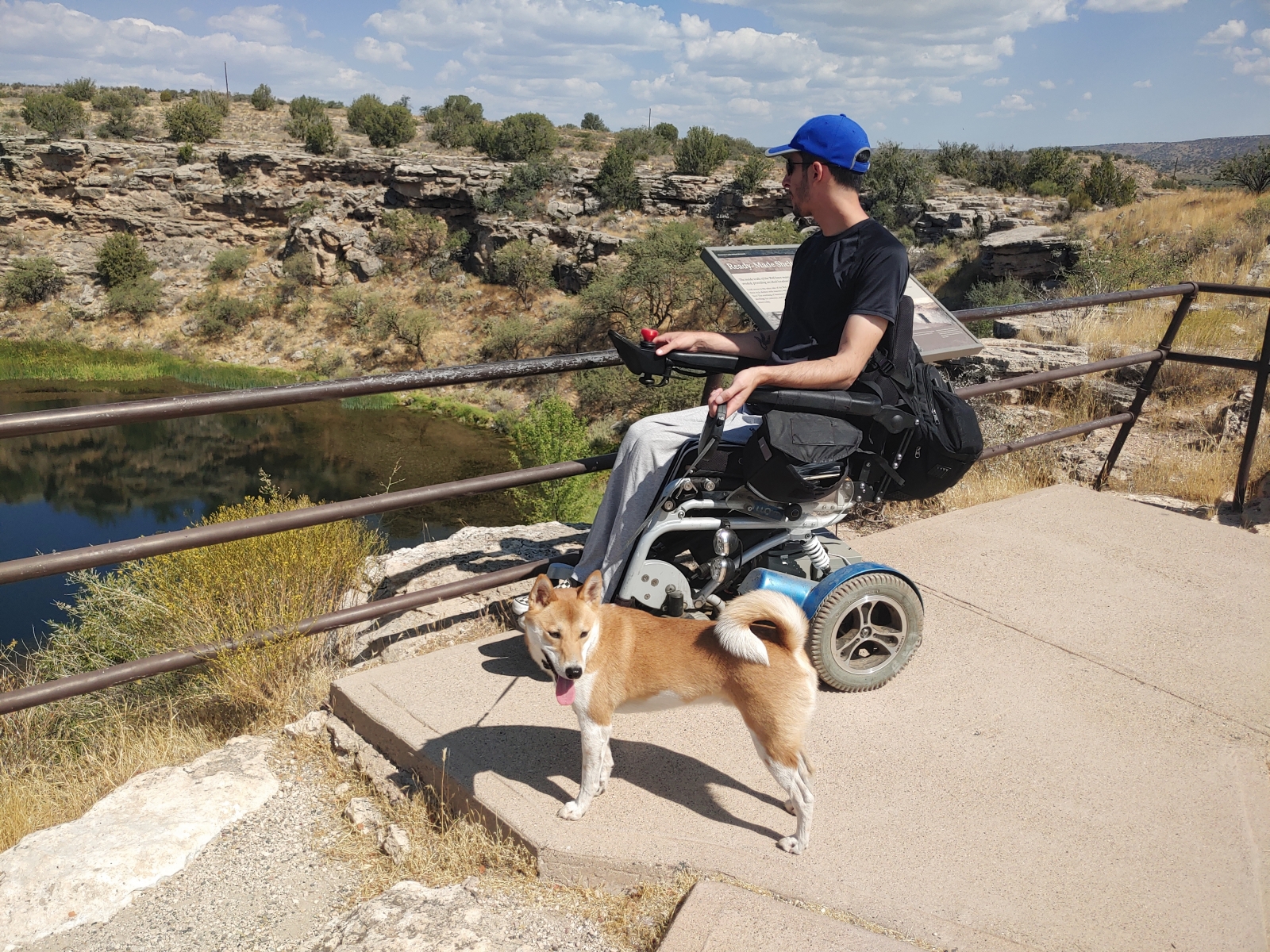
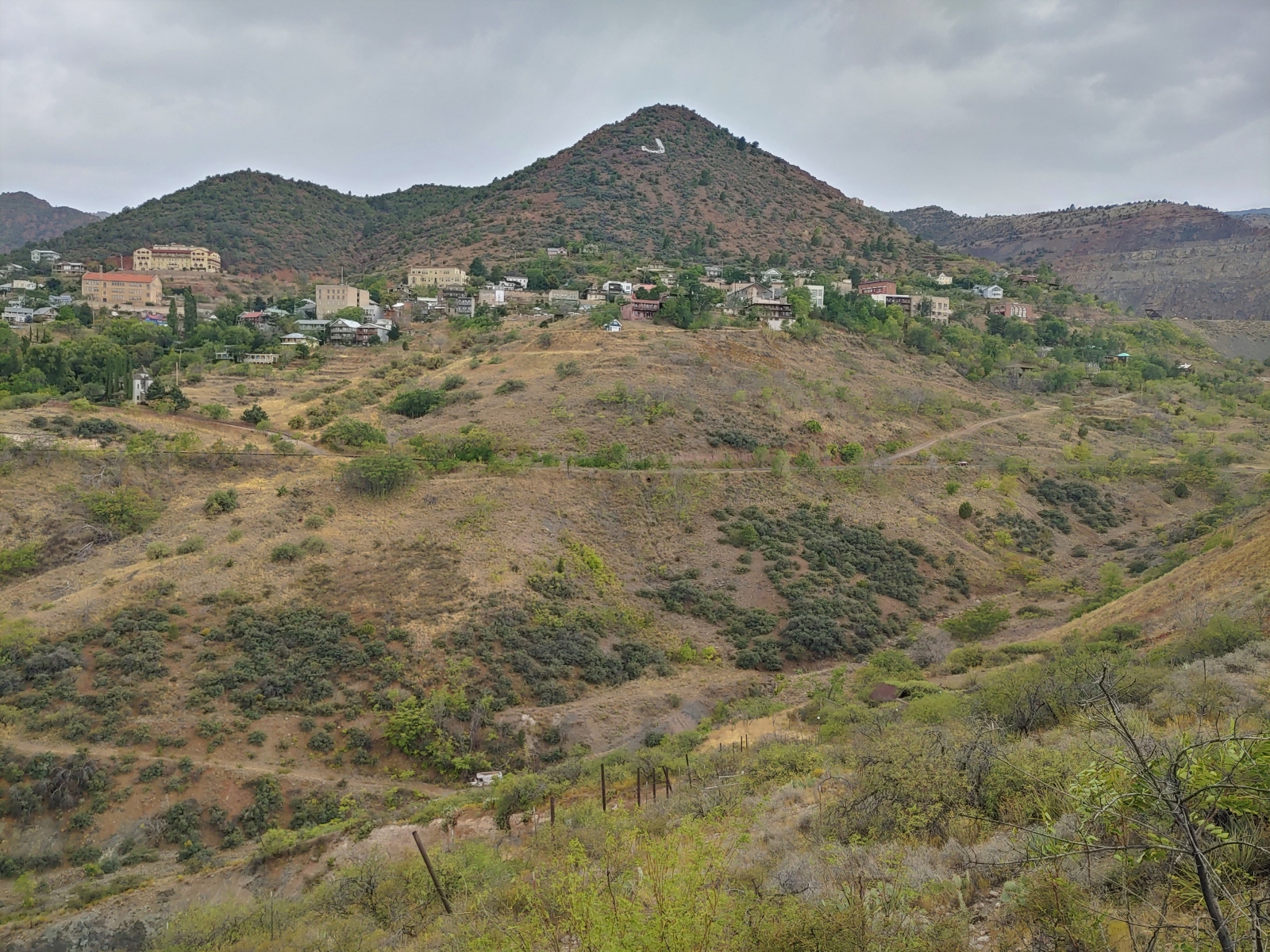
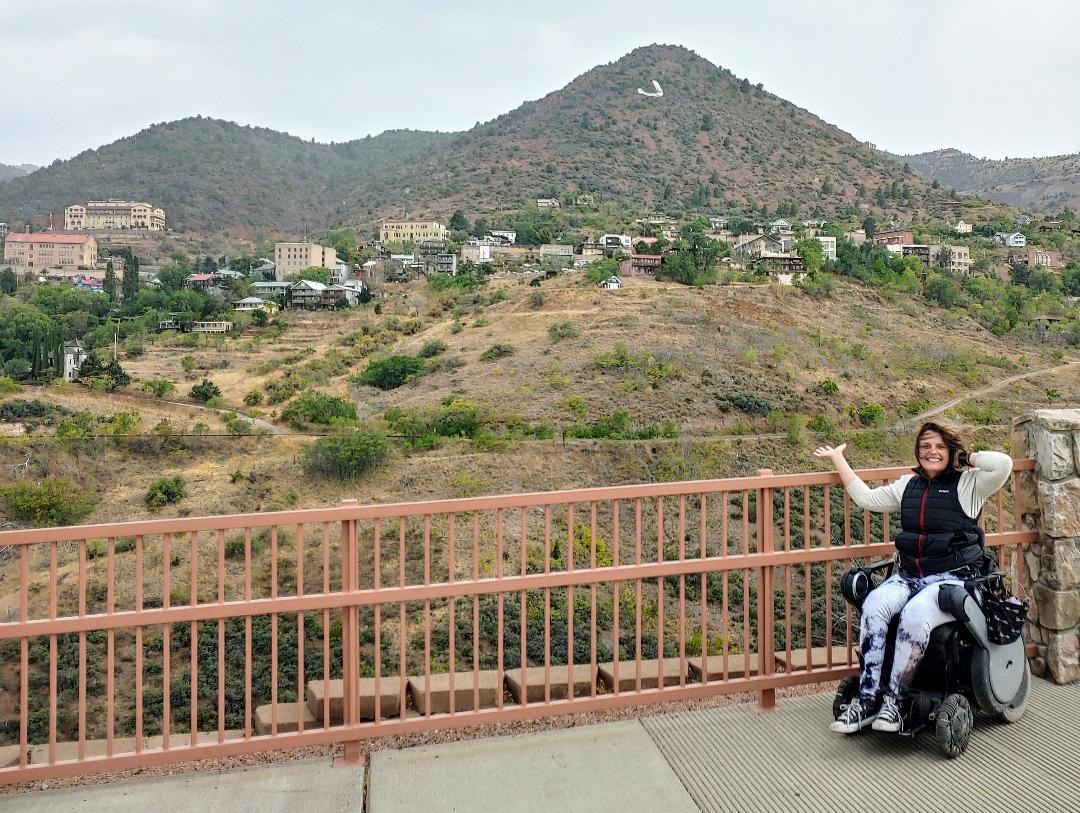
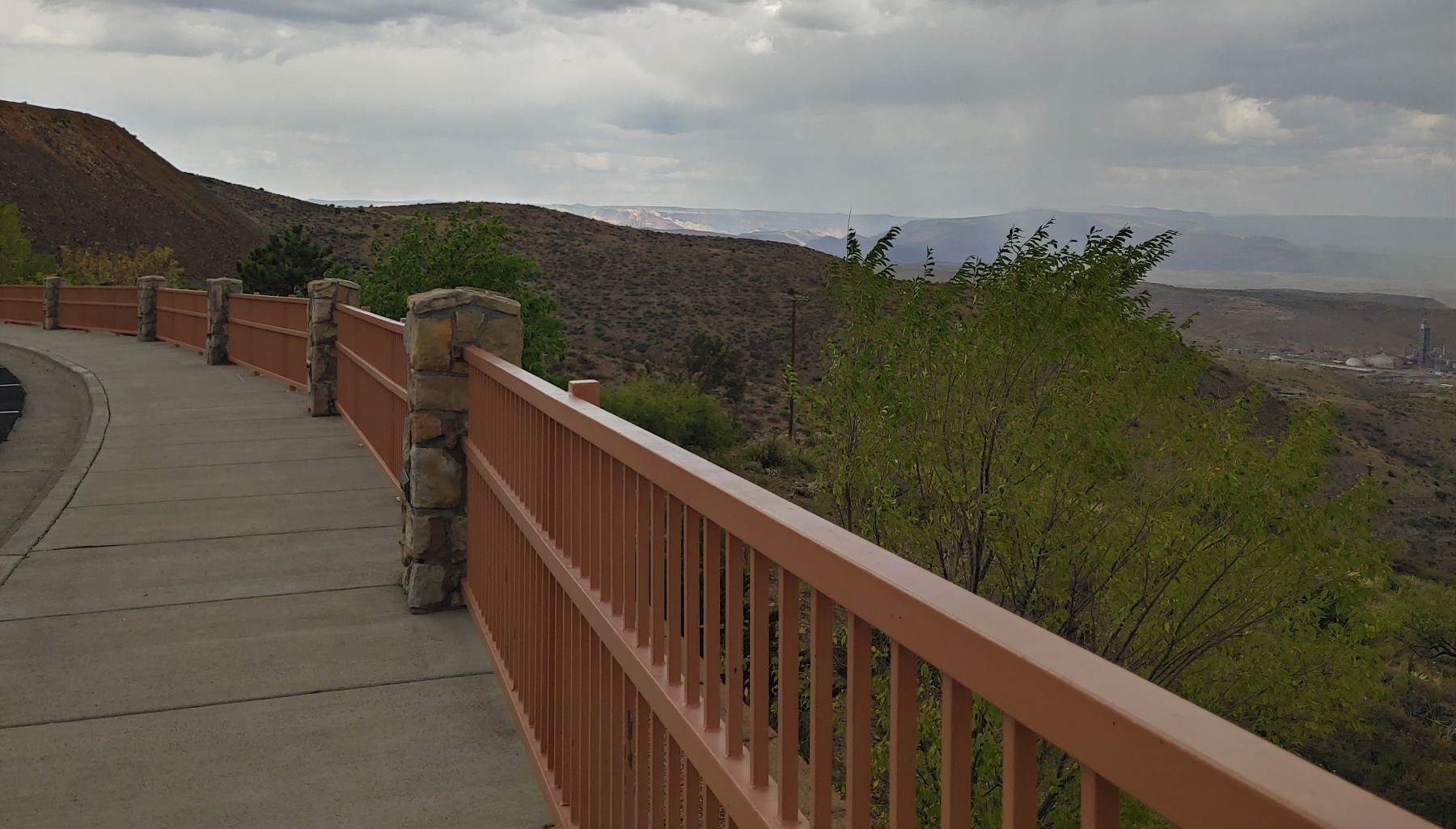
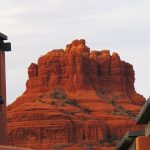
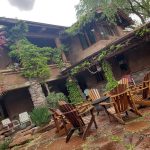
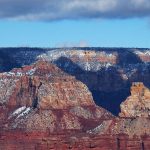
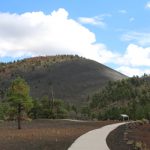
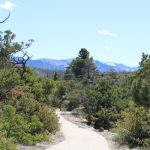
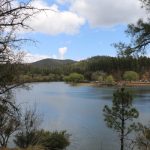
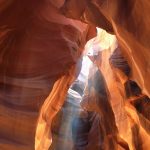
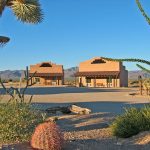
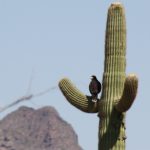
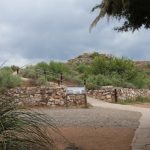

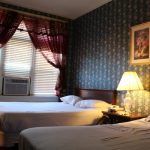
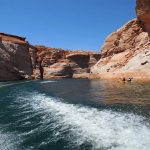



Legit so helpful! Headed there in a few weeks with my wheels. Saving your notes, thanks so much!
Thank you for putting this together. I just asked about reserving a wheelchair accessible spot on the red-rock-trolley tour and was informed that they do not have any vehicles that are accessible, even though they have a recent model van/bus pictured on their website. I am quite disappointed because I was hoping to take my son on one of the tours.
The Red-Rock-Trolley has an accessible van/bus on the website?! Please tell me more. Did you ask them about this vehicle? Let’s get to the bottom of this so we can help the next person. Thank you for bringing this up.